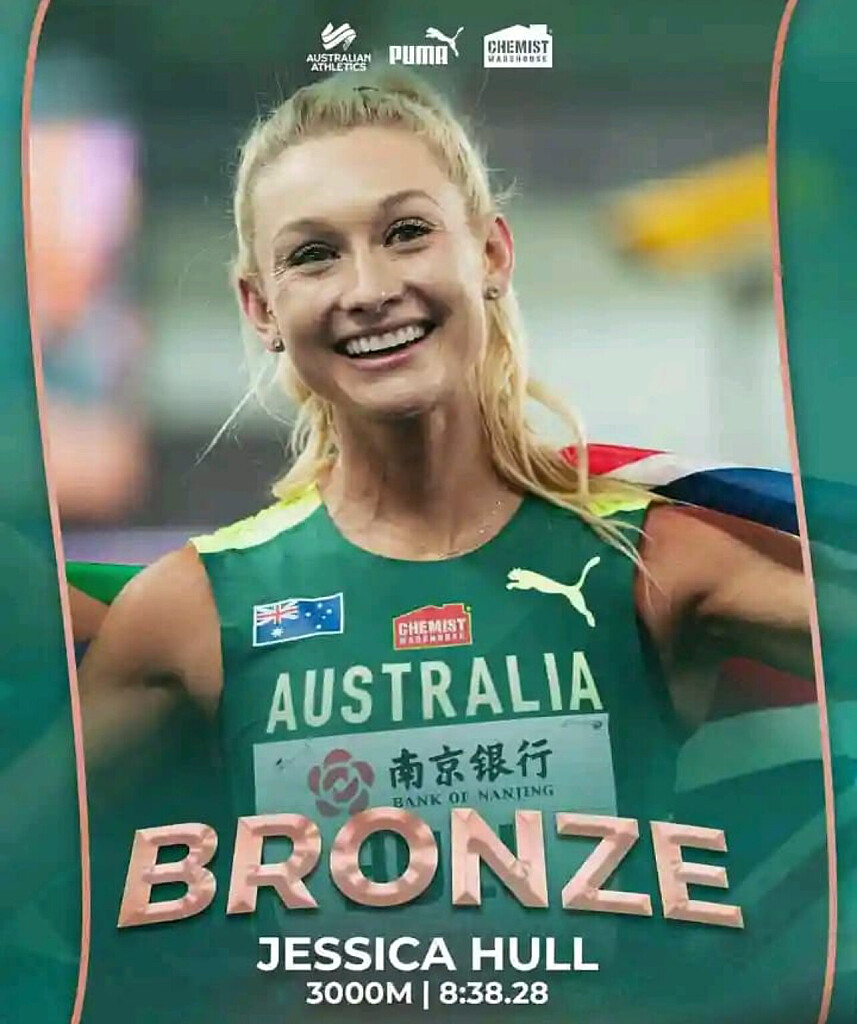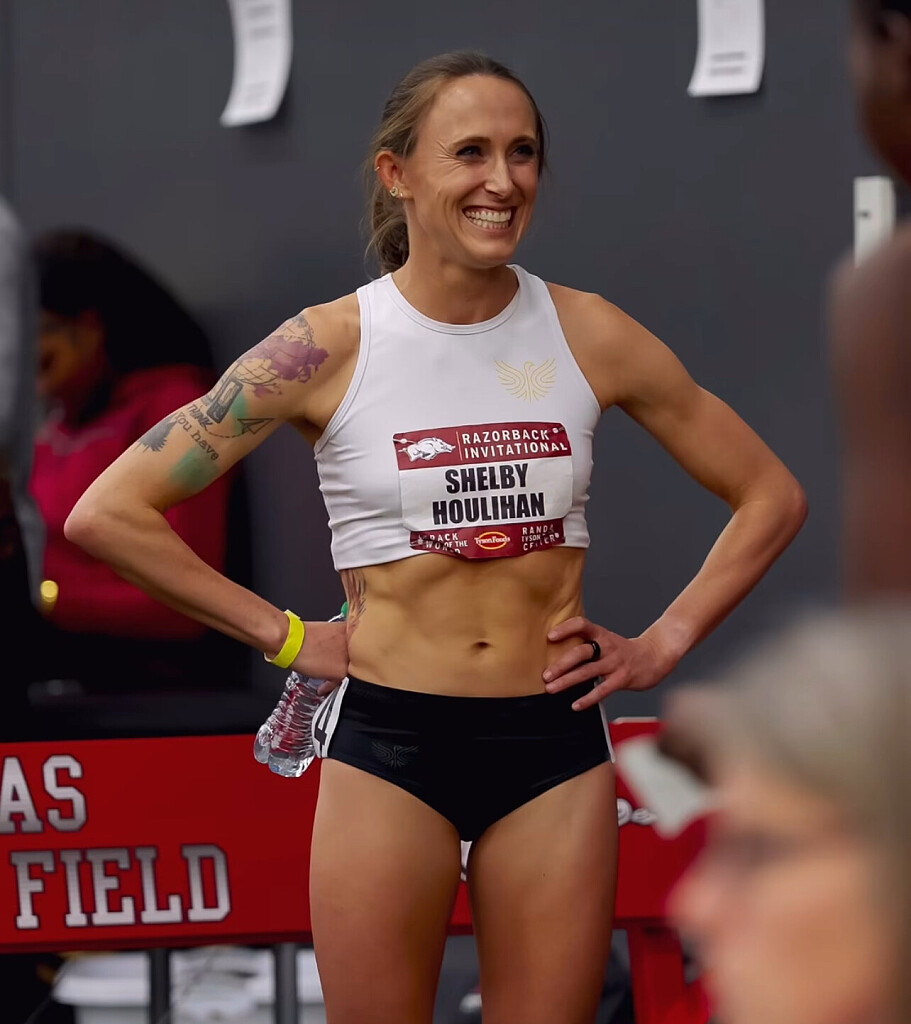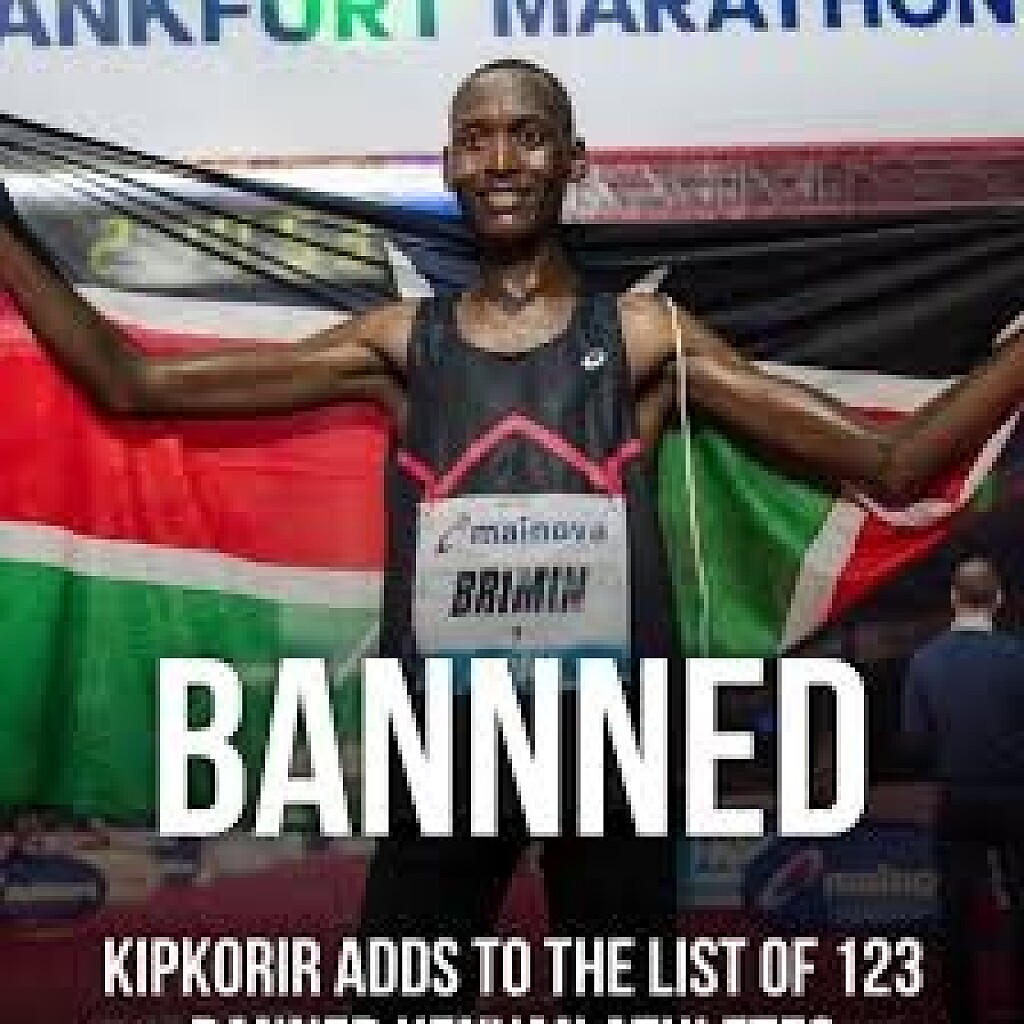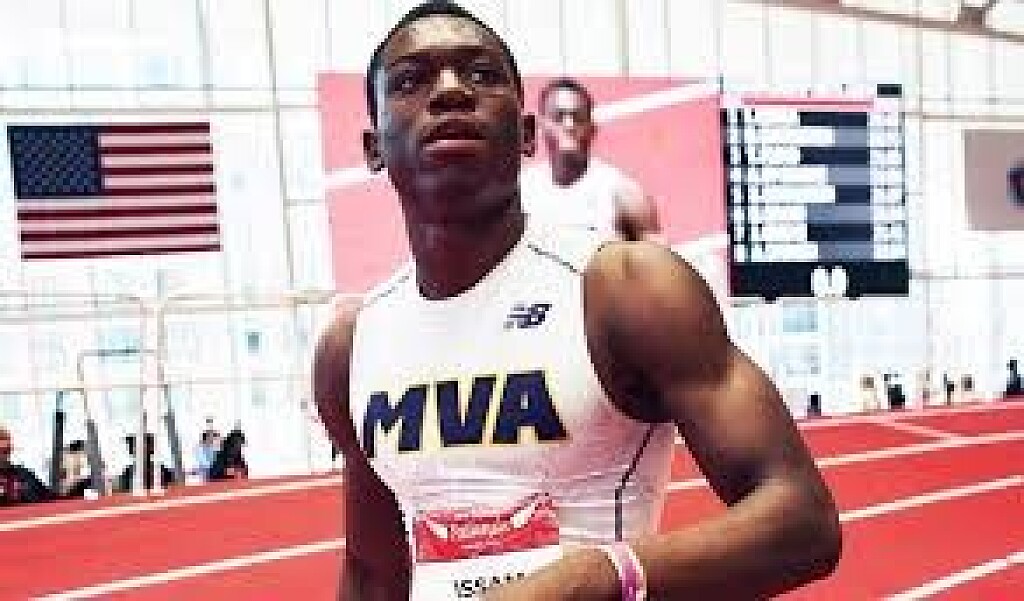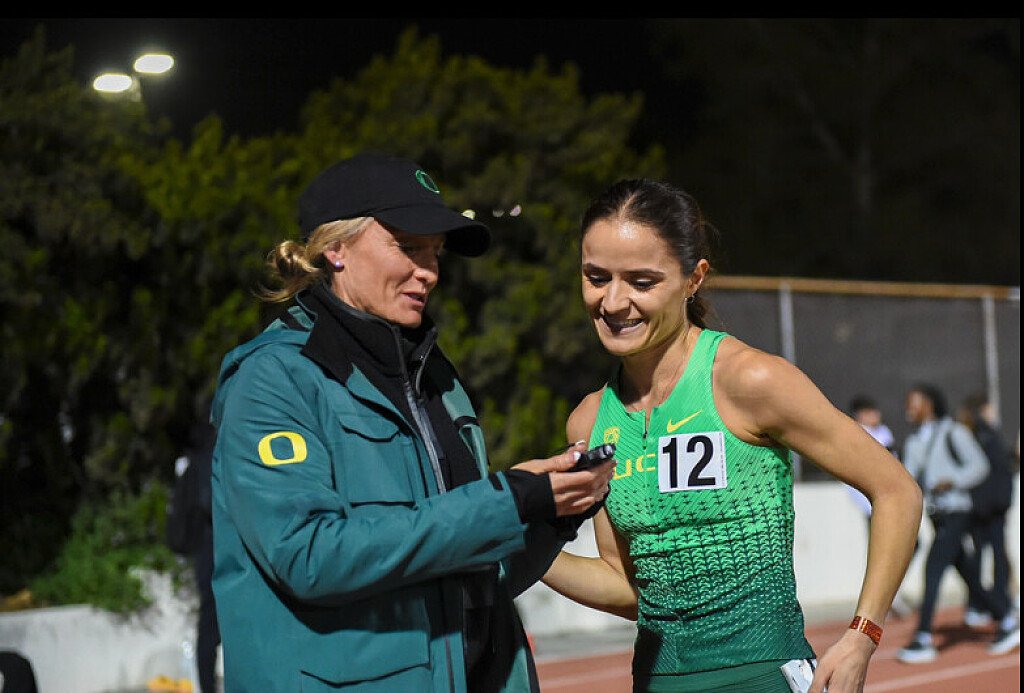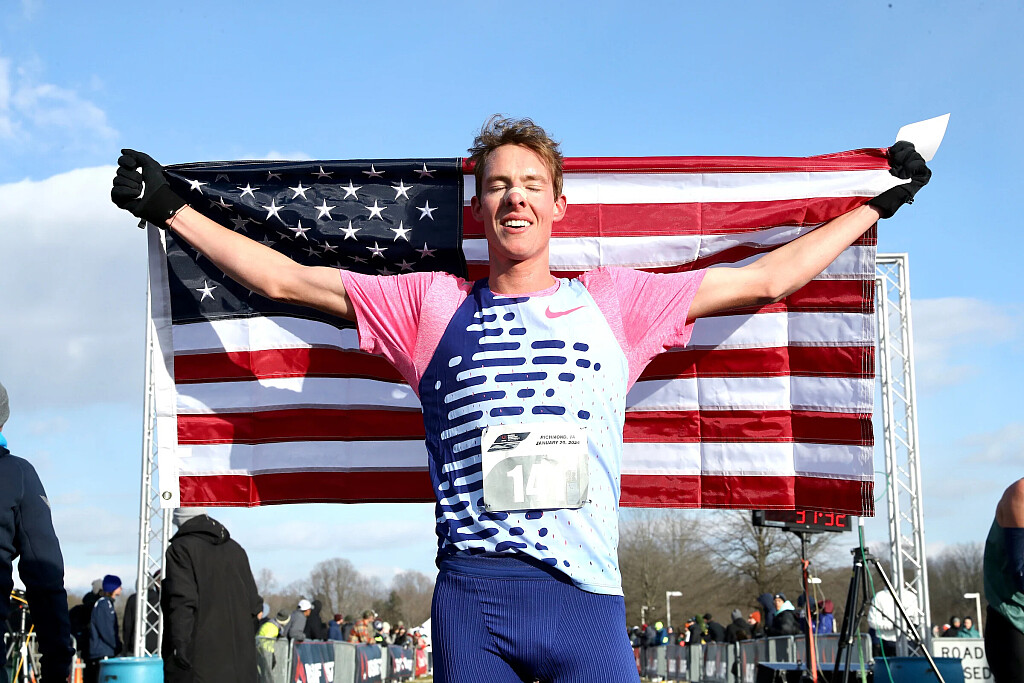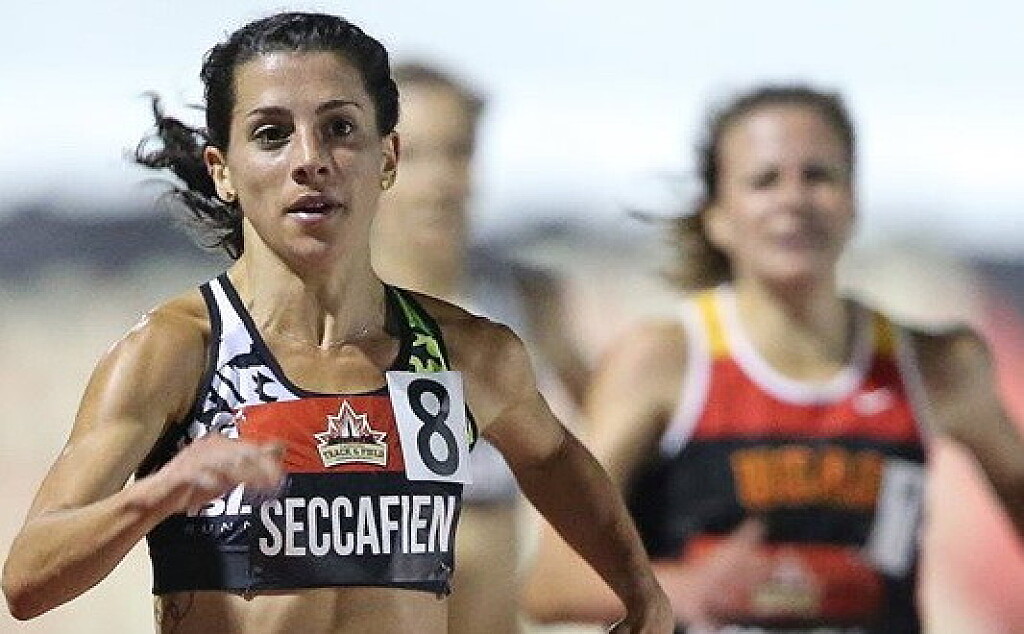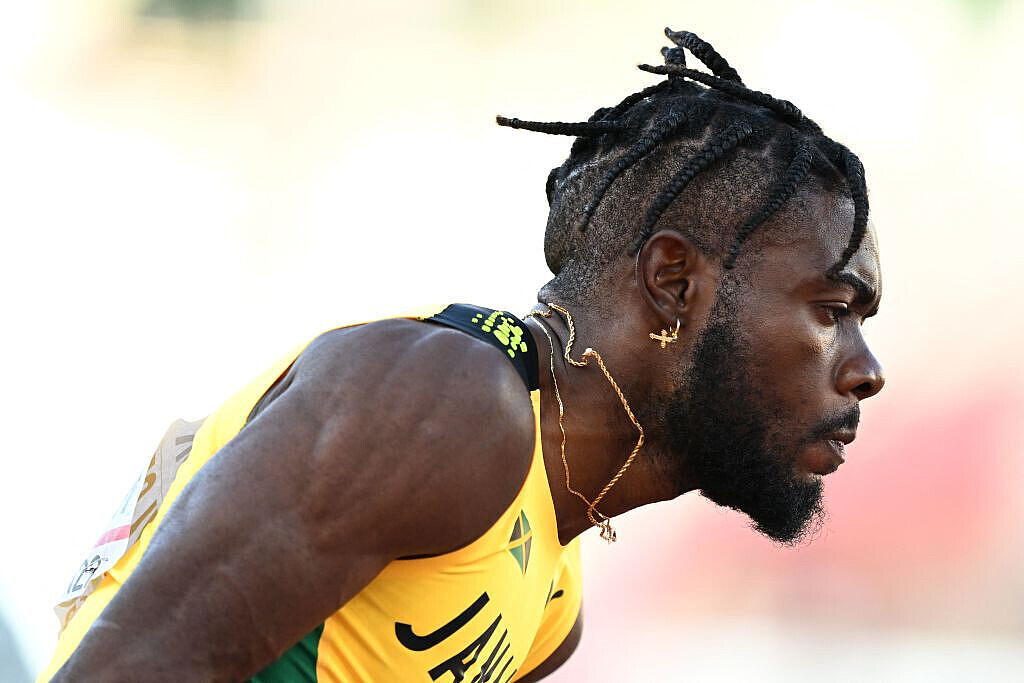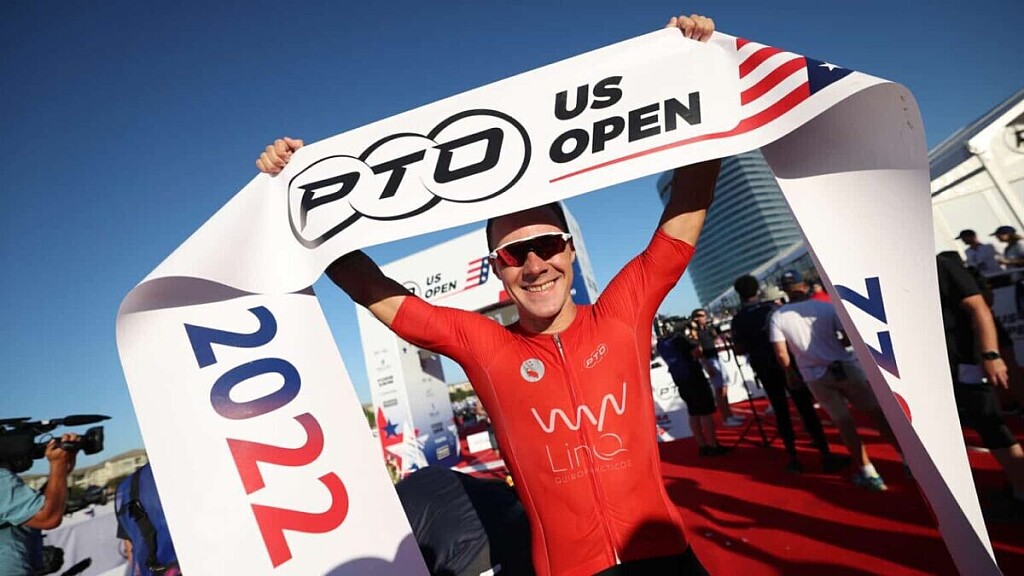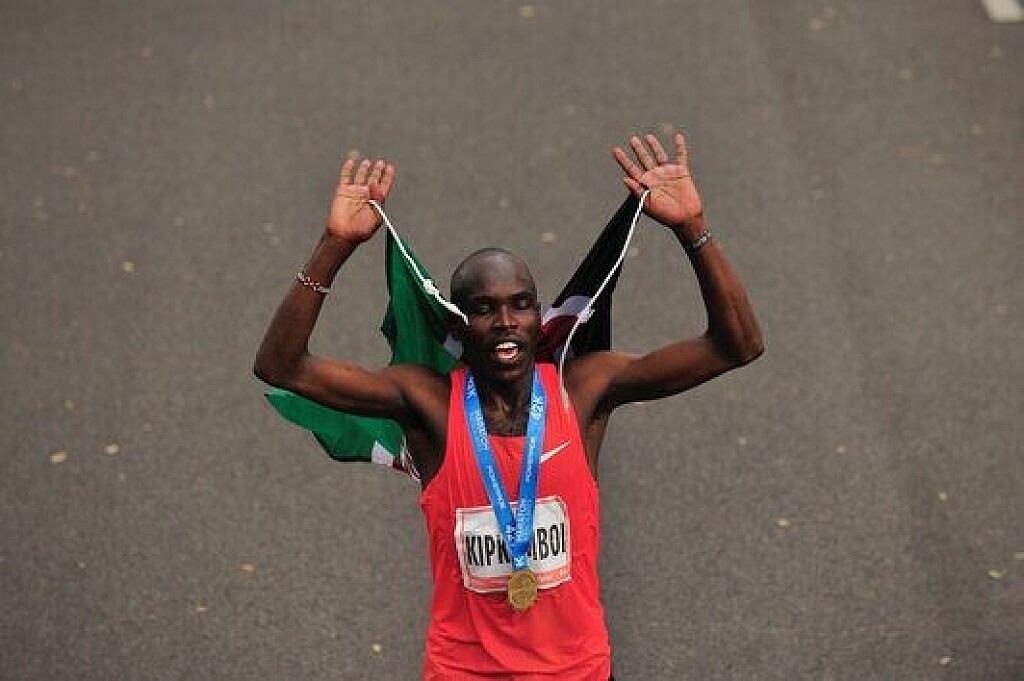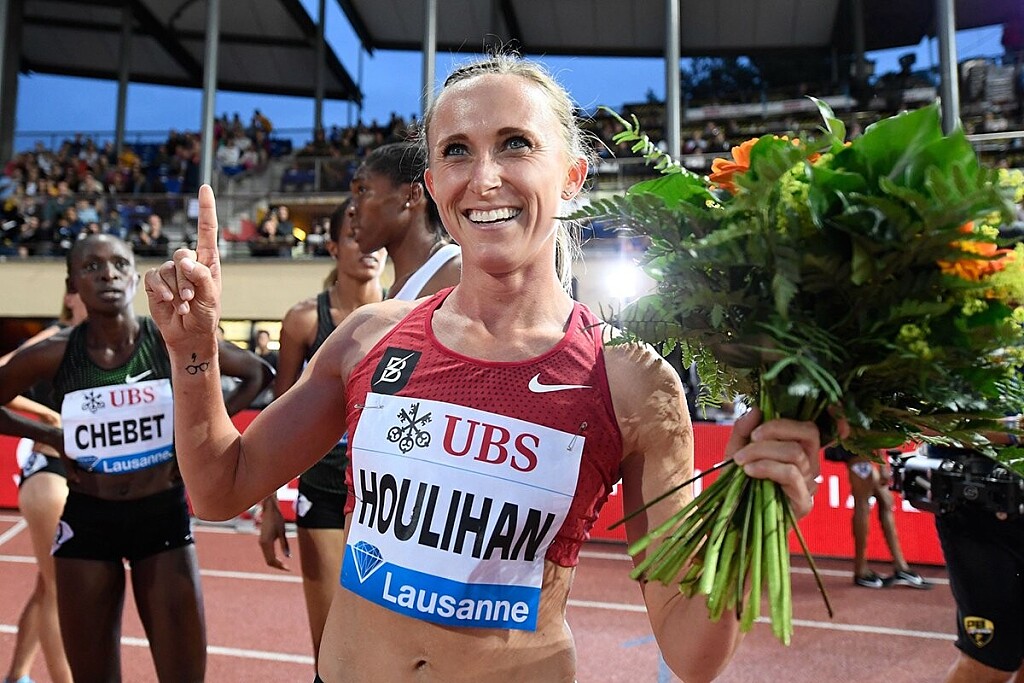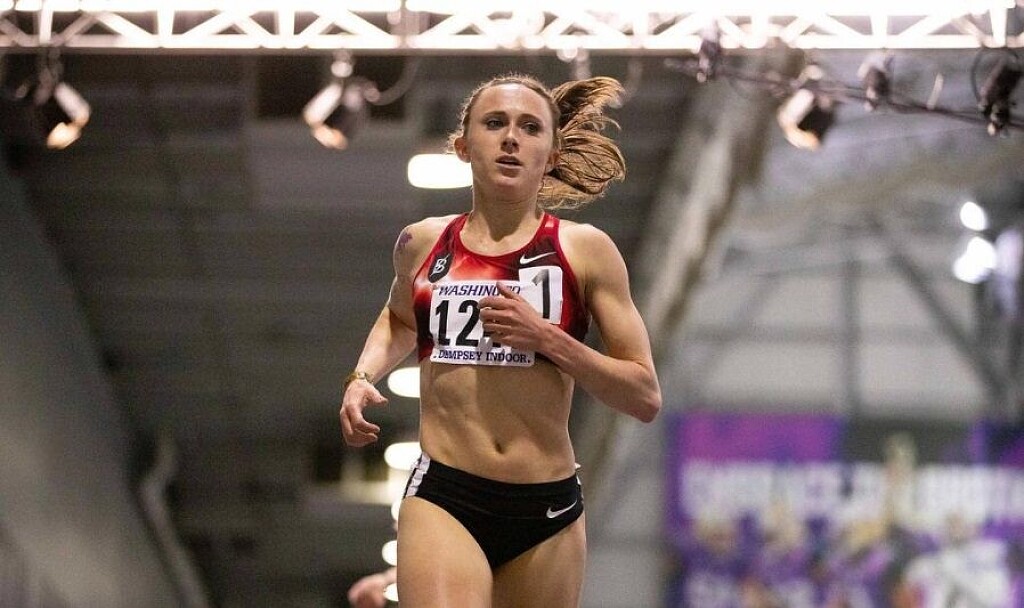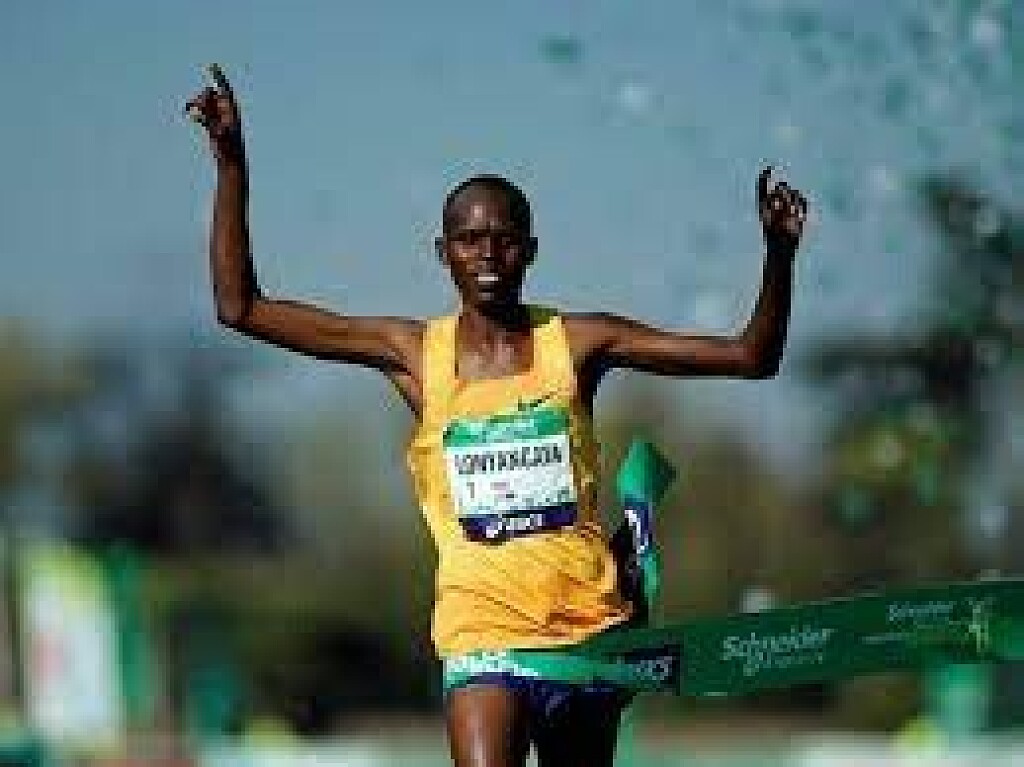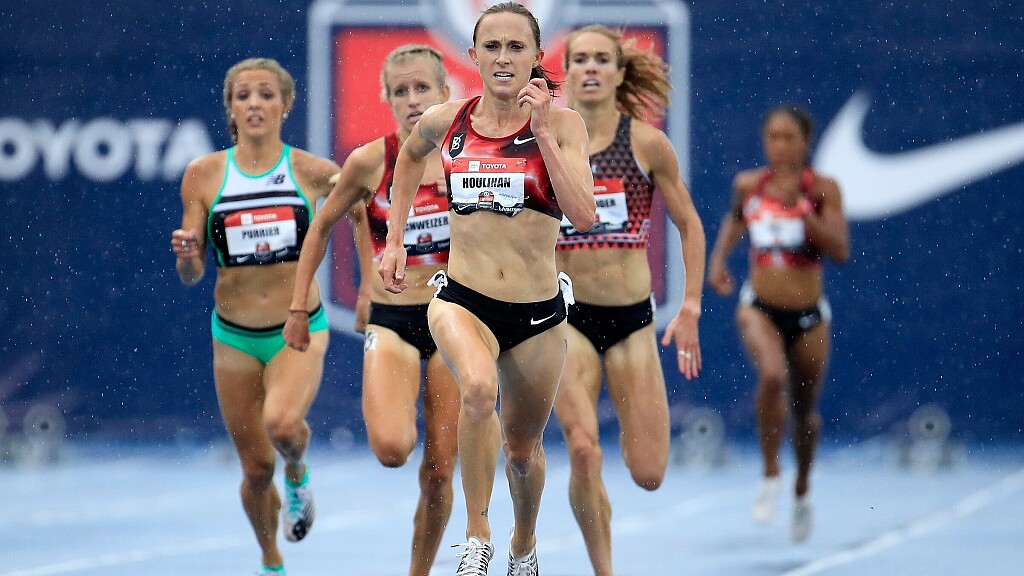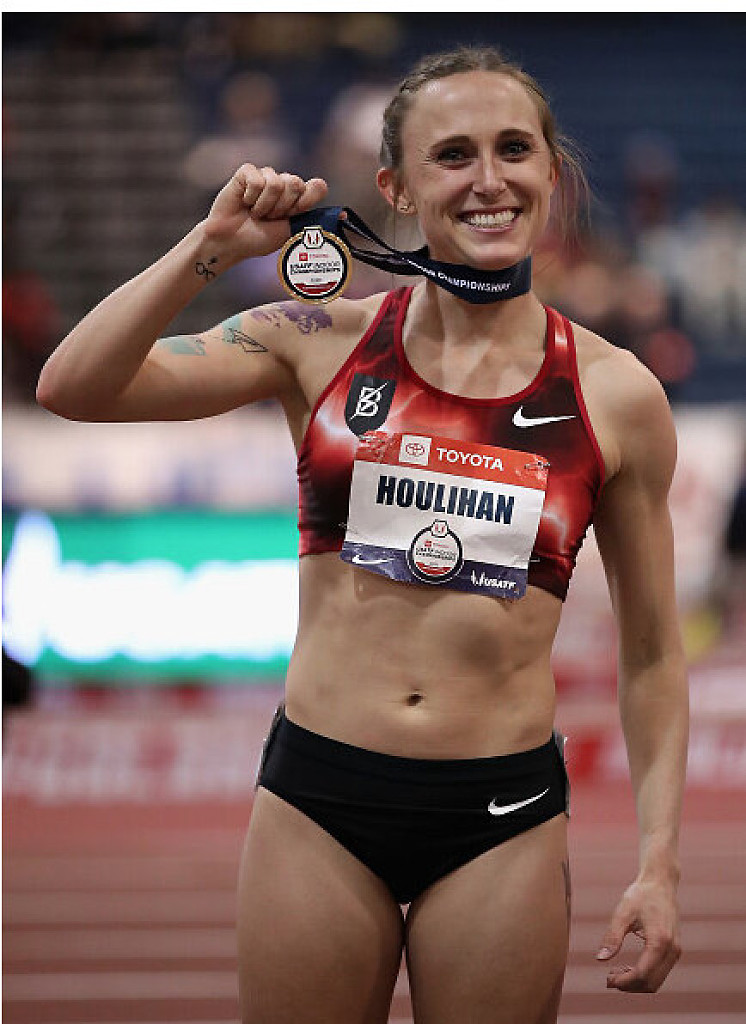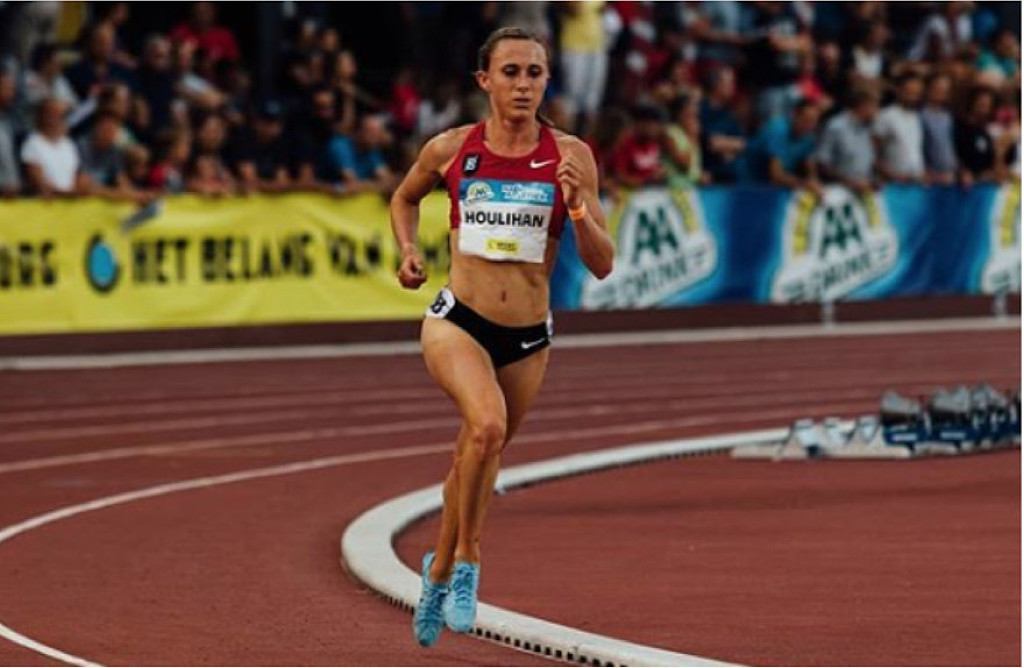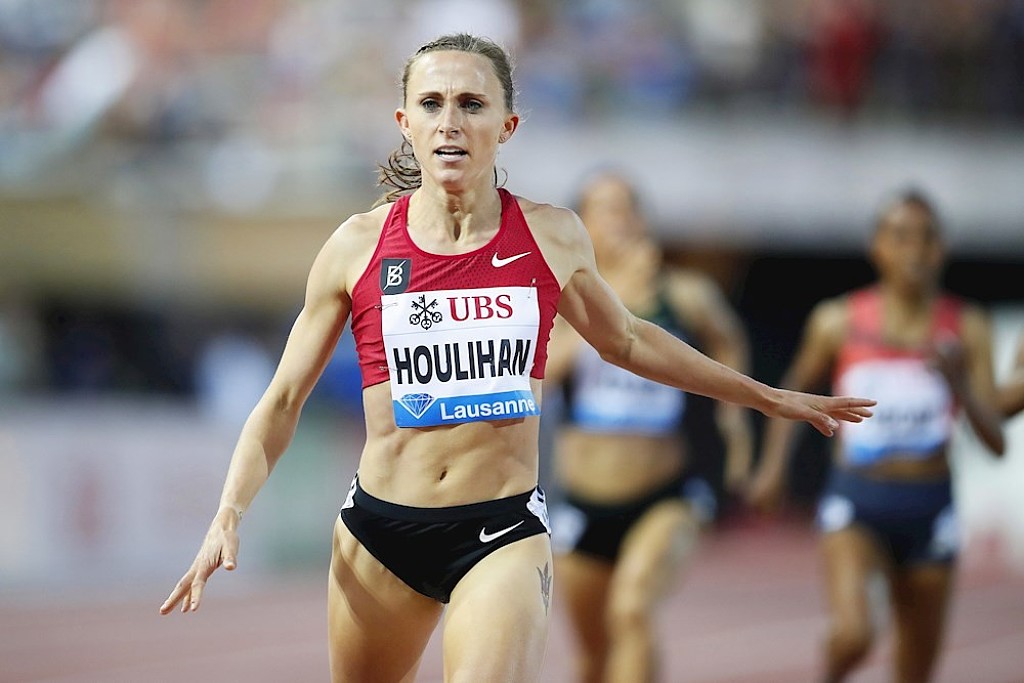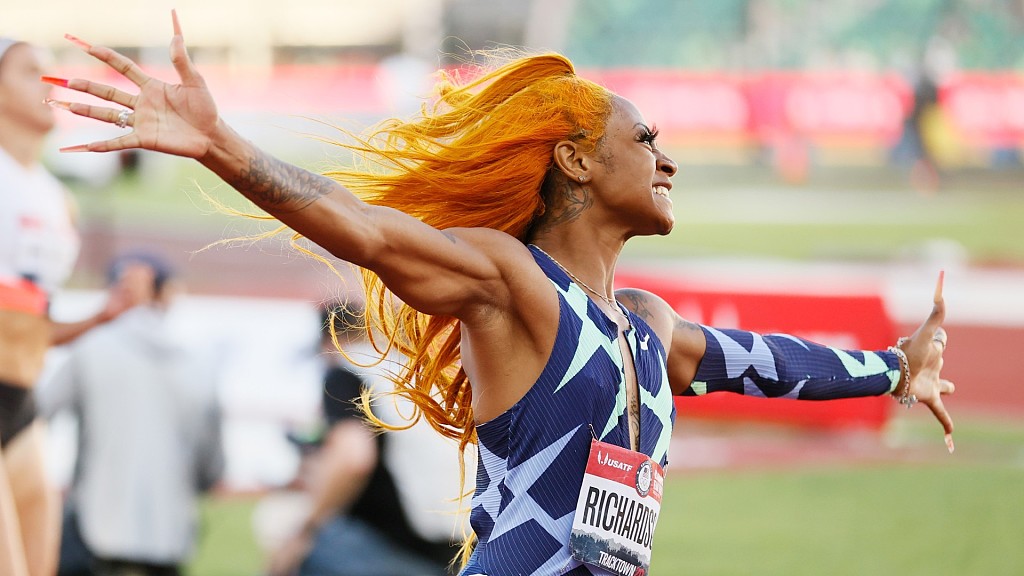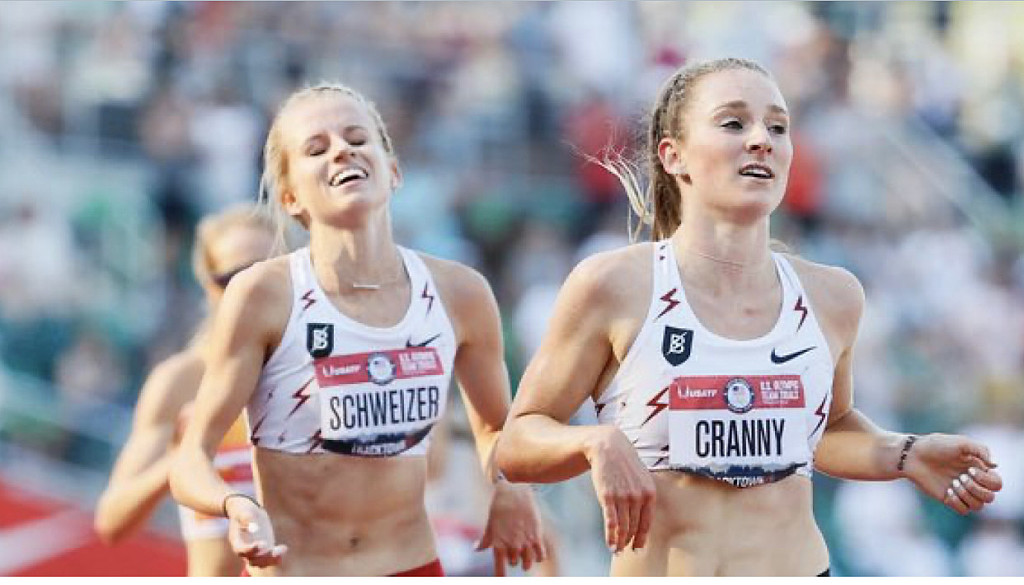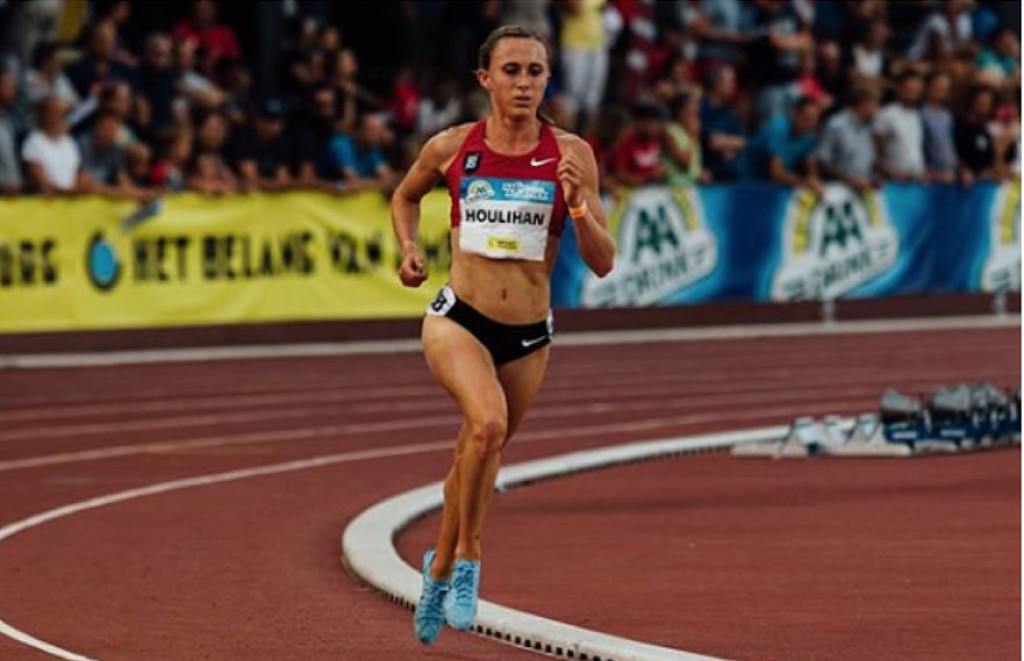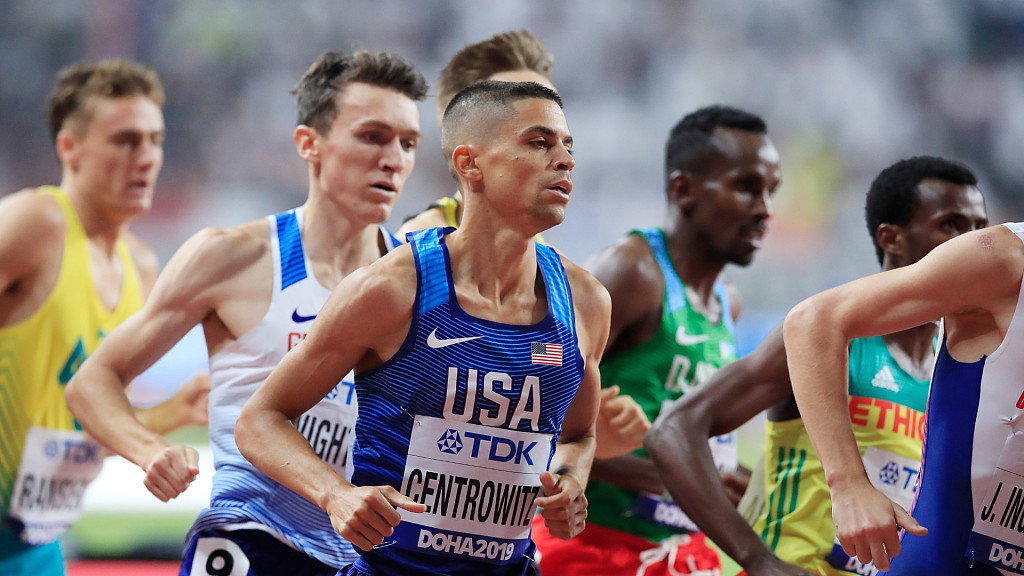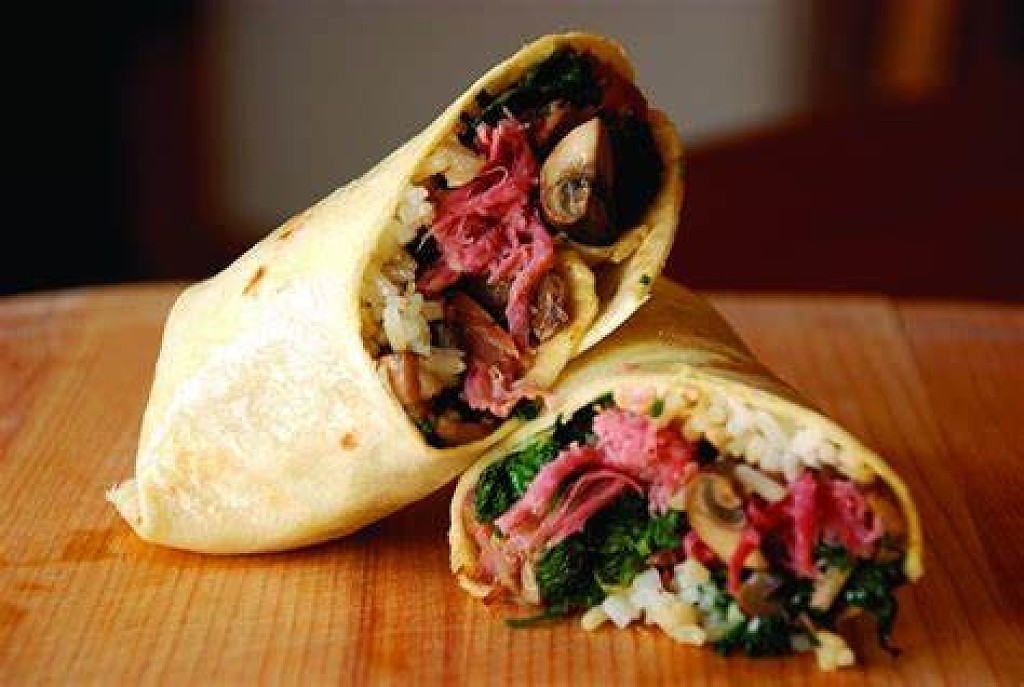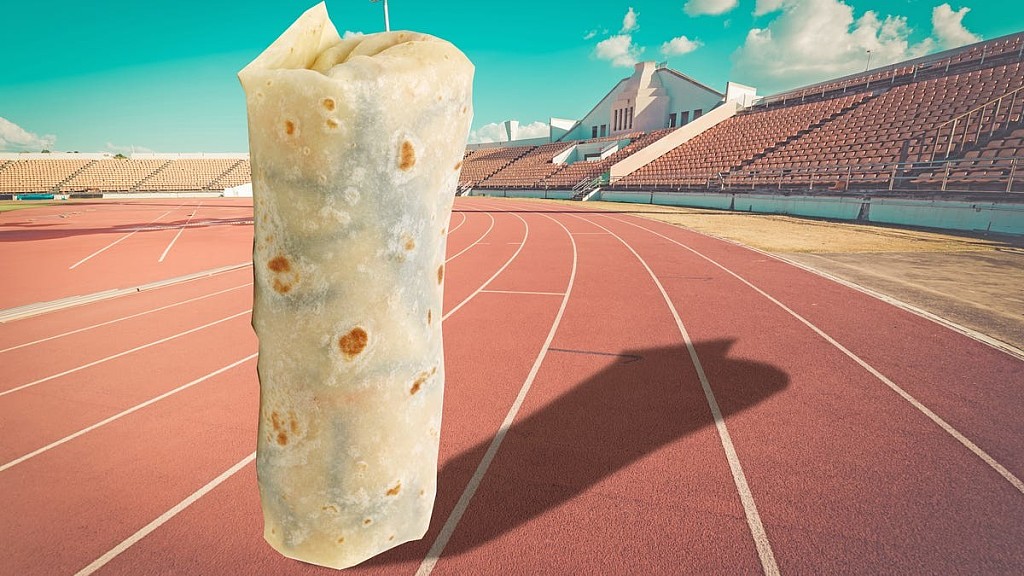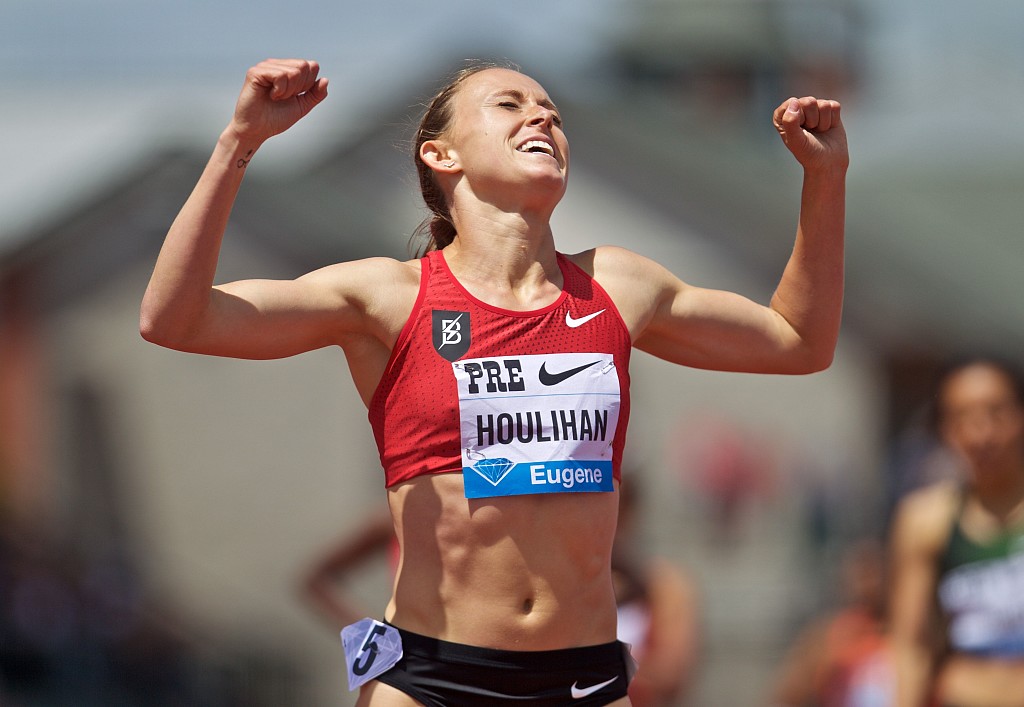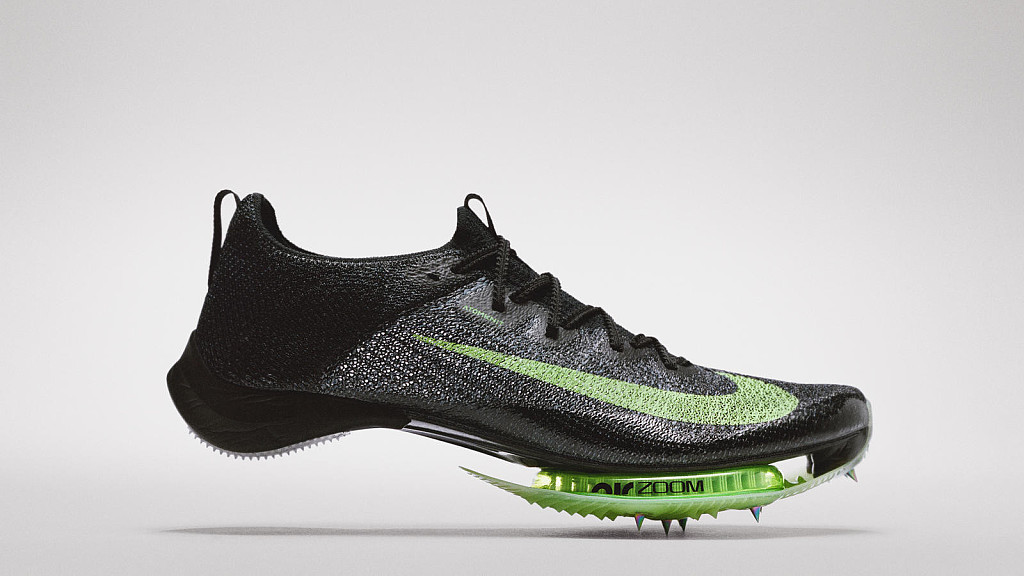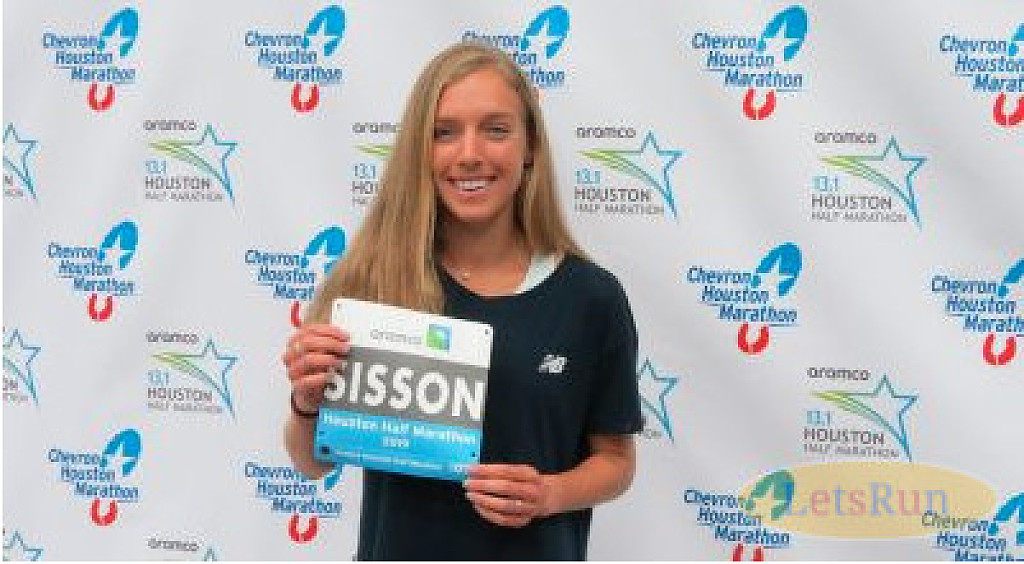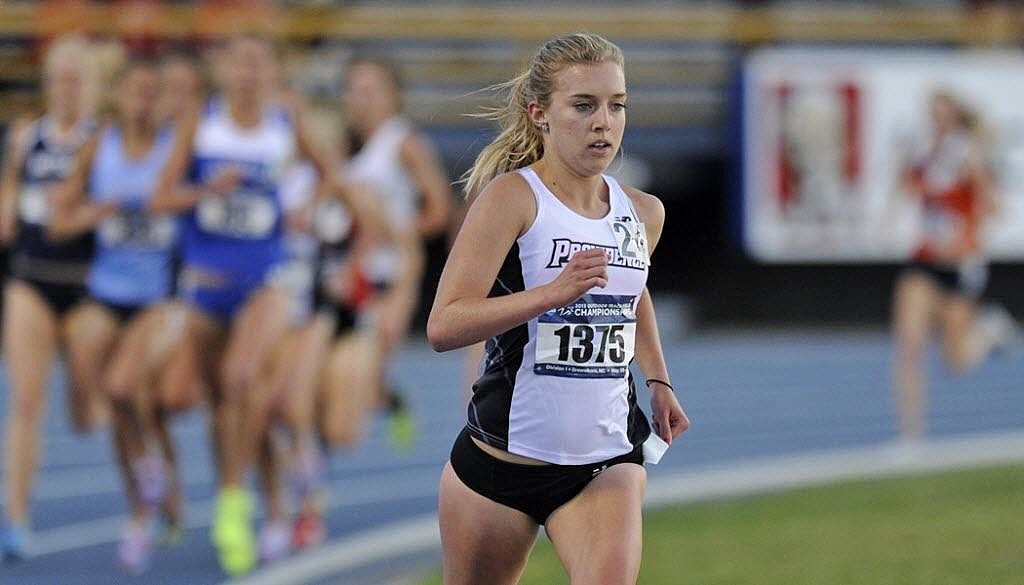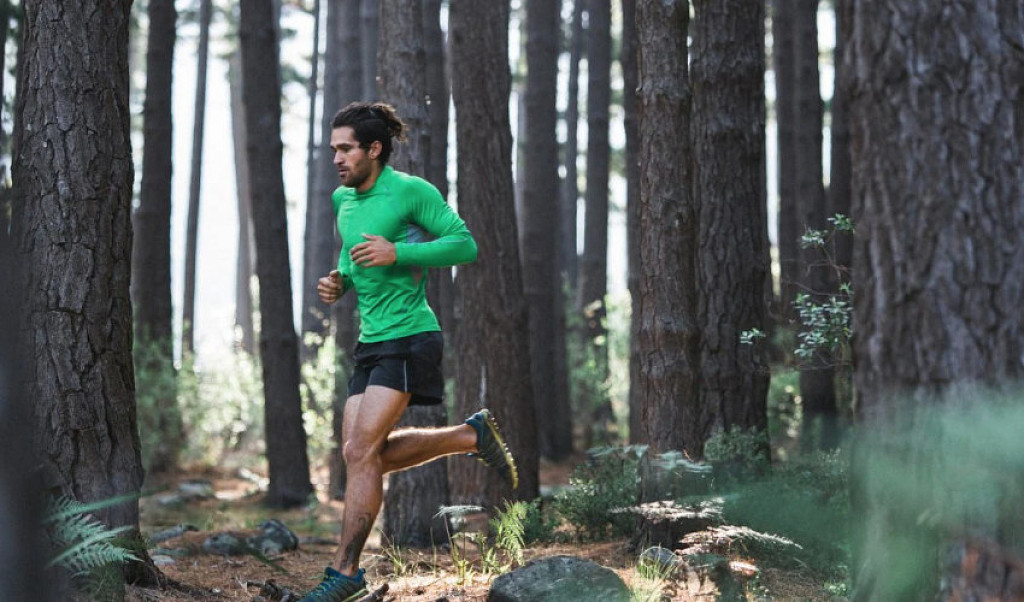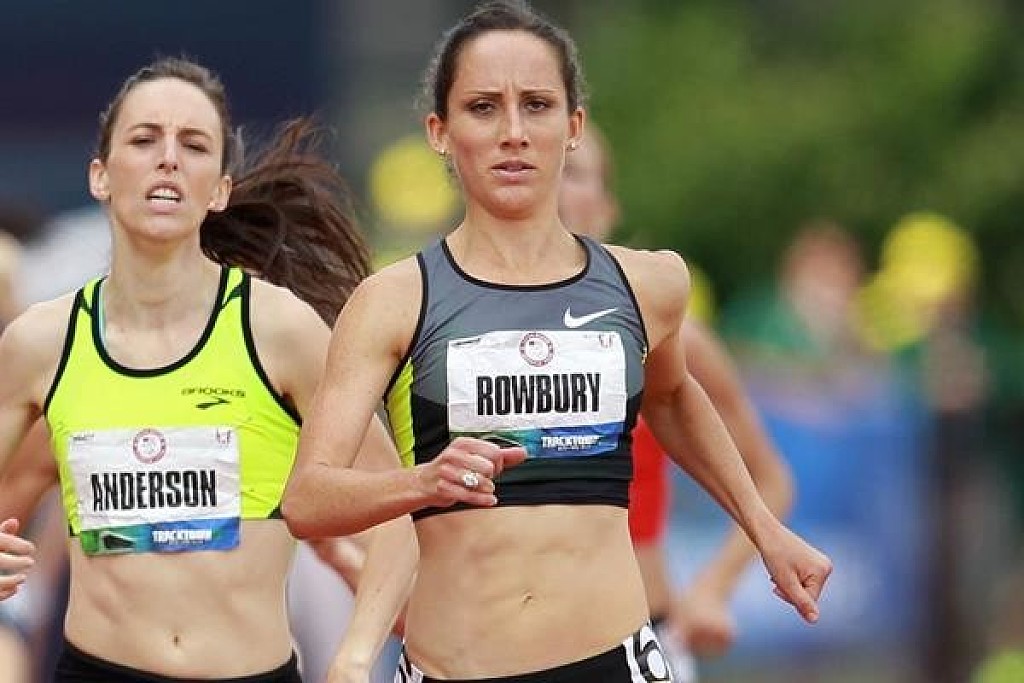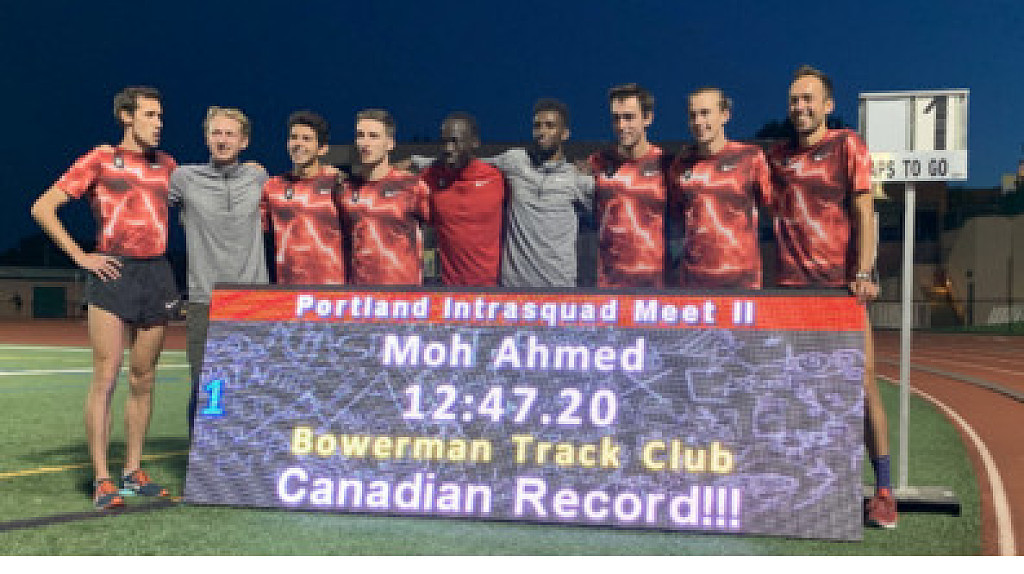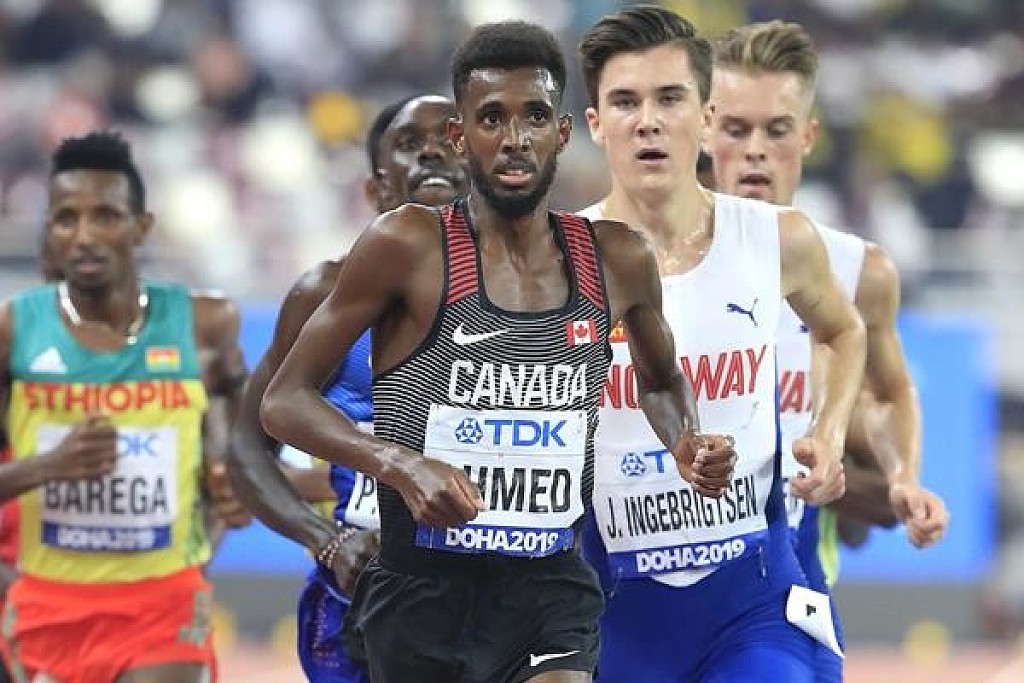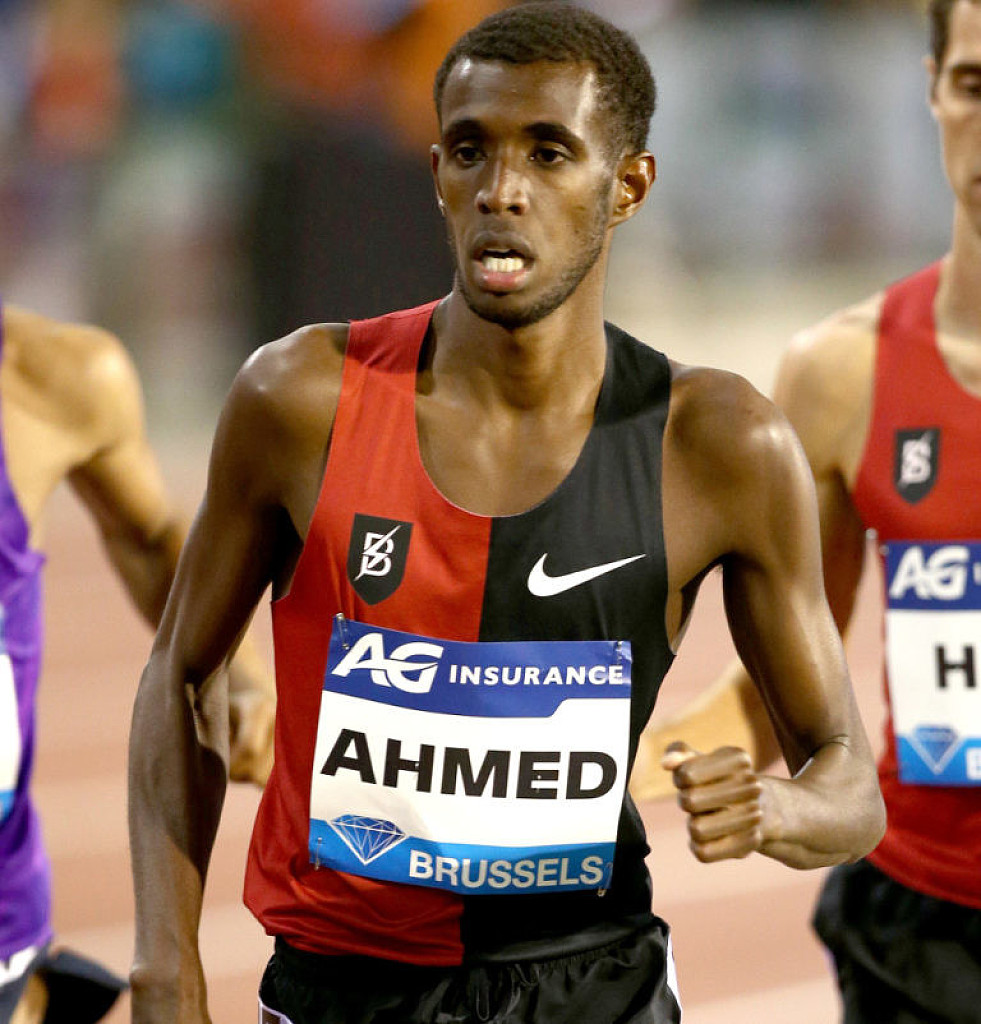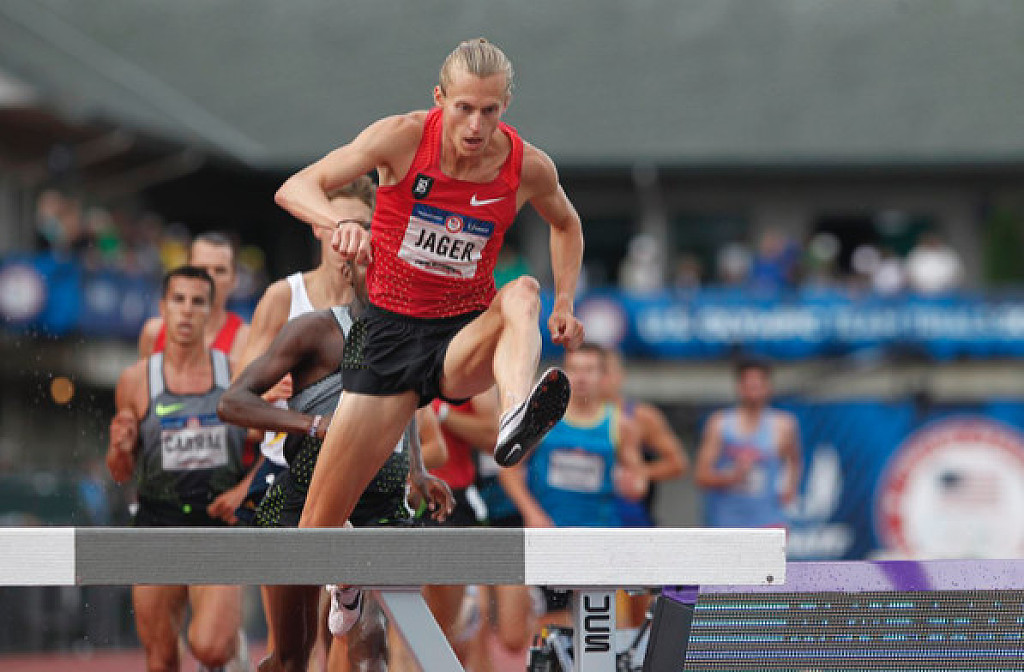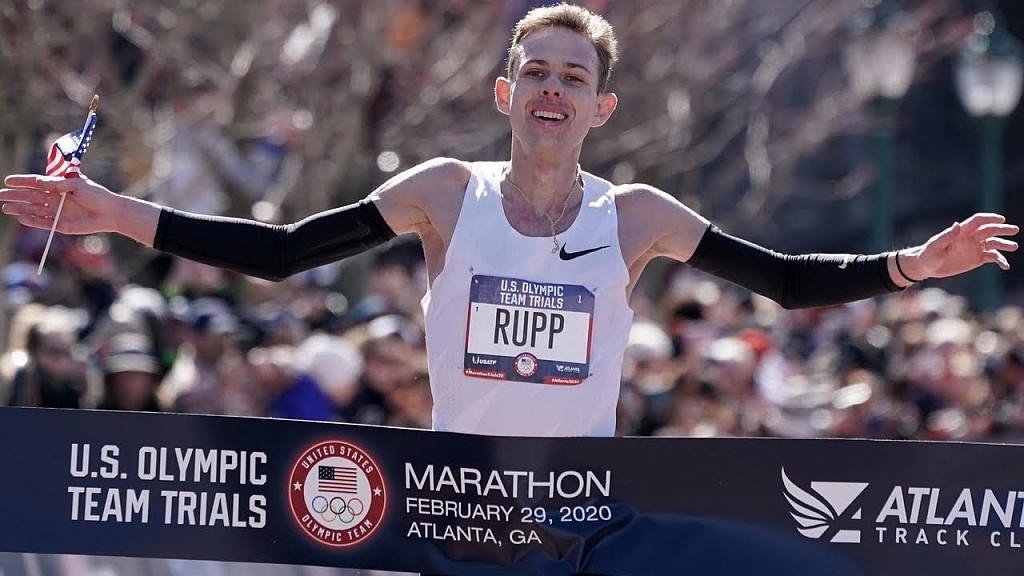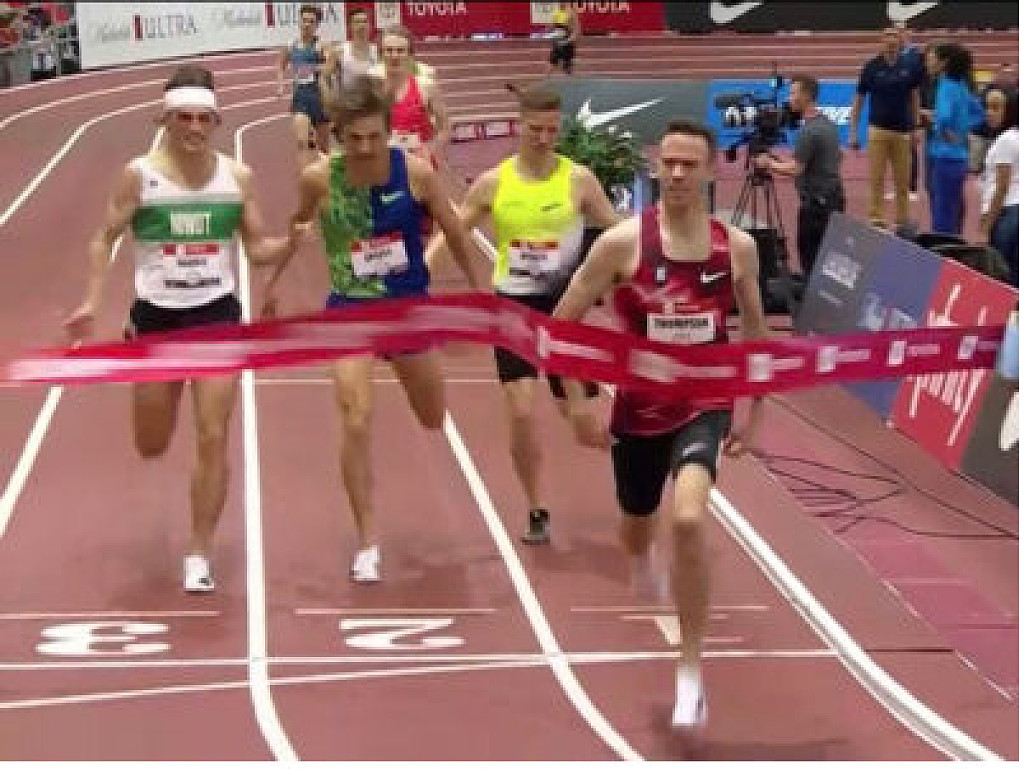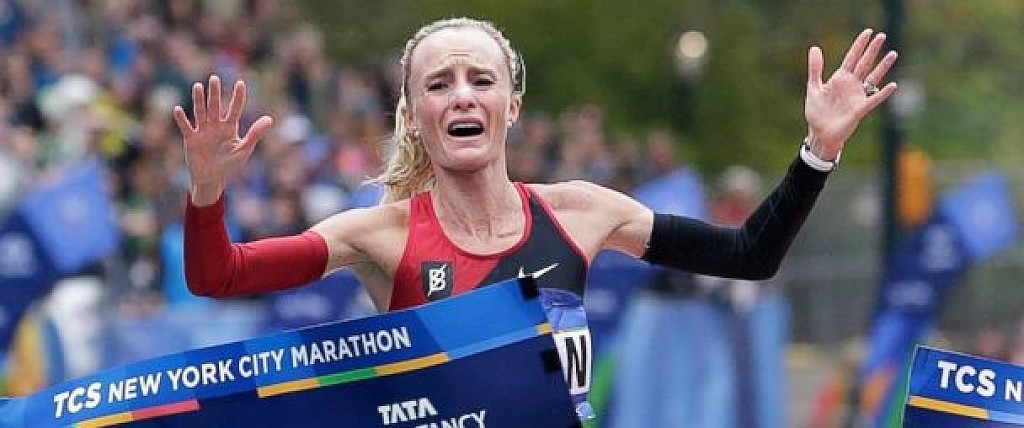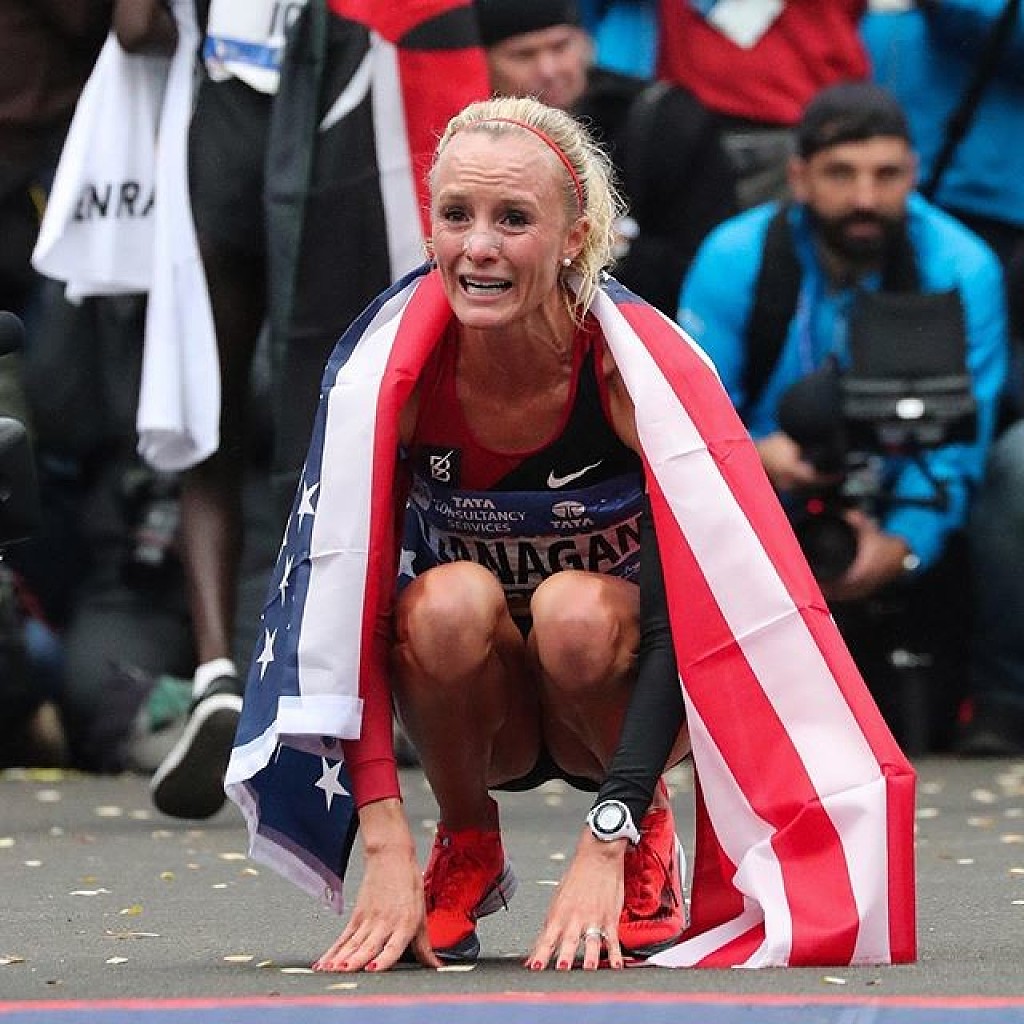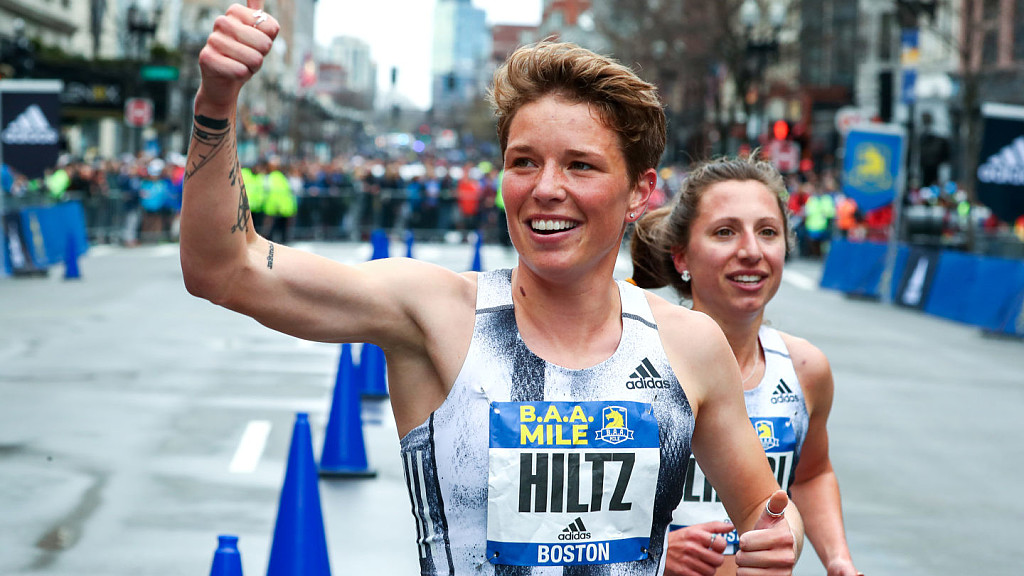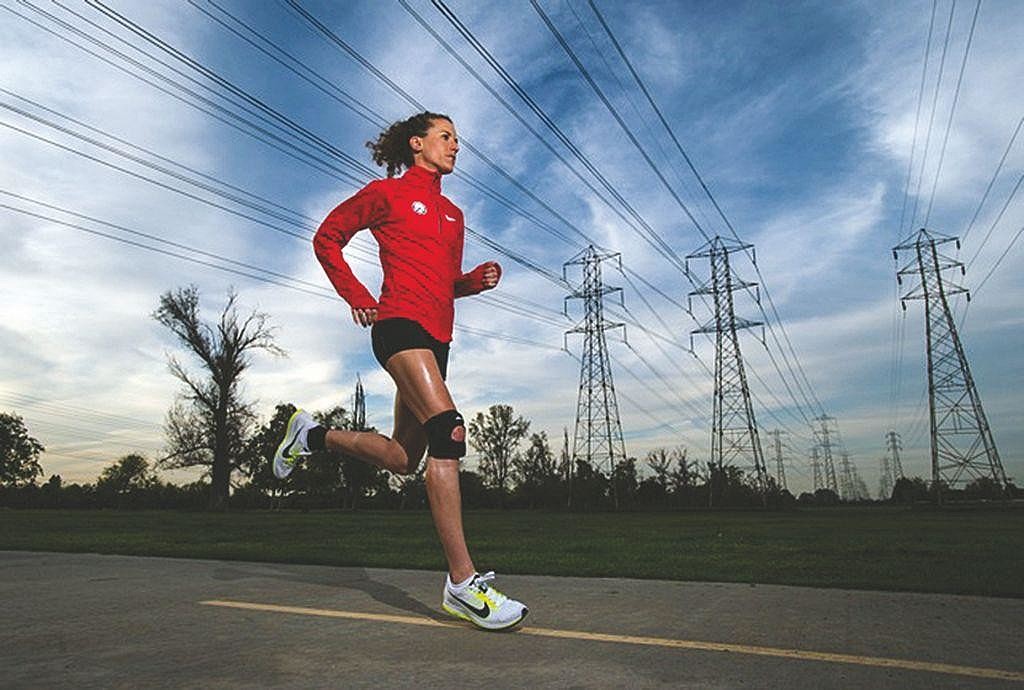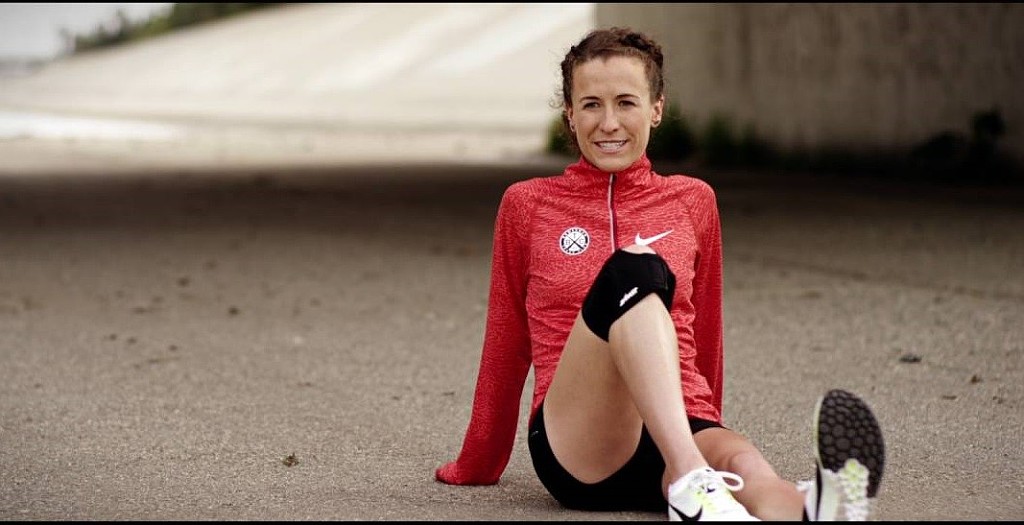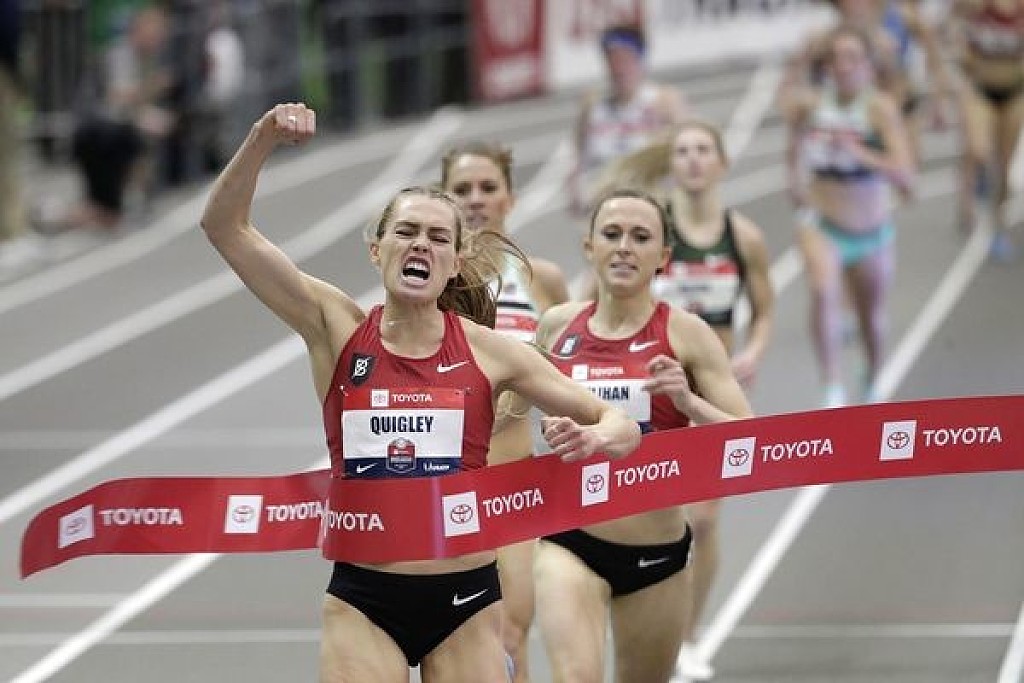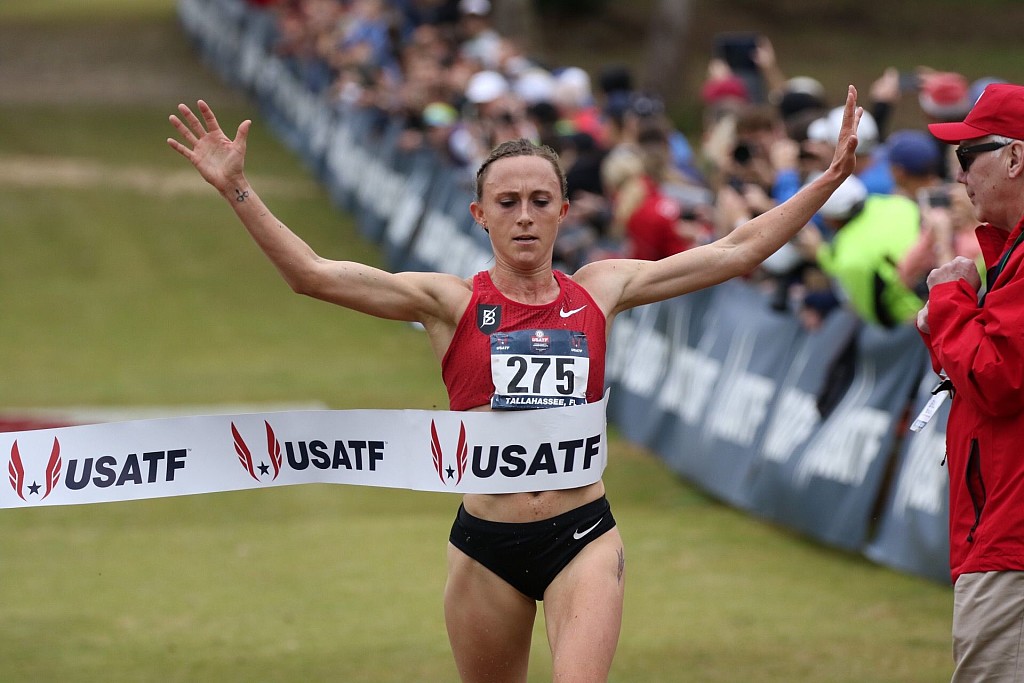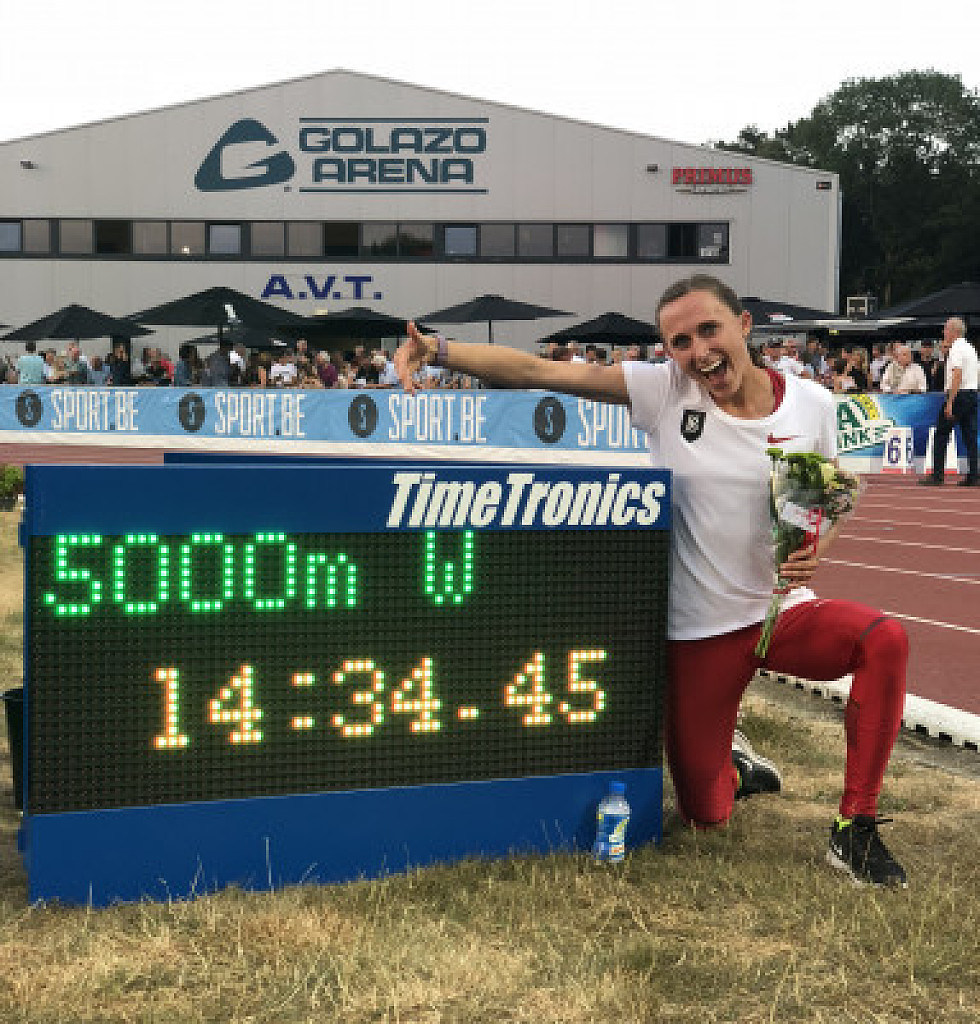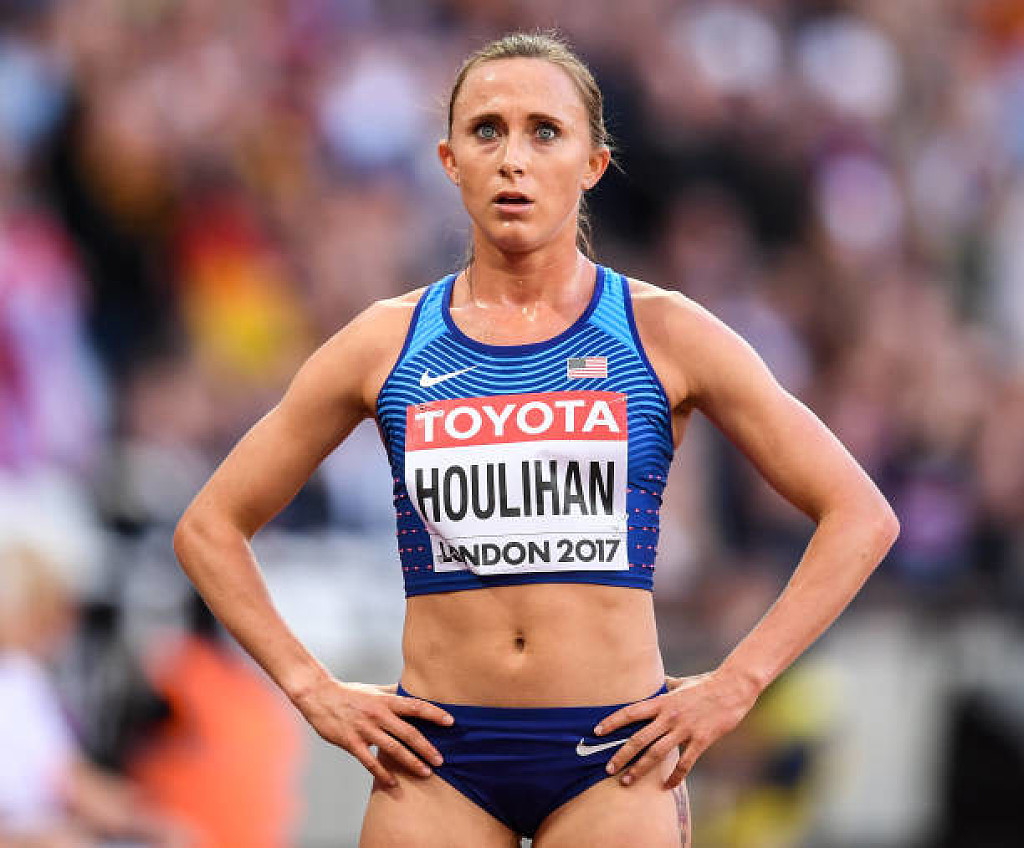Running News Daily
Running News Daily is edited by Bob Anderson. Send your news items to bob@mybestruns.com Advertising opportunities available. Train the Kenyan Way at KATA Kenya and Portugal owned and operated by Bob Anderson. Be sure to catch our movie A Long Run the movie KATA Running Camps and KATA Potato Farms - 31 now open in Kenya! https://kata.ke/
Index to Daily Posts · Sign Up For Updates · Run The World Feed
Articles tagged #Shelby Houlihan
Today's Running News
Jessica Hull Claims World Indoor Bronze in Thrilling 3000m Finish as Hailu Strikes Gold
Australian middle-distance standout Jessica Hull delivered another impressive performance on the global stage, earning a bronze medal in the women’s 3000 meters at the 2025 World Athletics Indoor Championships in Nanjing, China. Following her silver medal at the Olympics, Hull has now proven she belongs on the world podium — indoors and out.
Running with confidence and control, Hull led at several points in the race and kicked hard in the closing laps, crossing the line in 8:38.28 — just 0.02 seconds behind American Shelby Houlihan, who claimed silver. Ethiopia’s Freweyni Hailu took the win in 8:37.21, showcasing the kind of closing speed that has made her a dominant figure in middle-distance events.
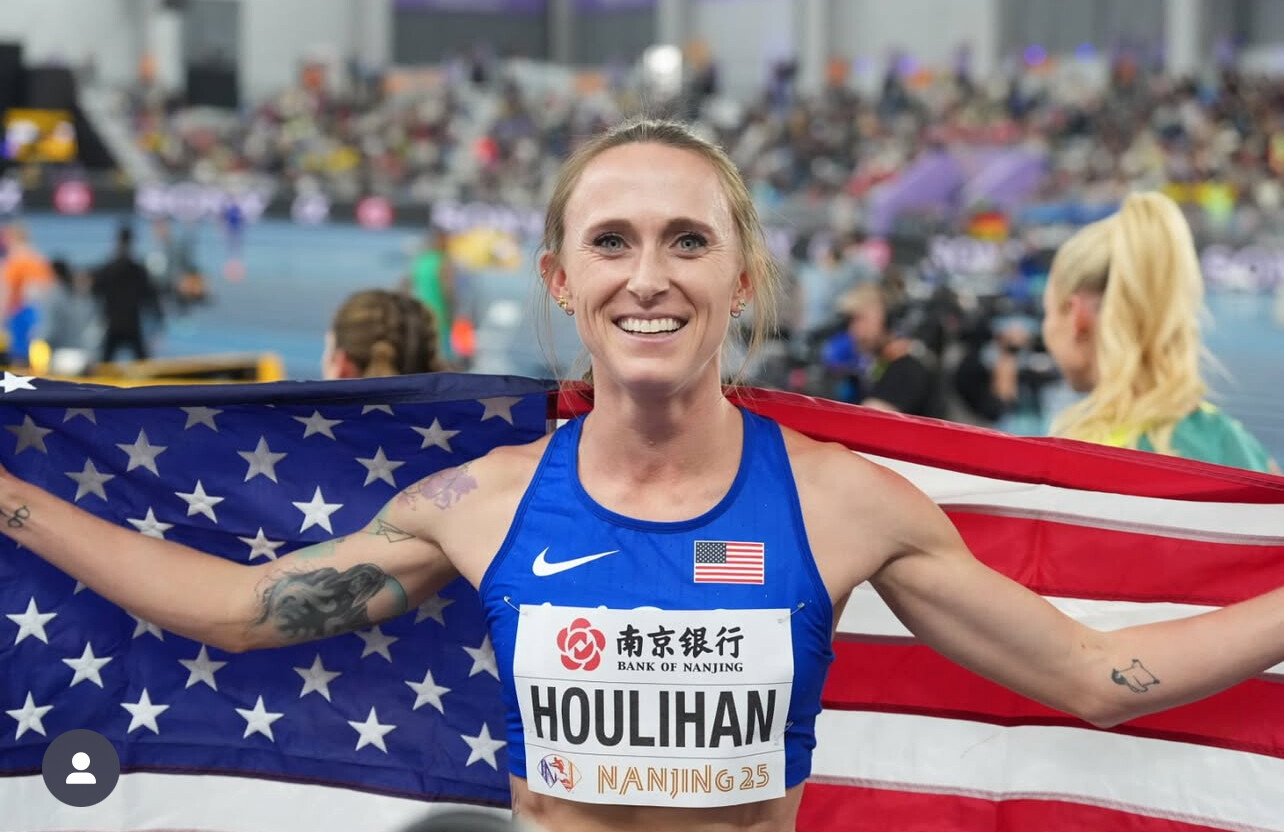
“I knew it would come down to that final lap,” Hull said post-race. “I gave everything I had, and to come away with a medal among such a talented field is really special.”
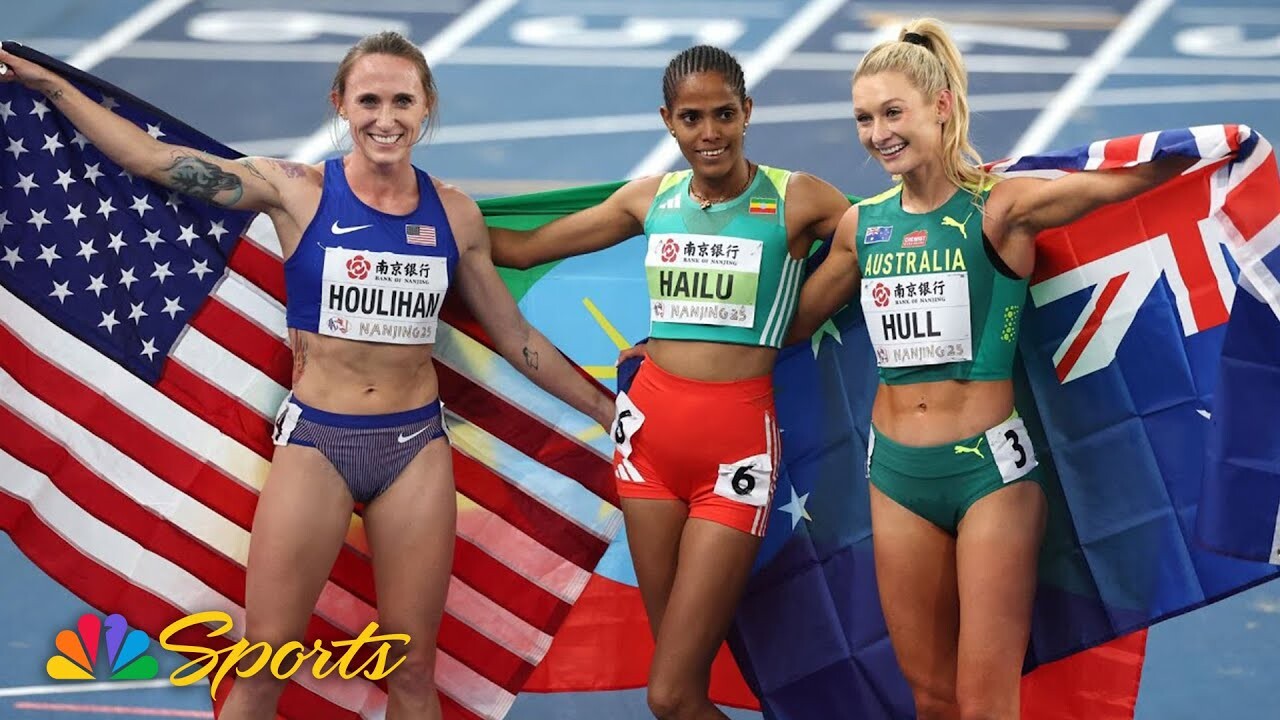
This marks a major step up for Hull, who finished fourth in this event at the 2024 World Indoors. With back-to-back major medals, she’s now firmly part of the world’s elite.
A Deeper Look at the Medalists
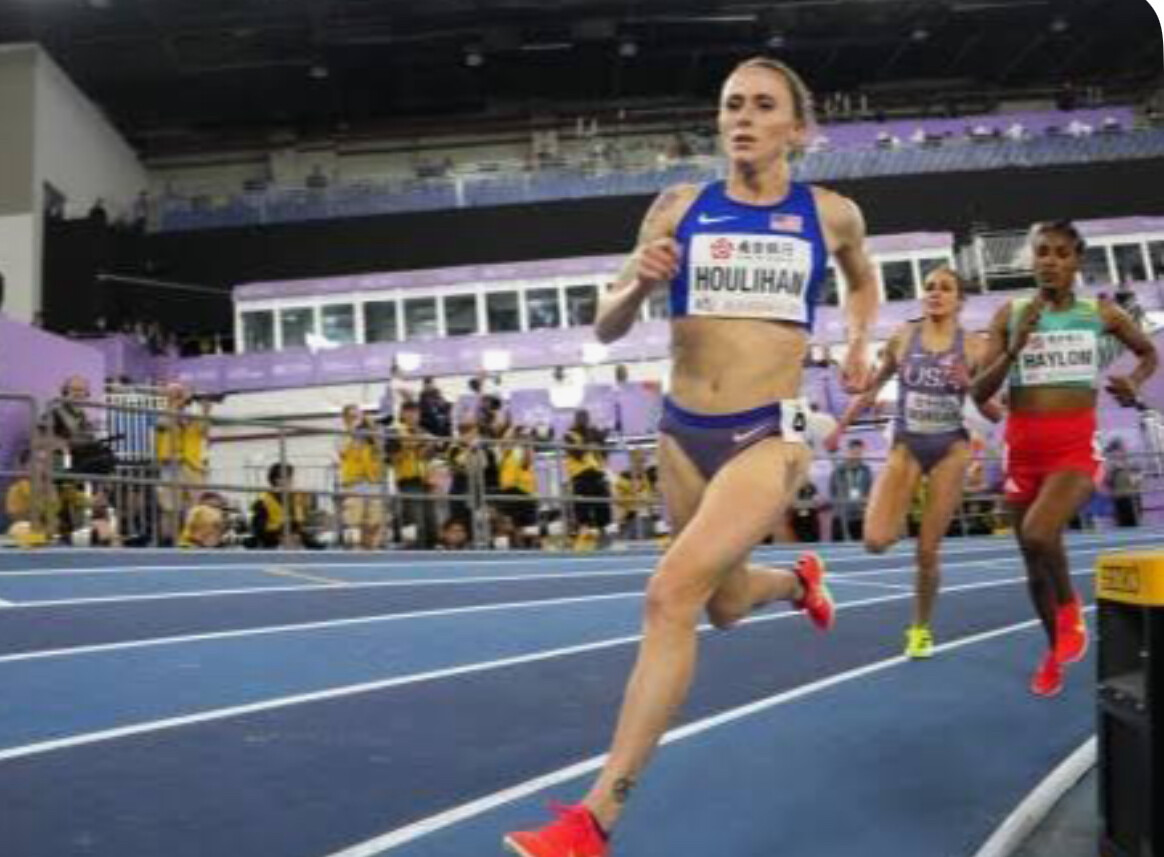
Freweyni Hailu of Ethiopia, the 2022 world indoor silver medalist, finally struck gold with a calm, tactical performance and a powerful closing lap. Hailu, who also holds the world indoor mile record, played her cards perfectly — staying tucked in until launching her move in the final 200 meters to stop the clock at 8:37.21.
Shelby Houlihan made a stunning return to international competition, showing she’s still a force in middle-distance running. Her silver-medal effort in 8:38.26 came after a smartly managed race where she moved up steadily in the second half. Known for her 1500m prowess, Houlihan’s endurance over 3000m proved she remains among the world’s best.
Full Results – Women’s 3000m Final
1. Freweyni Hailu (ETH) – 8:37.21
2. Shelby Houlihan (USA) – 8:38.26
3. Jessica Hull (AUS) – 8:38.28
4. Whittni Morgan (USA) – 8:39.18
5. Birke Haylom (ETH) – 8:39.28
6. Sarah Healy (IRL) – 8:40.00
7. Marta García (ESP) – 8:40.80
8. Purity Kajuju Gitonga (KEN) – 8:44.56
9. Linden Hall (AUS) – 8:44.99
10. Nozomi Tanaka (JPN) – 8:47.93
11. Adva Cohen (ISR) – 8:59.62
12. Li Yuan (CHN) – 9:14.14
This thrilling final was a highlight of the Nanjing championships so far.
by Boris Baron
Login to leave a comment
World Athletics Indoor Championships
World-Class Competition Lands in China: 2025 World Athletics Championships The global spotlight shines on China as it hosts the 2025 World Athletics Championships, bringing together the planet’s most elite runners, jumpers, and throwers. This prestigious event, organized by World Athletics, represents the pinnacle of track and field competition—where national pride, personal records, and world titles are on the line. ...
more...Shelby Houlihan’s Redemption Run – Back on Track After a Four-Year Ban
With her suspension concluding on January 13, 2025, Houlihan made a remarkable return to the track. On February 1, 2025, she competed in the Razorback Invitational at the Randal Tyson Indoor Track Center in Fayetteville, Arkansas. Demonstrating her enduring talent and resilience, Houlihan won the 3,000 meters with a time of 8:31.56, setting a new meet record and breaking the facility record previously held by Parker Valby.
Continuing Her Comeback
Building on her initial success, Houlihan competed in the Bruce Lehane Scarlet & White Invitational on February 8, 2025. She delivered an impressive performance in the mile, finishing with a time of 4:20.30. This achievement not only set a new facility record but also marked the second-fastest indoor mile ever recorded by an American woman.
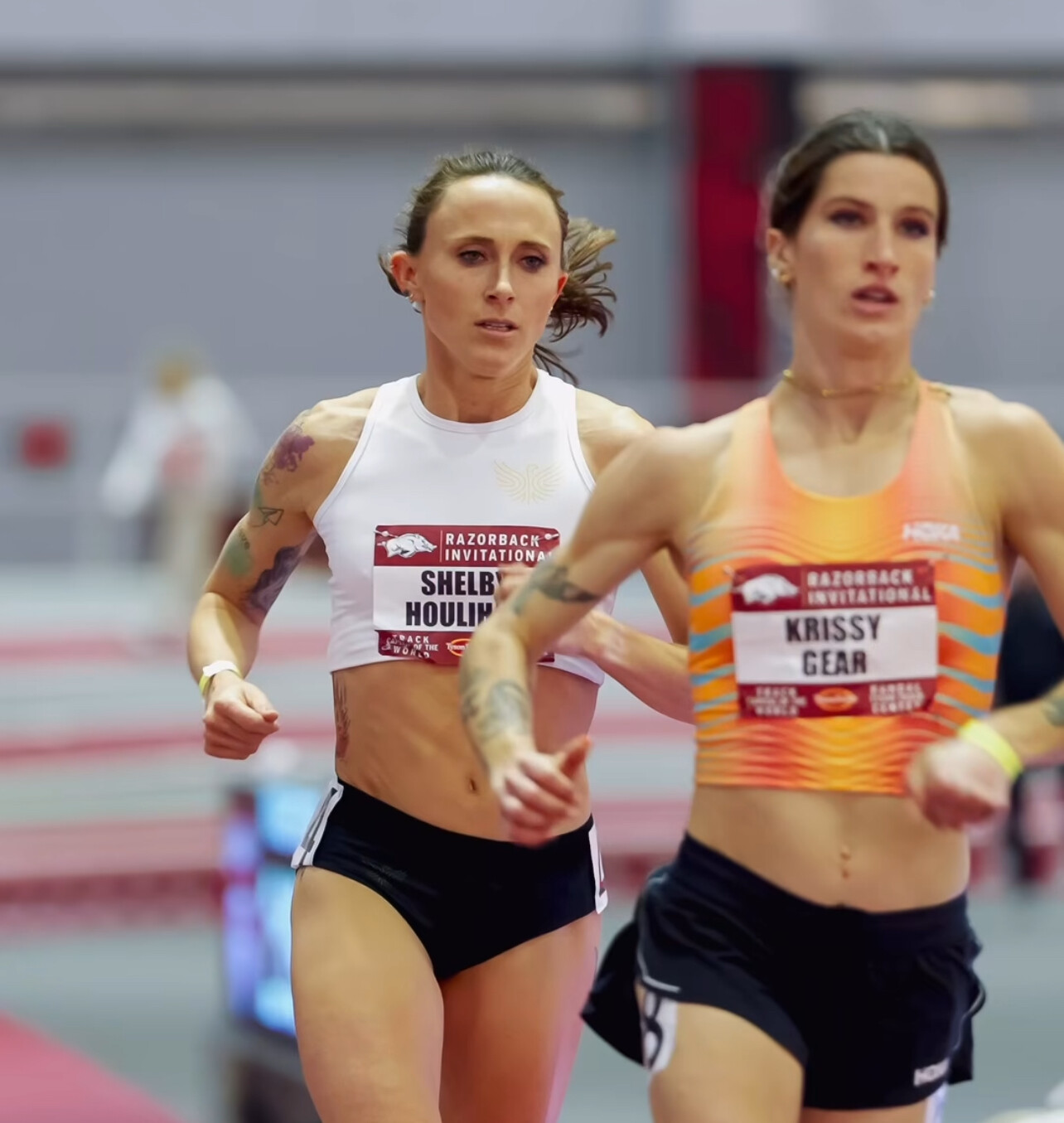
Qualifying for the World Indoor Championships

Houlihan’s comeback gained further momentum at the U.S. trials on February 22, 2025, where she competed in the 3,000 meters. She finished second with a time of 8:48.43, narrowly behind Nikki Hiltz, who won in 8:48.28. This performance qualified Houlihan for the World Indoor Championships, signaling her readiness to rejoin the international competitive arena.
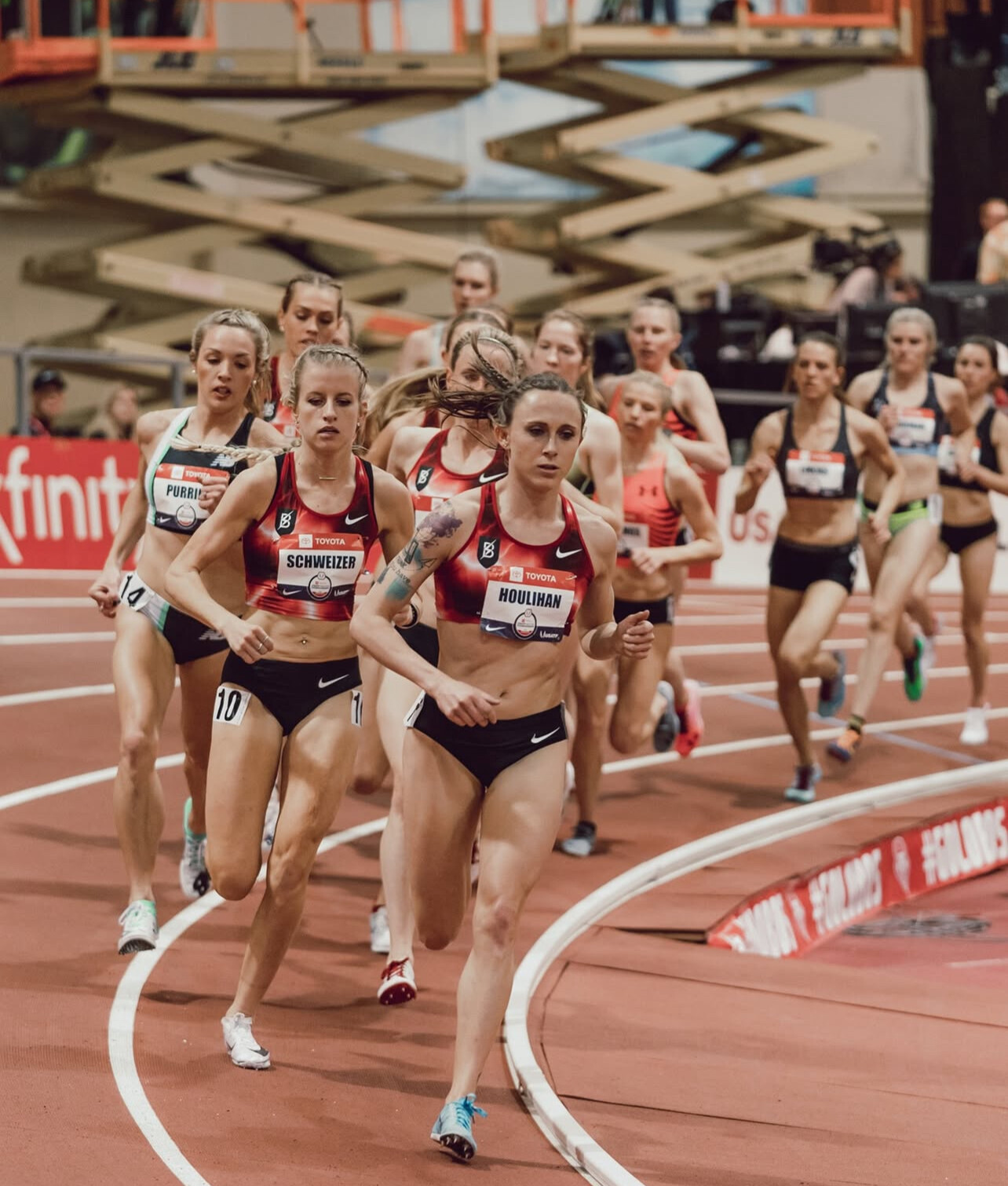
Looking Ahead
Houlihan’s swift return to top form after a prolonged absence underscores her dedication and resilience. As she sets her sights on upcoming competitions, including the World Indoor Championships, the athletics community watches with anticipation to see how her journey unfolds.
by Boris Baron
Login to leave a comment
Doping Dilemma: How WADA's Policies Are Failing Our Sport
I am alarmed by how the World Anti-Doping Agency (WADA) is policing our sport. It's disheartening to see athletes win races only to be stripped of their titles months later due to delayed doping allegations. This approach undermines the integrity of athletics and, in the long run, does more harm than good.
Having dedicated my life to running—I ran my first mile on February 16, 1962, and I discovered my passion for our sport after clocking a 2:08.5 in a 880-yard race JUne 1, 1963—I've witnessed the sport's evolution firsthand. As the founder and publisher of Runner’s World for 18 years and, since 2007, the editor and publisher of My Best Runs, I am concerned about the professional side of athletics.

The Flaws in WADA's Zero-Tolerance Policy
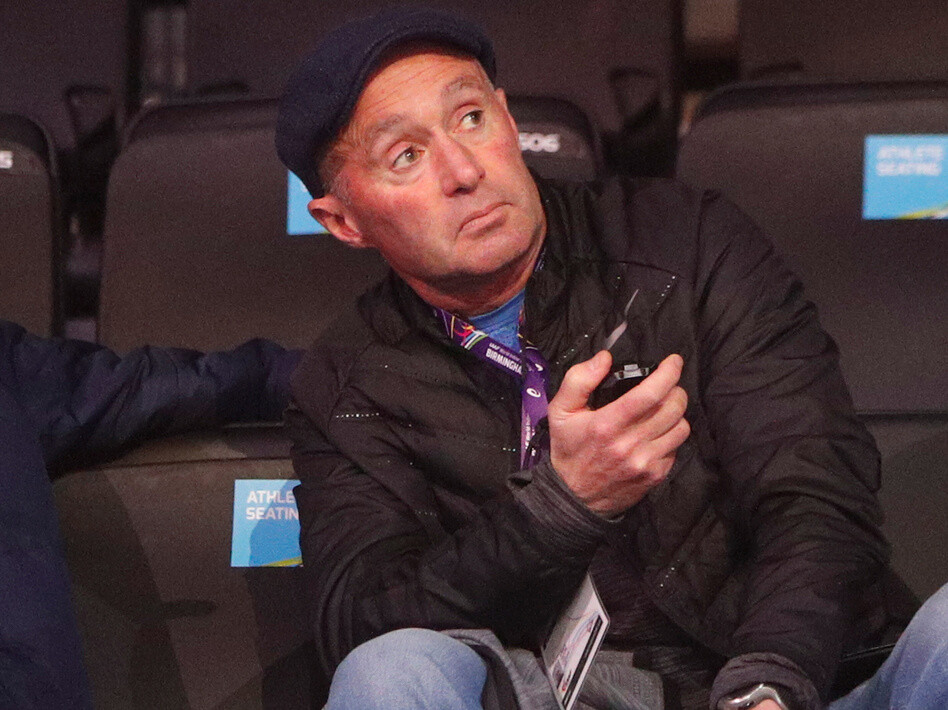
WADA's strict liability standard holds athletes accountable for any prohibited substance in their system, regardless of intent. This has led to controversial sanctions, such as the four-year ban of American runner Shelby Houlihan. She tested positive for the steroid nandrolone, which she attributed to consuming a pork burrito. Despite her defense, the ban was upheld, raising questions about the fairness of such rigid policies.
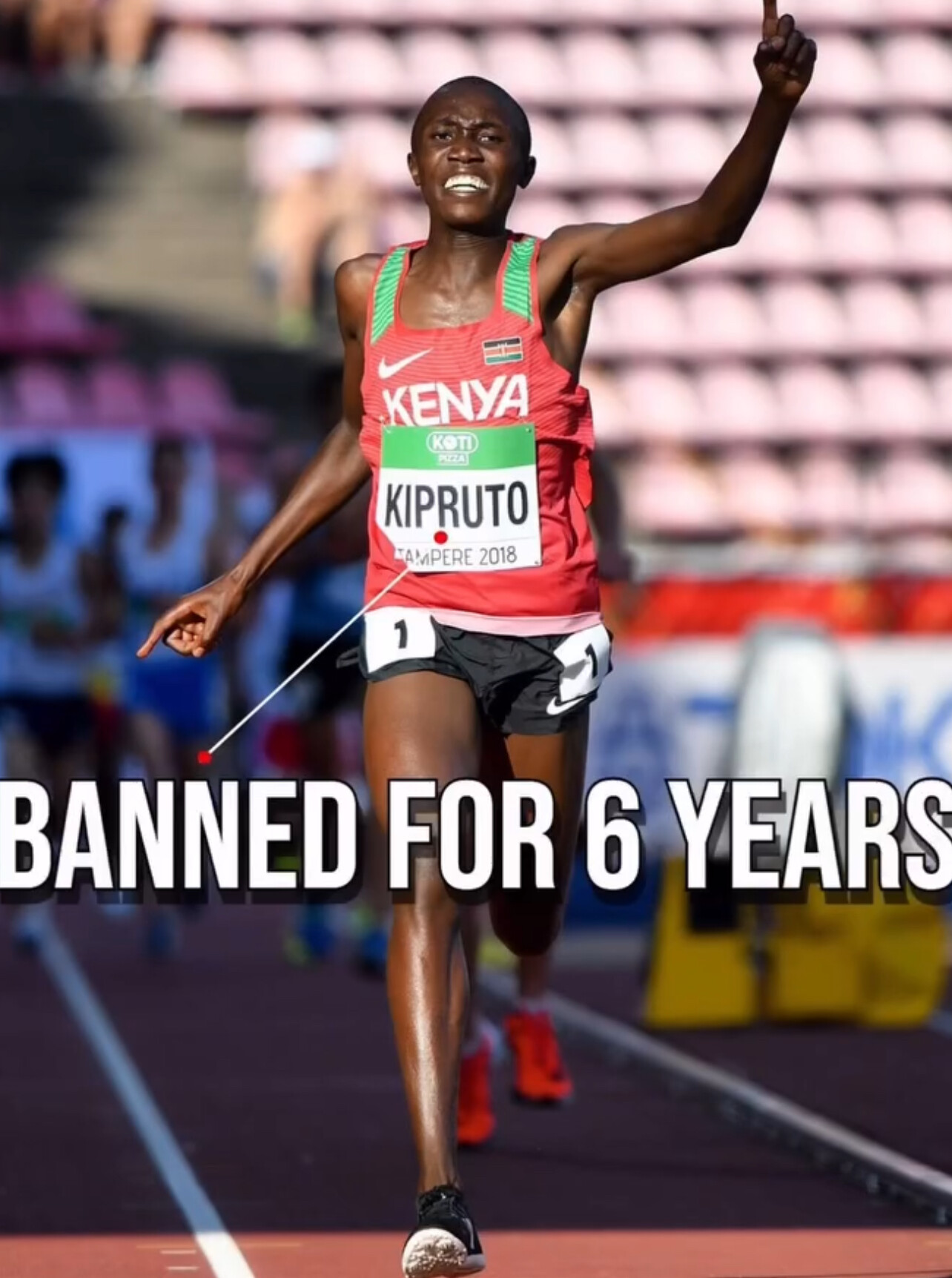
Overhauling the Banned Substances List
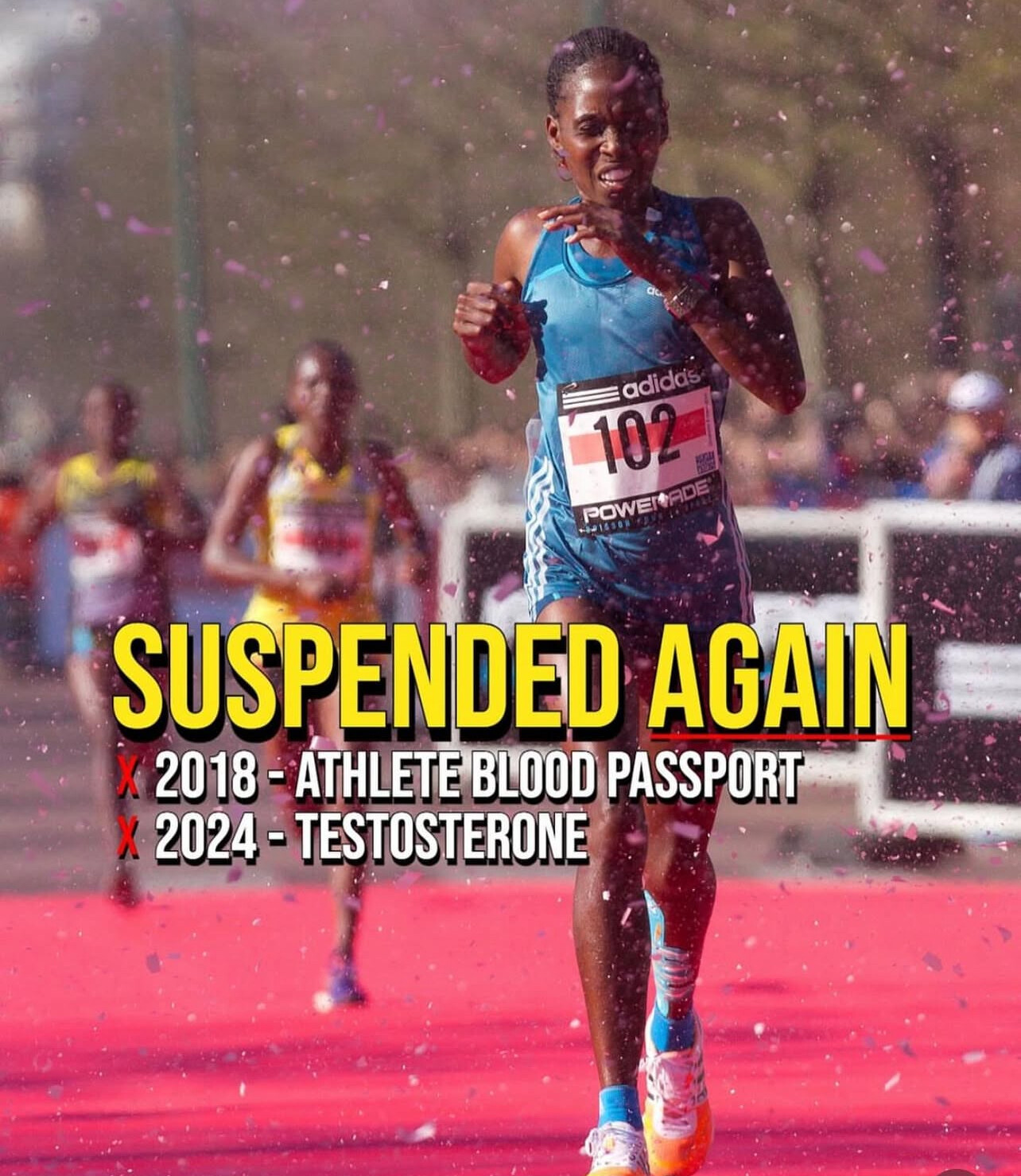
The extensive list of prohibited substances maintained by WADA includes compounds with minimal or no performance-enhancing effects. By focusing on substances with proven performance benefits, we can prevent athletes from being unjustly penalized for trace amounts of inconsequential substances.

The Problem with Retroactive Disqualifications
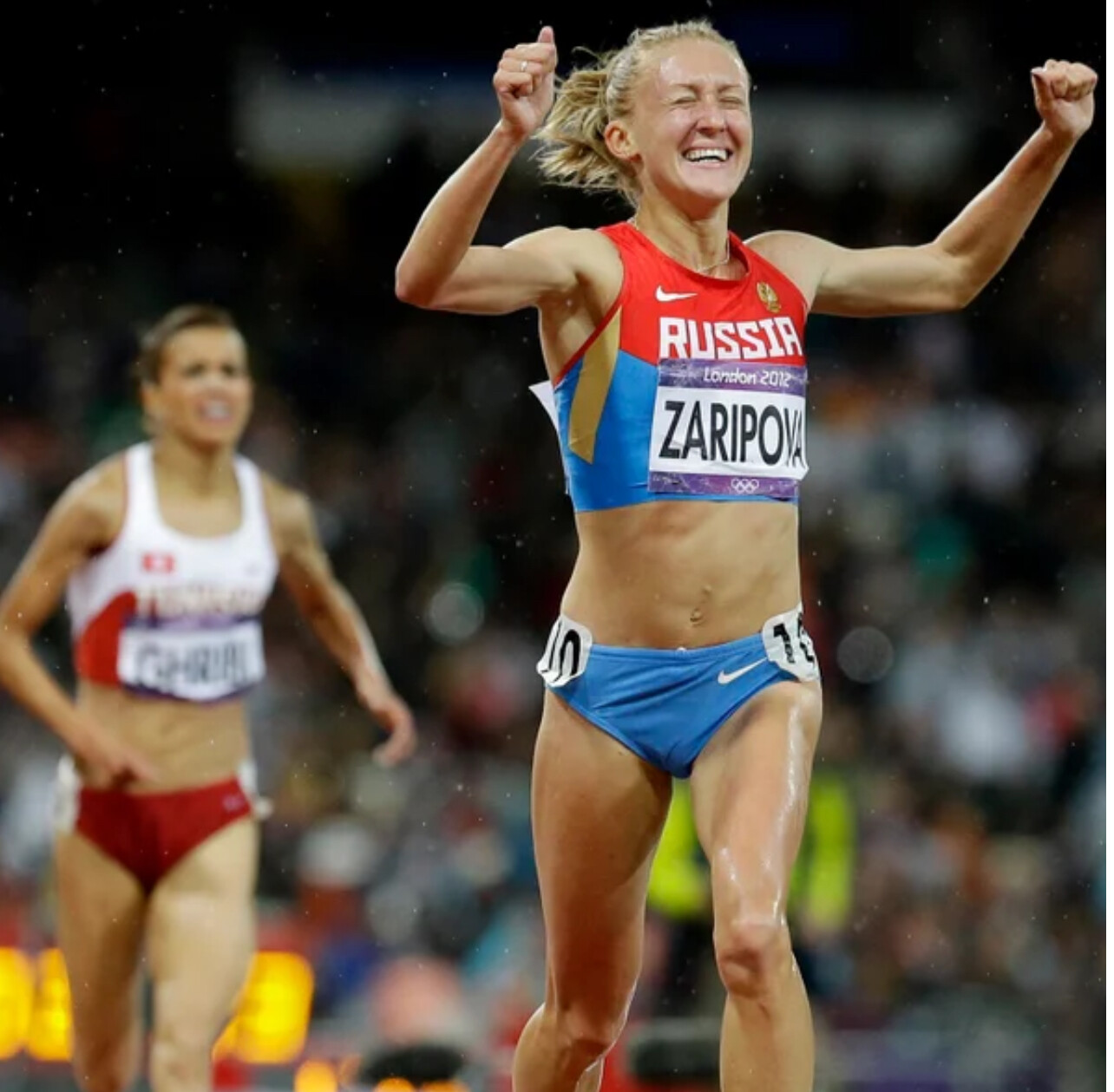
Delayed disqualifications due to retroactive positive tests cause significant disruptions. Athletes are stripped of titles months or even years after competitions, leading to uncertainty and diminished trust in the sport. Investing in faster, more sensitive testing methods is crucial to detect violations promptly, ensuring that competition results are reliable and fair.
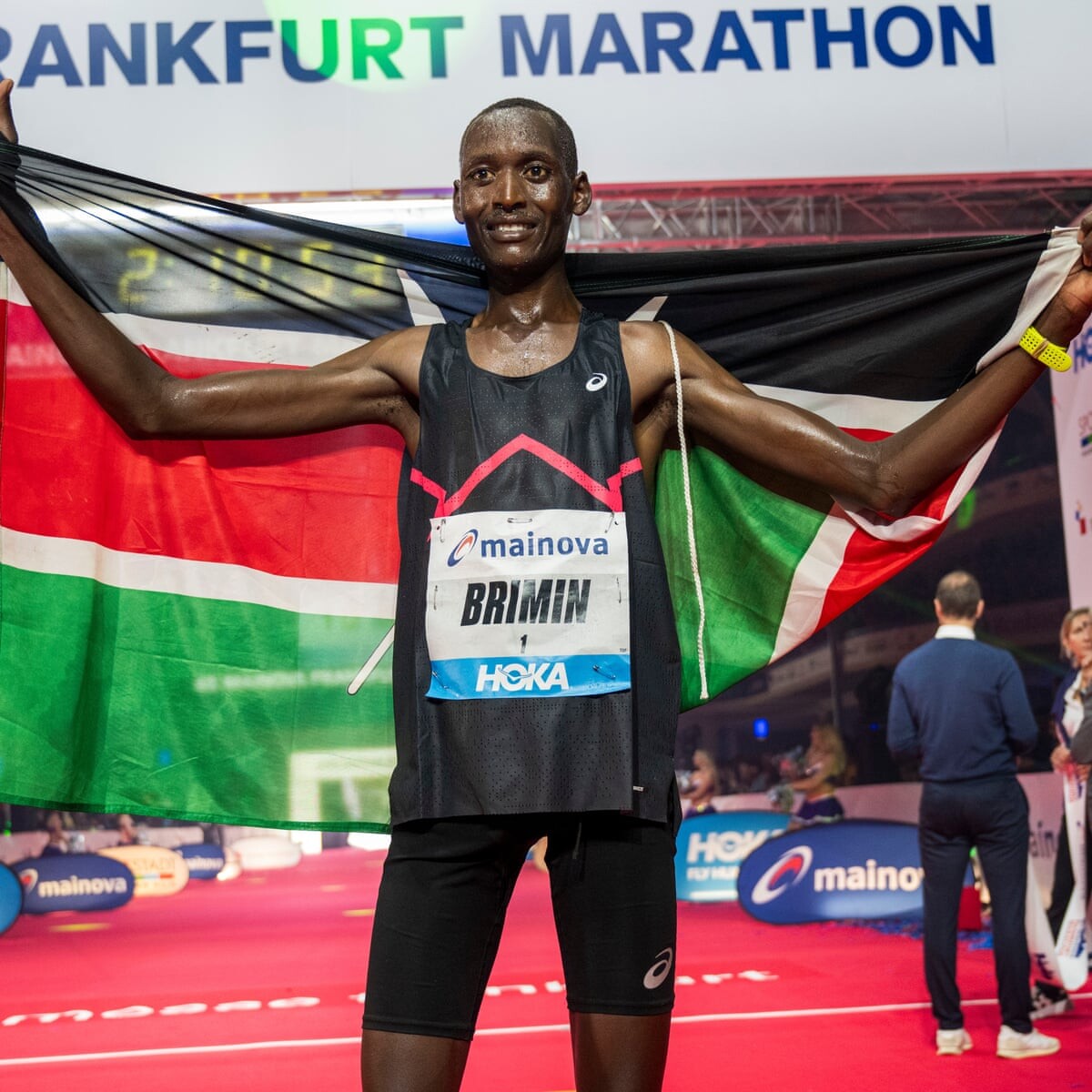
Rethinking the "Whereabouts" Requirement
WADA's "whereabouts" rule mandates that athletes provide their location for one hour each day to facilitate out-of-competition testing. This constant monitoring infringes on athletes' privacy rights and imposes an unreasonable burden. Reevaluating this policy could help balance effective anti-doping measures with respect for personal freedoms.
Understanding Blood Doping and Its Implications
Blood doping, which involves increasing red blood cells to enhance performance, poses significant health risks, including blood clots, stroke, and heart attack. While it's linked to deaths in sports like cycling, there is no documented case of a runner dying directly from blood doping.
Interestingly, many doping violations involve substances like erythropoietin (EPO), which, despite health risks, haven't been directly linked to fatalities among runners. In contrast, alcohol—a legal substance—is responsible for approximately 3 million deaths worldwide annually. This disparity raises questions about the consistency of current substance regulations in sports.
The Business of Anti-Doping
Established in 1999 with an initial operating income of USD 15.5 million, WADA's budget has grown significantly, reaching USD 46 million in 2022. This increase reflects the expanding scope of WADA's activities, including research, education, and compliance monitoring.
Funding is primarily sourced from public authorities and the sports movement, with the International Olympic Committee (IOC) being a major contributor. Notably, in 2024, the United States withheld over USD 3.6 million—about 6% of WADA's annual budget—due to disputes over the agency's handling of doping cases.
EPO's Prevalence in Doping Cases
Erythropoietin (EPO) has a history of abuse in endurance sports due to its performance-enhancing capabilities. For example, Kenyan marathon runner Brimin Kipkorir was provisionally suspended in February 2025 after testing positive for EPO and Furosemide. This suspension adds to a series of high-profile doping cases affecting marathon running, especially among Kenyan athletes.
Adapting Governance and Policies to Maintain Trust
High-profile doping scandals have exposed flaws in the governance of athletics. The case of coach Alberto Salazar illustrates the challenges in enforcing anti-doping regulations. Salazar, who led the Nike Oregon Project, was initially banned for four years in 2019 for multiple anti-doping rule violations, including trafficking testosterone and tampering with doping control processes.
In 2021, he received a lifetime ban for sexual and emotional misconduct. His athlete, Galen Rupp, never tested positive for banned substances, yet his reputation suffered due to his association with Salazar. This situation underscores the importance of independent and transparent governance in maintaining the sport's integrity.
The banned drug list
The World Anti-Doping Agency (WADA) maintains a comprehensive list of substances and methods prohibited in sports to ensure fair competition and athlete health. This list is updated annually and includes categories such as:
· Anabolic Agents: These substances, including anabolic-androgenic steroids, promote muscle growth and enhance performance.
· Peptide Hormones, Growth Factors, and Related Substances: Compounds like erythropoietin (EPO) and human growth hormone (hGH) that can increase red blood cell production or muscle mass.
· Beta-2 Agonists: Typically used for asthma, these can also have performance-enhancing effects when misused.
· Hormone and Metabolic Modulators: Substances that alter hormone functions, such as aromatase inhibitors and selective estrogen receptor modulators.
· Diuretics and Masking Agents: Used to conceal the presence of other prohibited substances or to rapidly lose weight.
· Stimulants: Compounds that increase alertness and reduce fatigue, including certain amphetamines.
· Narcotics: Pain-relieving substances that can impair performance and pose health risks.
· Cannabinoids: Including substances like tetrahydrocannabinol (THC), which can affect coordination and concentration.
· Glucocorticoids: Anti-inflammatory agents that, when misused, can have significant side effects.
Additionally, WADA prohibits certain methods, such as blood doping and gene doping, which can artificially enhance performance. It's important to note that while substances like alcohol are legal and widely consumed, they are not banned in most sports despite their potential health risks.
In contrast, substances like EPO, which have not been directly linked to fatalities among runners, are prohibited due to their performance-enhancing effects and potential health risks. This raises questions about the consistency and focus of current substance regulations in sports..
Regarding the percentage of doping violations involving EPO, specific statistics are not readily available. However, EPO has been a focal point in numerous high-profile doping cases, particularly in endurance sports. For detailed and up-to-date information, consulting WADA's official reports and statistics is recommended
Blood Doping Across Sports
Blood doping is prohibited across various sports, particularly those requiring high endurance. The International Olympic Committee (IOC) banned blood doping in 1985, and since then, numerous sports organizations have implemented similar prohibitions. Cycling has been notably affected, with many major champions associated with or suspended for blood doping.
In conclusion, while the fight against doping is essential to maintain fairness in athletics, the current methods employed by WADA may be causing more harm than good. It's imperative to develop more nuanced, fair, and effective anti-doping policies that protect both the integrity of the sport and the rights of its athletes.
by Bob Anderson
Login to leave a comment
The Issam Asinga Case: Evil Coverup or Did The Fastest High School Sprinter Ever Test Positive For Drugs After Eating Gatorade Gummies?
Six weeks ago, 19-year-old Issam Asinga, the fastest teen sprinter in world history, was handed a four-year ban from the sport of track & field after testing positive for the banned substance GW1516. Asinga’s positive sample came in July 2023, just days before he ran 9.89 seconds to become, at the time, the youngest person in history to break 10 seconds for 100 meters. Asinga, who had been provisionally suspended since August 2023 by the Athletics Integrity Unit (AIU), appealed the decision to the AIU’s disciplinary tribunal, who ruled against him and upheld the four-year suspension on May 27.
Until then, the details of Asinga’s case had been kept secret. Now they are public, and potentially explosive.
Asinga, who maintains his innocence, blamed the positive test on contaminated Gatorade gummies he received at the company’s National Athlete of the Year ceremony in Los Angeles last summer, where he was honored as high school track & field athlete of the year. Asinga has already appealed his case to the Court of Arbitration for Sport, where it is expected to be heard later this year. He is also mulling whether to launch a civil suit against Gatorade because the gummies in question falsely carried an NSF Certified for Sport label, which signified that the product did not contain any prohibited substances. NSF has made a public statement saying the gummies from Asinga’s lot number were not NSF Certified and the NSF Certified mark was being used without authorization.
“They distributed a supplement that wasn’t NSF Certified for Sport that had a banned substance in it,” said Asinga’s lawyer Paul Greene. “That’s violation of product liability law, negligence, implied warranty, New York state consumer protection law. I mean, it’s bad. He had the possibility of getting endorsement and NIL deals that were going to be in the millions of dollars and he lost all that as a result of this. He also lost out on the chance to compete in the World Championships and the Olympics.”
The AIU, however, was not satisfied that the gummies were the source of Asinga’s positive test, and its disciplinary tribunal agreed.
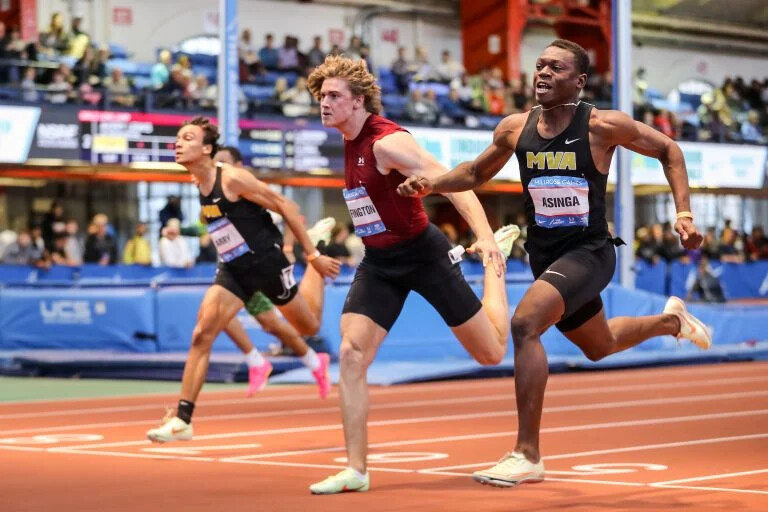
Incredible 2023 high school season
Asinga’s is one of the highest-profile doping cases in recent years. After running personal bests of 10.44 seconds in the 100m and 20.76 in the 200m as a junior in 2022 at Principia High School in Missouri, Asinga transferred to Montverde Academy in Florida for his senior year, where he improved enormously and produced one of the greatest seasons ever by a high school sprinter.
During the 2023 indoor season, Asinga won national high school titles in the 60m (6.59) and 200m (20.48) at New Balance Nationals, tying the national record in the former event (he ran 6.57 in the semis) and breaking the national record in the latter. Outdoors, Asinga ran a wind-aided 9.83 in the 100m to defeat Noah Lyles, who would go on to win the world title in that event four months later. Asinga, who was born in the US but represents Suriname internationally, then ran 19.97 in the 200m in April (#2 all-time among US high schoolers) and 9.89 in July to win the South American 100m title in Sao Paulo, Brazil. The latter time ranked Asinga in a tie for ninth in the world in 2023. It was also a world U20 record and was the first time a US high school athlete had broken the fabled 10-second barrier.
Now that world U20 record has been stripped as Asinga finds him at the center of controversy. The 43-page decision in his case released by the AIU presents only two possible versions of events.
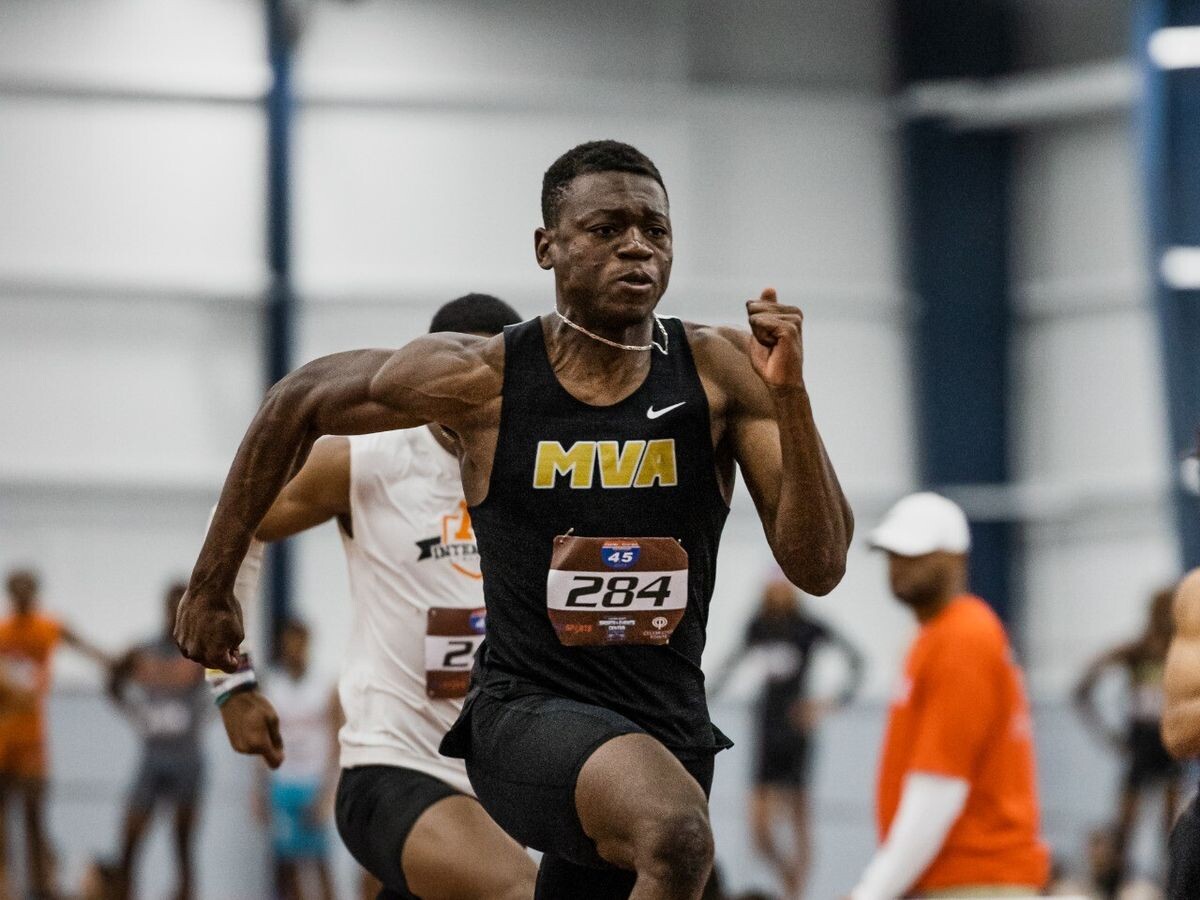
Option A: An 18-year-old was caught doping barely a month after being added to the international testing pool. Then he or someone in his camp tried to cover up his doping by manipulating evidence and defaming Gatorade, one of the world’s largest sports nutrition companies.
Option B: One of the greatest sprint talents in history was unjustly banned after consuming a tainted supplement given to him by one of the most famous brands in sports.
Neither picture is particularly rosy for the sport of track & field, but one of them must be true. After reviewing the evidence, the AIU and its disciplinary tribunal is clear which version it believes: Option A. As a result, Asinga is banned from competition until 2027 barring a successful appeal to CAS.
Background: Asinga enters the testing pool
Most high school track athletes, even elite ones, are rarely drug-tested. But by the spring of 2023, Asinga was running so fast it was becoming clear he could be a factor at that summer’s World Championships in Budapest. He was added to the World Athletics Testing Pool on June 1.
Asinga was tested on June 11 and returned a negative result. He was tested again out-of-competition on July 18 (in his training base of Clermont, Fla.) and again at the South American championships on July 28. The July 18 sample tested positive for GW1516, a banned substance that modifies how the body metabolizes fat and has been found to cause cancer. Specifically, Asinga’s sample tested positive for low levels of two metabolites of GW1516 — a metabolite is a substance produced when the body breaks down a specific drug. In this case, Asinga’s urine contained the GW1516 sulfone metabolite (at a concentration of 0.2 nanograms per milliliter in both his A sample and B sample) and the GW1516 sulfoxide metabolite (at a concentration of 0.5 ng/mL in his A sample and 0.4 ng/mL in his B sample).
On August 9, Asinga was informed of his positive test and provisionally suspended from competition. Shortly after, in an effort to prove his innocence, he began sending his supplements to be tested for contamination at the Sports Medicine Research and Testing Laboratory (SMRTL), a WADA-accredited lab in Salt Lake City. The first supplement Asinga sent, melatonin gummies, tested negative. Asinga then sent a larger set of supplements, including Airborne and Skratch Lab Hydration packets as well as Gatorade Immune Support Gummies and Gatorade Recovery Gummies, two new products he had received at the Gatorade National Athlete of the Year ceremony on July 10.
All of the supplements tested negative for GW1516 except the Gatorade Recovery Gummies. In December, SMRTL informed the AIU that of the five gummies tested, four were positive for GW1516. That much, the parties agree on. From there, the narratives diverge.
Contaminated during manufacturing or as part of a coverup?
Asinga said he began taking the Recovery Gummies shortly after the ceremony on July 10 — initially two per day, then less consistently before traveling to Brazil for the South American championships on July 25. He said he did not take any gummies to Brazil. Asinga declared the gummies as a supplement on the doping control form for his July 18 test and said he had no concerns about the gummies because the container carried the NSF Certified for Sport label.
Greene said the AIU was initially reluctant to share the results of the SMRTL analysis with Asinga because it viewed the test results of products from an opened container as unreliable. (LetsRun.com reached out to the AIU for comment on June 2 but had not received an answer as of publication).
“Normally, SMRTL’s process and the AIU’s process is if there is a preliminary finding in a supplement, they don’t initially just tell the athlete straight away,” Greene said. “They try to go and find their own sealed version and test that too and then go to confirmation testing.”
But neither SMRTL nor the AIU could find a sealed version from the same lot number as Asinga’s gummies. So, after several weeks, the AIU relented and shared the news that the Gatorade Recovery Gummies had tested positive for GW1516. Asinga said he felt he was on his way to clearing his name.
“I was like okay, boom,” Asinga told LetsRun.com. “When I got that message, I was like, okay, finally we’re going to move forward.”
But the AIU did not agree with Asinga’s assessment and hinted at something far more sinister. In the disciplinary tribunal hearing, which took place over Zoom on April 30, Martial Saugy, former director of the WADA-accredited lab in Lausanne, Switzerland, served as an expert witness for the AIU and noted that the exterior of the gummies contained much higher concentrations of GW1516 than the interior of the gummies.
“I cannot see how these results would be consistent with a contamination during the manufacture of the gummies,” Saugy said. “These results point to an adulteration of the gummies at a later stage.”
Another key point: Asinga had opened both containers of gummies before sending them to SMRTL. And in SMRTL’s analysis, it noted a “large discrepancy” between the concentration levels of GW1516 between the containers. The two gummies tested from the first container each featured a concentration of at least 610 ng of GW1516 per gummy. Meanwhile of the three gummies tested from the second container, the highest concentration of GW1516 was 1.5 ng per gummy, and one of the gummies did not test positive for GW1516 at all.
This fact left open the possibility for manipulation; to be satisfied of his innocence, the AIU demanded to see a positive test from a separate, sealed container of gummies from the same lot number as Asinga’s.
Separate lot numbers bring questions
This is where things get complicated. The lot number printed on Asinga’s gummy containers was 22092117150234. NSF has issued a statement saying this lot number was not NSF Certified and the NSF Certified mark was being used without authorization. As part of the case, the Lausanne lab did test a sealed container of Gatorade Recovery Gummies, which tested negative. But that container was from a different lot number — lot 22092117150213, which was one of the lots that did receive NSF certification.
The gummies were not manufactured directly by Gatorade, but rather by a company contracted by Gatorade called Better Nutritionals, who manufactured the gummies for Gatorade at its plant in Gardena, Calif. As part of its case, the AIU called a former Better Nutritionals employee as a witness who testified that, for all intents and purposes, lots 22092117150234 and 22092117150213 were identical. This witness, referred to only as Witness B in the decision, made the following argument:
Witness B said lots 22092117150213 and 22092117150234 were part of the same batch of 20,000 jars’ worth of gummies cooked on the same day. That batch of 20,000 jars was separated into two lots: 7,500 jars (lot 22092117150213) would enter the marketplace immediately without the NSF Certified for Sport logo, of which a few would be sent to NSF for testing. The remaining 12,500 jars (aka lot 22092117150234, which included the gummies Asinga received) would be held back and given the NSF Certified logo predicated on NSF testing on lot 22092117150213.
Before NSF testing had been completed, lot 22092117150213 entered the marketplace without the NSF Certified logo.
By October 4, the 12,500 jars from lot 22092117150234 had been labeled NSF Certified. On October 18, Better Nutritionals received confirmation that lot 22092117150213 had been granted NSF certification, which was confirmed on the NSF website.
As proof that the two lots were part of the same batch, Witness B noted that the first six digits of the lot number, which refer to the cook date, were identical: 220921, or September 21, 2022. Furthermore, Witness B said the seventh digit refers to the specific production line used at the factory. Again, both were the same — 1, referring to the first production line.
Witness B said it would not be feasible to produce two separate batches on the same day, noting that a batch with 20,000 jars’ worth of gummies would take roughly 19 hours to complete with a minimum of eight hours to clean the production line between batches.
Witness B and another witness from Better Nutritionals (Witness A) noted there was no logical source for contamination as GW1516 is not an ingredient of any of the other products manufactured in the Gardena plant.
To simplify: one lot of 7,500 jars (lot 22092117150213) was NSF Certified but did not bear the NSF label. Another lot of 12,500 jars (lot 22092117150234) was not NSF Certified but did bear the NSF label, and that is the lot Asinga’s gummies came from. Better Nutritionals claims the two lots were cooked as one large batch of 20,000 jars, and as a result, the fact that one lot was NSF Certified means that both lots should be considered NSF Certified.
To represent him in his appeal, Asinga hired Greene, the sports lawyer who previously represented Jarrion Lawson, Shelby Houlihan, Peter Bol, and many others in their high-profile doping cases. Greene said he does not buy Witness B’s argument.
“There’s no such thing as two lots of the same,” Greene told LetsRun.com. “They’re not the same. Every lot is separate according to NSF and according to FDA rules.”
After it was informed of Asinga’s positive test by the AIU, the NSF conducted its own investigation and issued the following public notice on June 4:
Gatorade® Immune Support Gummies (citrus; lot number 22091937150233) and Gatorade® Recovery Gummies (cherry; lot number 22092117150234), manufactured by Better Nutritionals LLC, have been found in the public domain bearing the NSF Certified for Sport® Mark without authorization. These specific lot numbers, for these products, have not been tested, evaluated or certified by NSF and are not authorized to use the NSF certification mark or make any claims of NSF certification.
Furthermore, Greene noted that Witness B was terminated for cause by Better Nutritionals in December 2022 — the same month Better Nutritionals filed for bankruptcy.
Asinga asked a representative at Gatorade for a sealed container from lot 22092117150234 — the lot from which Assinga’s gummies came — but was informed that Gatorade Recovery Gummies had been discontinued for “manufacturing reasons” (Witness A said the gummies were discontinued because Better Nutritionals went bankrupt). The AIU and SMRTL also requested sealed containers from the same lot, yet Gatorade/Better Nutritionals only made containers from lot 22092117150213 available. Greene says that makes no sense. If the two lots are identical, Greene argues, why not send one from the same lot number as Asinga’s?
“Somehow they had several sealed versions from the 7,500 lot but nothing from the 12,500 lot,” Greene said. “I find it hard to believe they don’t have anything out there and it was an intentional choice to withhold it. It had to be. Why else wouldn’t they give us one from both? What’s the difference?”
If Gatorade has no sealed version, Greene says, they are in violation of FDA regulations, which state that supplement manufacturers must hold reserve samples from each lot they produce.
by Jonathan Gault
Login to leave a comment
Shalane Flanagan Finds Her Sweet Spot With College Coaching
She’s juggling the University of Oregon women’s distance runners, the Bowerman Track Club, and a young family.
Before she gives a new workout to her University of Oregon athletes, Shalane Flanagan will try it out herself.
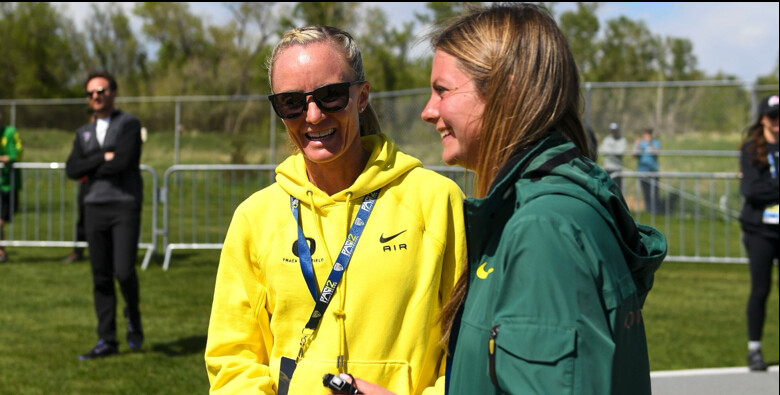
During cross-country season, it was a 5-mile tempo loop. Was it too hilly? Were the turns too sharp? In April, she was “messing around at the track one day,” as she described it, when she attempted a descending ladder of mile-800-600-400 at 10K-5K-3K-1500 pace with a short jog recovery.
“Yeah, that’s really hard,” she thought to herself. “But I think if they did that twice, it would make 10K runners feel really prepared.” Her goal with the experimentation is to make sure a workout is “feasible, but not outlandish” before her runners do it.
Few distance coaches in the NCAA are doing what she does, testing hard workouts, although Flanagan, 42, is quick to say that she does not hit the same splits her athletes do. Her boss, Oregon head coach Jerry Schumacher, is not so sure. “I see her out running every now and then, holy cow, she’s flying,” he told Runner’s World, quipping that it’s too bad she’s used up her NCAA eligibility.
Fewer still have the credentials that Flanagan, a four-time Olympian, has. She was the Olympic silver medalist in the 10,000 meters in 2008 and the 2017 New York City Marathon champion. Since she retired in 2019, she stayed on as an assistant coach with the Bowerman Track Club, a Nike pro group also coached by Schumacher that she ran for in the latter stages of her career.
That experience gives her credibility with her runners. So when she tells her athletes that they’re ready to handle a workout or race a certain time, they believe her.
“I don’t like to refer back to myself a lot,” she said in an interview at her home, a large 1920s colonial about a half mile from Hayward Field. “But I’ll say, ‘Hey, I’ve had experience with this,’ and I think they know, when I’m giving them advice, it’s not a hypothetical. I’m not projecting or guessing.
“They know it’s coming from a genuine place, because I’ve lived it,” she added. “I think that can be helpful with their confidence.”
Multiple full-time jobs
Flanagan had been living near Portland, Oregon, with her husband, Steve Edwards, and toddler son, Jack, when Schumacher was hired as the head coach of Oregon in Eugene, two hours south, in the summer of 2022. He brought Flanagan on as an assistant coach, while both kept their responsibilities with the Bowerman team, which also moved to Eugene. It was a lot.
Those early days for Flanagan—getting to know 11 female distance runners on the team, developing their training, learning the ever-changing NCAA rules, recruiting—were exhausting. And that was before they adopted a second child, Grace, as a newborn, in January 2023. They had only hours notice before Grace’s arrival.
Flanagan gets childcare help for Jack, almost 4, and Grace, 1, from a variety of babysitters and her parents. Her father, Steve Flanagan, and her stepmother visit often. One time, Flanagan had some team members’ parents visiting, and she turned around to see her dad showing them her Olympic medal. “What are you doing?” she asked him. “Put that away, that’s embarrassing.”
About three months in, when Schumacher asked her how she was handling the workload, she told him she was overwhelmed. “I’m really tired,” she said, “but this is the most fun I’ve ever had professionally. Like, I really love this job. I really love college athletics.”
Schumacher gave her full autonomy to write the training for Oregon’s women. And unlike with the Bowerman program, which former runners have said did not have much variation depending on the athlete, Flanagan has personalized training at Oregon for each individual. Some athletes on her team run as little as 25 miles per week, others go as high as 75.
One cornerstone of her training is the weekly long run on Sundays, and most weeks it has some structure to it, with tempo portions or a fartlek. For most of the team, the distance ranges from 12 to 16 miles, depending on the person.
When she first arrived in Eugene, she wrote the training with ranges in mileage. Easy days, for instance, she’d have her runners do 6 to 8 miles, depending on how they felt. They didn’t like that. They wanted an exact number. Getting them to trust themselves, listen to their bodies, and know the difference between muscle soreness and a potential injury has been one of her biggest challenges.
“I have tried to instill in them that they need to learn their body,” she said. “Like, I’m not in their body—they need to take stock and learn how to read their body. It’s one of the greatest skills and assets I felt like I had [as a runner].”
Flanagan tries to run with various groups at least one day per week on their easy runs. “It’s fun to run with the coach,” said Klaudia Kazimierska, who was fourth in the 1500 meters at the NCAA outdoor championships in 2023. “She’s a great inspiration, and she was a great athlete. She tries to give us a lot of information—and she tries to show us that running is so fun.”
Flanagan finds it easier to learn about her athletes when they’re on the run instead of sitting down and looking at one another. She’ll pick up vibes about what’s going on with them and urge them to limit their social media, especially when it comes to training.
“They devour information about what everyone else is doing,” Flanagan said. “I tell them, ‘You’ve got to be careful what goes in your head.’ I don’t follow any other kids from any other programs or any other coaches. I think it would undermine my intuitiveness. I don’t want to know.”
At the same time, she finds her college athletes much more professional than she was as an undergraduate at the University of North Carolina, when she worked hard, but also focused on her classes and other parts of college life. Not these women. “If anything, I’m like, ‘Yo, you’ve got to chill out. You’ve got to dial this back,’” she said. “They’re really into their running and I don’t have to nudge or push. They are really on top of it. It’s kind of freaky.”
Mixed results
Flanagan’s approach has yielded immediate results, but some athletes have had setbacks as well.
Last year, four qualified for the NCAA outdoor championships in the distance events, from 800 to 10,000, including three who made the final in the 1500.
Early in the 2024 outdoor season, the Ducks seemed destined to have more in this year’s championship meet, which started June 5 at Hayward Field.
At the end of March, Maddy Elmore set a school record in the 5,000 meters, running 15:15.79. Two weeks later, Şilan Ayyildiz, a transfer from the University of South Carolina who had been at Oregon for only about three months, ran 15:15.84.
Ayyildiz lines up at the NCAA championships this weekend, along with Kazimierska and Mia Barnett in the 1500 meters, and a freshman steeplechaser, Katie Clute. But Elmore sustained an injury to her soleus in late April and was unable to run in the qualifying meet for NCAAs. Flanagan’s total is again four athletes at NCAAs. She had hoped to have at least one qualifier in every event distance event.
In her short tenure, she has seen how college students have to grapple with stress, classes, finals, and in some cases, anxiety. They pick up illnesses. The big result doesn’t always come at the right time—if it comes at all. “I see these things and I see how they move and handle the work, but sometimes in this season, I may not get the performance in a race,” she said. The coach is still learning.
A busy summer
Elmore might be back in time to race the Olympic Trials, which begin on June 21. Kazimierska will go home to Poland and hope to make the Polish Olympic team in the 1500 meters. As soon as the season is over, Flanagan will turn more of her attention to the Bowerman team, which currently has three women: Karissa Schweizer, Christina Aragon, and Kaylee Mitchell. The club had several departures from the men’s and women’s side after Shelby Houlihan’s doping ban in 2021 and the move to Eugene in 2022.
It’s been difficult for Flanagan to watch the turnover, especially as some of the athletes she’d trained alongside for years, like steeplechaser Courtney Frerichs, left. They’re friends.
At the same time, Flanagan understands it. She changed coaches a few times herself during her career. It would be selfish for her to expect them to stay.
“Especially at the end of a career, to eke out those last big performances, sometimes you need a change of scenery,” she said. “I actually think it’s healthy to get different training, a different stimulus. Sometimes you can fall into this monotony and it feels stale especially if you’ve been doing it for a while.”
When she heard from athletes that they were thinking of leaving Bowerman, Flanagan jumped in with suggestions.
Her coaching brain took over to help.
“At the end of the day, I want them to be successful and happy,” she said. “So when they expressed maybe needing a change, I’m like, ‘Okay, let’s work through this. What are your plans? I don’t want you to leave and aimlessly not have a plan. What does that look like, what do you want to do?’ It’s a natural evolution.”
by Runner’s World
Login to leave a comment
Cooper Teare And Weini Kelati Win 2024 USATF Cross Country Titles
Weini Kelati and Cooper Teare earned convincing victories at the 2024 USATF Cross Country Championships, held on Saturday at Pole Green Park in Mechanicsville, Va. Running just six days after setting an American record in the half marathon in Houston, Kelati took off just after 4k and destroyed the field, running 32:58.6 for the 10k course to win by 37.3 seconds — the largest margin of victory since Aliphine Tuliamuk‘s 48.2 in 2017.
Teare took a different approach, staying patient as former University of Colorado runner turned Olympic triathlete Morgan Pearson pushed the pace during the second half of the race. Teare was the only one to go with Pearson’s move at 8k and made a strong move of his own at 9k that allowed him to cruise to victory in 29:06.5. 2020 champion Anthony Rotich of the US Army was 2nd in 29:11.6 as Pearson hung on for 4th. Teare’s training partner Cole Hocker was 12th in 29:52.3.
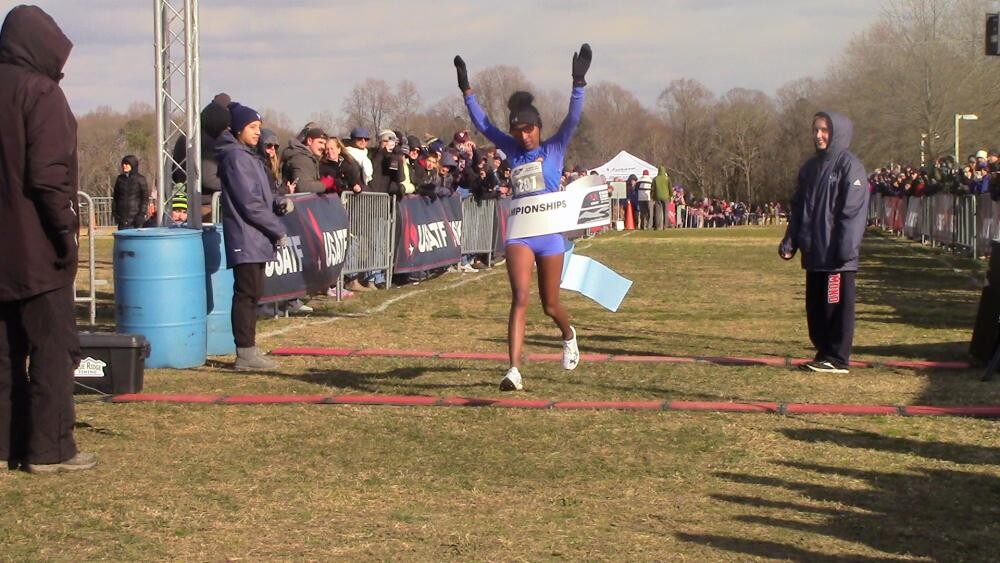
The top six finishers in each raced earned the right to represent Team USA at the World Cross Country Championships in Belgrade, Serbia, on March 30. Kelati’s coach/agent Stephen Haas told LetsRun last week that Kelati plans to run there while Teare’s agent Isaya Okwiya said Teare’s plans are still TBD.
High school junior Zariel Macchia of Shirley, N.Y., won the women’s U20 race in 20:31.0 for the 6k course; Macchia previously won the title as a freshman in 2022. Notre Dame freshman Kevin Sanchez won the men’s U20 title in 24:07.1 for the 8k course.
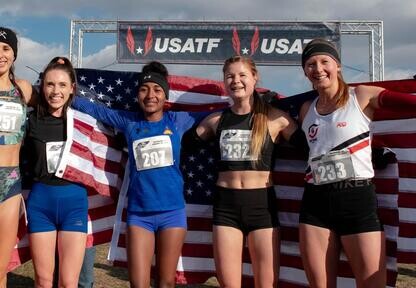
Cooper Teare shows his range with impressive victory
Teare was the 2021 NCAA 5,000m champion at the University of Oregon and has shown that his range extends both up and down the distance spectrum. Teare is the NCAA mile record holder at 3:50.39 and was the 2022 US champion at 1500 and now he is the US cross country champion. That sort of range has become increasingly common on the international level but in the US, it’s rare for a 1500 guy to run USA XC, let alone win it. Teare is the first man to win US titles at both 1500 meters and cross country since John Mason in 1968, and even that comes with a caveat as the US championships were separate from the Olympic Trials back then. Before Mason, the last guy to win both was Abel Kiviat (cross country in 1913, US mile title in 1914). You all remember him.
On the women’s side, Shelby Houlihan, since banned for a doping violation, won USA XC and the US 1500 title back in 2019.
Teare’s coach Ben Thomas told Carrie Tollefson, who was calling the race for USATF.TV, that the aim of this race was just to see where his fitness was at against a top field. Clearly, it’s very good. In his first race since leaving the Bowerman Track Club after the 2023 season, Teare, wearing a bright pink undershirt beneath his Nike singlet, ran with the lead pack until Morgan Pearson began to string things out just before entering the final 2k loop. As opposed to Pearson, who was giving it all he could to drop the field, Teare looked relaxed and in control, and at 9k he eased past Pearson into the lead before dropping the hammer to win comfortably. It was a smart run and an impressive display of fitness.
Teare may also have slayed some demons from his last cross country race in 2021, when he crawled across the finish line in the final meters. Now he’s gone from 247th at NCAA XC to a national champion.
Teare’s plans for the rest of the winter are up in the air. He will run in a stacked 2-mile at Millrose on February 11 against the likes of Grant Fisher and Josh Kerr before competing at USA Indoors a week later. World Indoors could be an option if he makes the team — as could World XC, if he wants it. No matter what he chooses, Saturday’s run was a great way for Teare to kick off the Olympic year.
Weini Kelati demolishes the competition
On paper, Kelati, who runs for Under Armour’s Dark Sky Distance team in Flagstaff, was the class of this field. The only question was whether she would be recovered from racing hard at last weekend’s Houston Half Marathon, where she set the American record of 66:25. The answer was a definitive “yes” as Kelati, after running with the leaders for the first 4k, dropped a 3:05 5th kilometer to break open the field. From there, her lead would only grow to the finish line as she won by a massive 37.3 seconds over runner-up Emma Hurley.
Kelati was not at her best heading into last year’s World XC in Australia as she had missed some time in the buildup due to injury. She still managed to finish a respectable 21st overall. Her aims will be much higher for this year’s edition in Belgrade.
Kelati also made some history with her win today. She’s the first woman to win Foot Locker, NCAA, and USA cross country titles.
by Jonathan Gault
Login to leave a comment
USATF Cross Country Championships
About USATF Based in Indianapolis, USA Track & Field (USATF) is the National Governing Body for track and field, long distance running, and race walking in the United States. USATF encompasses the world's oldest organized sports, the most-watched events of Olympic broadcasts, the number one high school and junior high school participatory sport, and more than 30 million adult runners...
more...Canadian Olympian Andrea Seccafien to debut at Tokyo Marathon
After reaching the Tokyo Olympic 5,000m final in 2021, the next two years were a whirlwind for Canadian 10,000m record holder Andrea Seccafien. The 33-year-old suffered a root meniscus tear in early 2022, then a stress fracture in 2023, and at times, contemplated calling it a career to go back to school. She felt like she was missing something and had one final box to check as a runner: the marathon.
“The plan has always been to move up to the marathon,” says Seccafien. “I will be running the Tokyo Marathon on March 3.”
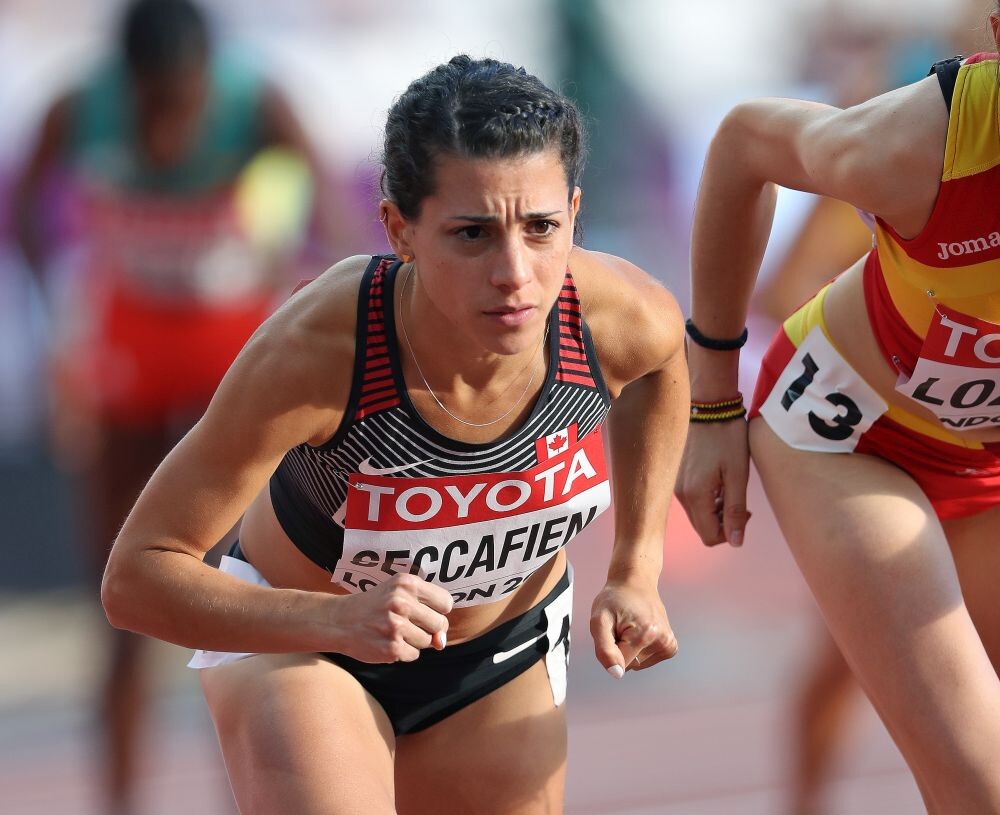
Seccafien told Canadian Running that she wants to be on the Canadian Olympic team for the marathon in Paris: “The Olympic standard [2:26:50] is the goal in Tokyo. I would not be running the marathon if my coach and I did not think it was possible.”
There were a lot of changes for Seccafien last year, who moved from Melbourne, Australia, to Portland, Ore., and back to Melbourne. She left Nike Bowerman Track Club in November 2023 after two years of training under coach Jerry Schumacher. She joined the group with fellow Canadian Lucia Stafford in November 2021 (who also subsequently left the club).
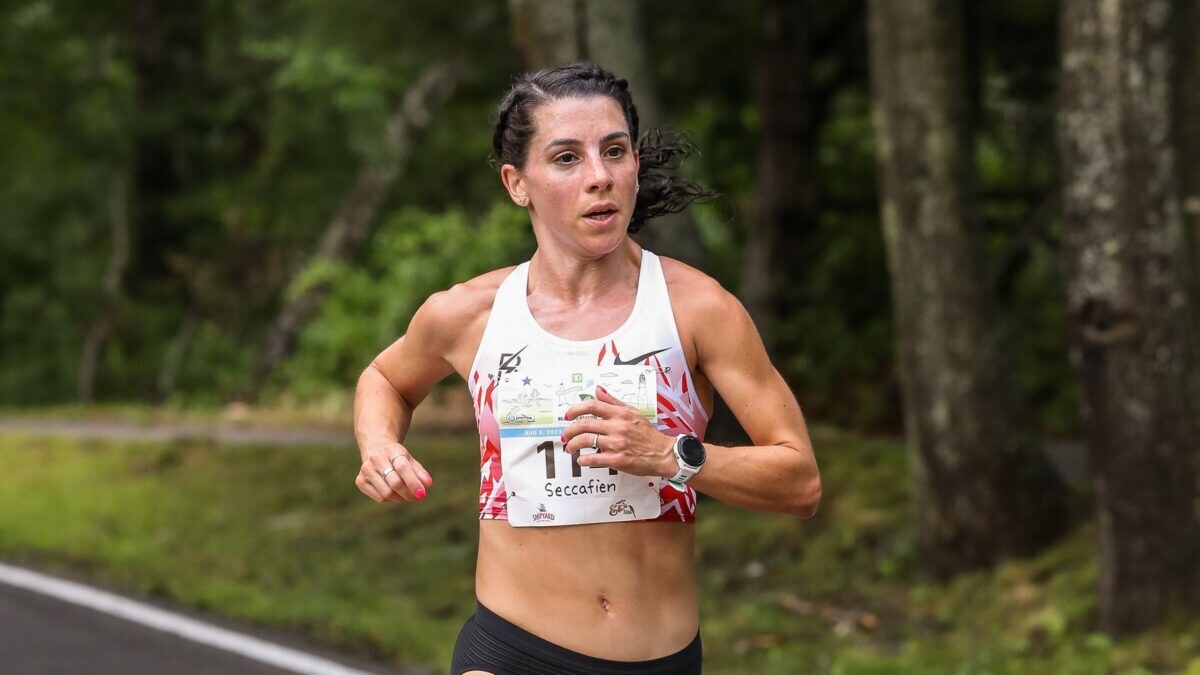
Seccafien says she left Bowerman on good terms. “It wasn’t anything with Jerry; I just did not have a community in Portland or Eugene,” she says. “My life was in Australia, and not in the U.S.” Seccafien is the ninth woman to leave Bowerman Track Club in the past two years, leaving the team with only two women on their roster, according to their website.
When asked about the downfall of the Bowerman team and the timeline around Shelby Houlihan’s doping suspension, Seccafien said that Gabriela DeBues-Stafford was the only athlete who left for that reason specifically: “No one else thought that way about Shelby,” she says. “Everyone in the club has been open with each other’s decision, and I think everyone left for many different reasons.”
“When I joined, I thought running the marathon there would work with Bowerman. Jerry doesn’t have time to coach a marathoner; you’d essentially be training on your own,” says Seccafien. Schumacher took a role with the Oregon Ducks group in Eugene, Ore. (two hours from Portland) while still coaching the Bowerman group. “It’s now a totally different environment than when I joined.”
Since returning to Melbourne, Seccafien has begun working remotely with Canadian physiologist and coach Trent Stellingwerff, who also coaches Olympians Natasha Wodak and DeBues-Stafford. “I wanted to find someone willing to coach me remotely and to give me some stability in my life again,” she says. “Trent calls the shots on mileage, and I just follow his plan. Our training is based more on intensity rather than miles.”
Seccafien says she now does most of her training on her own, with her partner, Jamie, occasionally joining her on the bike. “Like everyone, I’ve started doing double threshold workouts, and Jamie, who’s an exercise physiologist, will test my blood lactate.”
Seccafien told Canadian Running that training has not been easy. “There were a lot of lows. I felt like I had retired at times,” says Seccafien. “I could not put any load on my knee for four months to recover from my meniscus surgery… I could only swim, but could not kick my legs.”
She says it was great when she was finally able to run again, but shortly after, she got a stress fracture –another huge low. “Now, I’m just trying to stay consistent and take things as they come,” she says. Seccafien is seven weeks out from the 2024 Tokyo Marathon, where she will be in the elite field alongside Chicago and London marathon champ Sifan Hassan, whom Seccafien last ran against in the 5,000m final at the Tokyo Olympics (where Hassan won gold).
by Marley Dickinson
Login to leave a comment
Tokyo Marathon
The Tokyo Marathon is a world-renowned annual marathon held in Tokyo, Japan. As one of the prestigious Abbott World Marathon Majors, it attracts elite and amateur runners from around the globe. The race holds World Athletics Platinum Label status, recognizing its high competitive standards, top-tier organization, and international appeal. Sponsored by Tokyo Metro, the Tokyo Marathon has grown into one...
more...World championship silver medalist suspended for evading doping test
On Monday morning, the Athletics Integrity Unit (AIU) announced the provisional suspension of Jamaican 400m runner and 2022 world championship silver medalist Christopher Taylor for evading and refusing to submit to a sample collection, stemming from an incident in November 2022.
Taylor, an Olympic and World Championships finalist in the men’s 400m, may face a four-year ban if he is found guilty; he has not competed since Aug. 30, 2022. At the 2022 World Championships, he anchored the Jamaican 4x400m team to a silver medal.
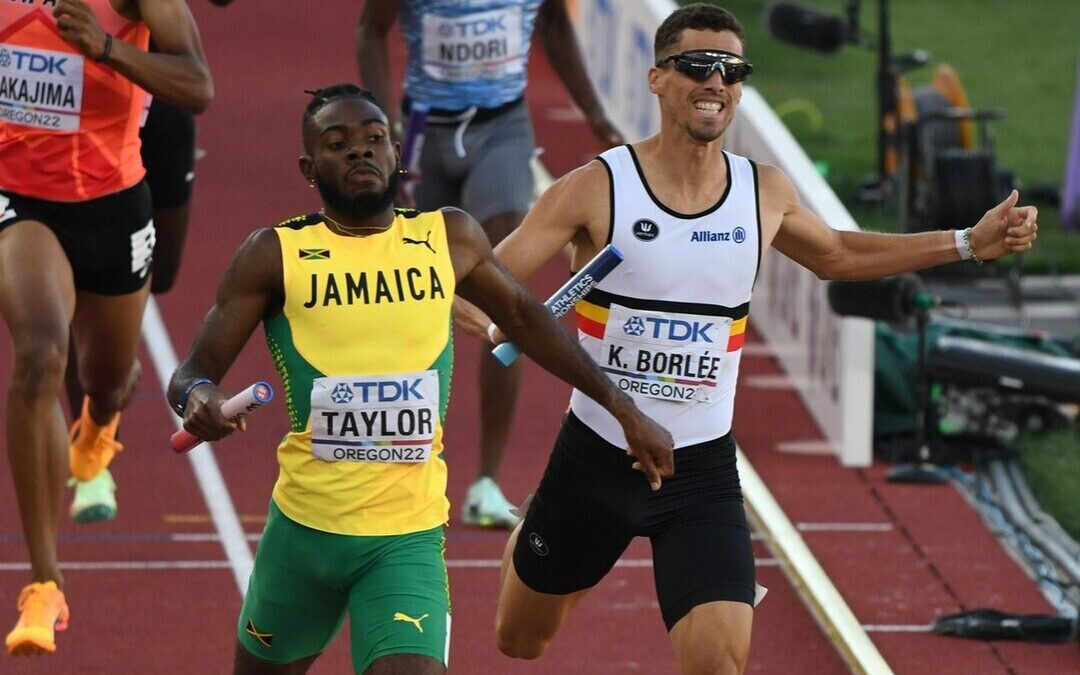
The suspension
According to the Jamaica Observer, Taylor was contacted in November by anti-doping officials, who had turned up to conduct a test at his home in Kingston, Jamaica (the location he had indicated on his whereabouts form). When the officials arrived, Taylor was at the Norman Manley International Airport in Kingston, waiting to catch a flight to the U.S.
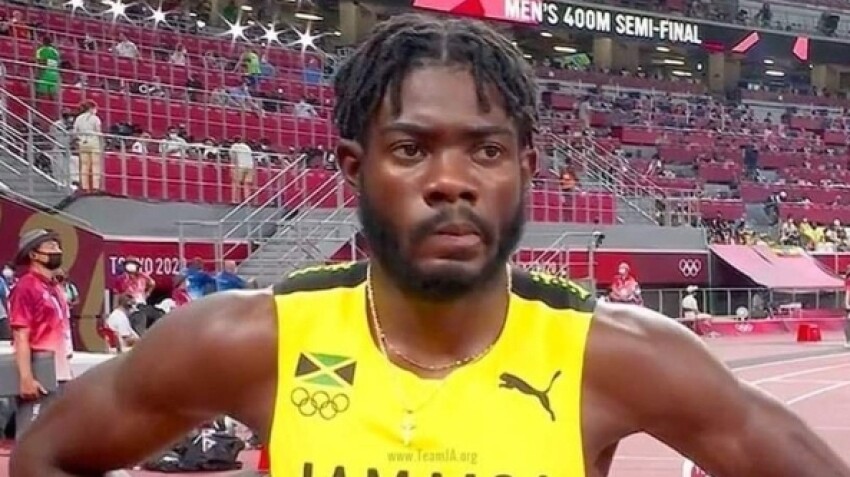
If an athlete is not where they say they are when anti-doping officials show up, it counts as a missed test. Typically, a first or second offence does not carry any penalty, but if an athlete misses three tests during a 12-month period, that constitutes a whereabouts violation, resulting in an automatic period of ineligibility.
However, in Taylor’s case, he is believed to have violated WADA Anti-Doping Code Article 2.3, which speaks to purposely “evading, refusing or failing to submit to sample collection,” resulting in a mandatory two- or four-year ban. If Taylor can establish that the rule violation was not intentional, the period of ineligibility may be reduced.
Taylor’s case
Sports lawyer Paul Greene, who has previously represented high-profile athletes, Shelby Houlihan and Peter Bol, has been representing Taylor. In the interview with the Jamaica Observer, Greene says that upon discovering that Taylor was at the airport, the doping control officer tracked him down, but Taylor refused to test because he didn’t want to miss his flight. Taylor assumed this would simply count as one of an allowable three whereabouts violations, and Greene claims Taylor would have consented to the test if he’d known his behaviour would be interpreted as an attempt to avoid being tested.
Before being notified of the suspension, Greene admitted there are some grey areas in the interpretation of rules differentiating a whereabouts failure from an attempt to evade testing, and that Taylor could either avoid any penalty or be slapped with a multi-year ban.
by Running Magazine
Login to leave a comment
Pro triathlete takes shots at Olympians after doping ban
Ironman champion Collin Chartier said he won't blame a "tainted burrito or tainted COVID vaccine" for his positive EPO test.
American professional triathlete Collin Chartier was handed a three-year ban from competition on Monday after a positive result for erythropoietin (EPO) in a random drug test from February. The Ironman champion took to Instagram to address the positive test, stating that he was not going to make excuses, instead admitting his guilt. At the end of his apology note, Chartier took blatant shots at Olympic runners Shelby Houlihan and Zane Robertson, both of whom have faced doping bans in recent years.
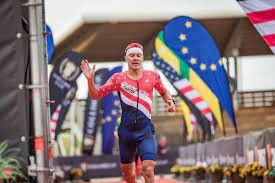
Shots fired
“I am not going to give myself or anyone else the bullshit excuse like a tainted burrito or tainted COVID vaccine,” Chartier wrote. The “tainted burrito” was a reference to Houlihan’s post-doping-ban excuse in June 2021, while the COVID vaccine line was a nod to Robertson’s more recent doping bust in March.
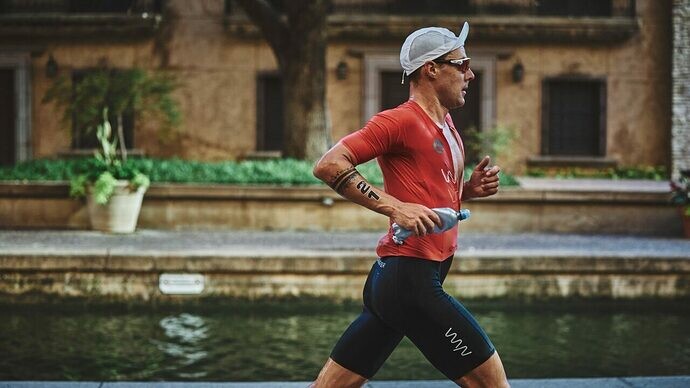
After testing positive for the steroid nandrolone in Dec. 2020, Houlihan claimed it was due to contaminated meat that she ate at a food truck the night before her test. Robertson took a similar route following his ban, blaming his positive test (which occurred in May 2022) on a COVID-19 vaccine he received in Kenya.
Chartier’s apology has not been well received by the triathlon community, with many of his peers going after him online. While there is no excuse for his actions or decision to use EPO, at least he admitted to cheating.
“Tell the whole truth”
Chartier’s apology has sparked an important conversation in the triathlon world surrounding dopers and the help they receive to cheat. Many other pro triathletes have demanded that Chartier take his admission of guilt a step further by exposing anyone who helped him cheat and any other athletes whom he knows have doped.
“Tell the whole truth,” eight-time Ironman champion Ben Hoffman wrote on Instagram. “How did you do it, who helped, who else is involved, and give the full story of why.” Former Ironman world champion Sebastian Kienle commented directly on Chartier’s apology post, writing, “Let me guess, you bought [the EPO on] the internet and also learned how to use it—all from the internet. Nobody helped you, nobody knew.”
These athletes—and many fans—have said Chartier’s apology feels hollow and insincere, since he has yet to identify others who helped him or who are also cheating. They object to any praise he may be receiving for being honest about having cheated, insisting that he has a further role to play in cleaning up the sport. (Robertson admitted to doping after originally making the bogus COVID vaccine excuse.)
Although Chartier said he is retiring, he is now serving a three-year ban from competition. Houlihan was given a four-year ban and is not eligible to race again until 2025. Robertson announced his retirement before his ban was made public, but was still given an eight-year ban.
by Running Magazine
Login to leave a comment
Kenyan marathoner Emmanuel Saina faces three-year doping ban
One of Kenya’s top marathon-distance athletes, Emmanuel Saina, has been sanctioned with a three-year ban from competition for doping, the Athletics Integrity Unit (AIU) announced Monday.
With a marathon PB of 2:05:21 from the 2018 Buenos Aires International Marathon (where he also set the South American all-comers record), Saina was the 16th fastest marathon runner in the world that year, and when he last ran officially at the 2021 Rotterdam Marathon his 2:05:51 finish placed him 40th in the world. Saina won the 2021 Honolulu Marathon in 2:14:30, in race that featured Canadian Olympian Lanni Marchant taking the win on the women’s side.
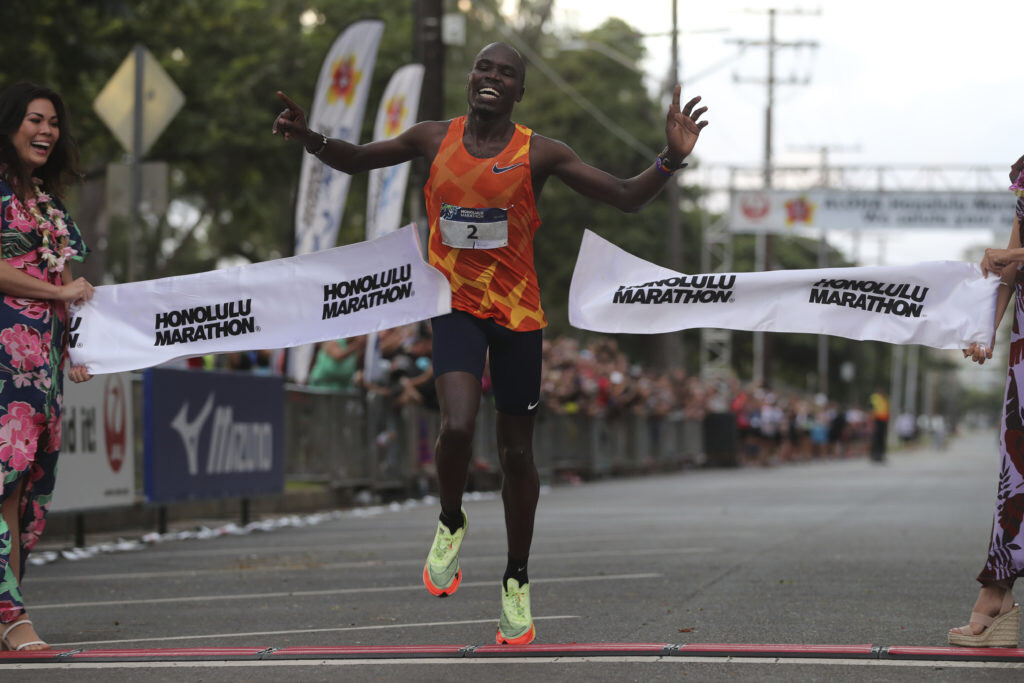
The AIU requested an out-of-competition sample from the athlete in late August, resulting in a positive test for 19-norandrosterone (19-NA), a metabolite contained in nandrolone.
In early September, the AIU notified Saina of the findings of his sample and his violation of the World Anti-Doping Agency’s rules. Saina was also informed of his rights in this situation, which includes the option of admitting to the violation and benefiting from a one-year reduction to his automatic four-year sentence. The AIU received a form of admission and acceptance of consequences signed by Saina on Sept. 17.
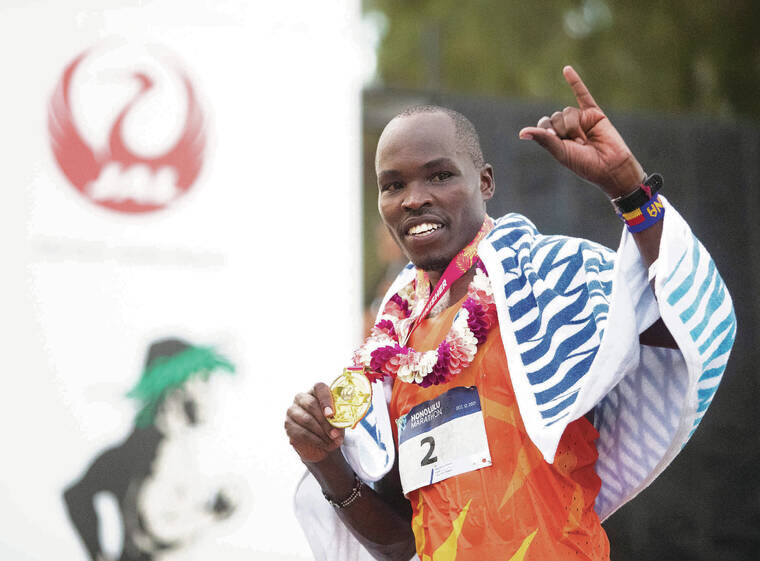
Because of Saina’s early admission, his sentence will receive a one-year reduction, resulting in a period of ineligibility of three years beginning Sept. 9, 2022, and the disqualification of his results since Aug. 17, 2022, including the forfeiture of any titles, awards, medals, points prizes and appearance money. Saina waived his right to have a tribunal or to appeal.
The performance-enhancing nandrolone is also what former American Olympian Shelby Houlihan was sanctioned for in 2021. Houlihan contested her ban, arguing that the substance came from pig offal contained in a burrito she ate the day before her out-of-competition test.
The CAS did not accept her explanation and upheld the AIU’s charge. Houlihan also submitted a hair test and a lie detector test, both supporting her innocence, but these were found to be inadequate.
by Keeley Milne
Login to leave a comment
An Olympian, a burrito, a failed drug test: Former ASU runner Shelby Houlihan looks to rebound after doping ban
On a cloudy, characteristically cool December night in Beaverton, Oregon, Shelby Houlihan, the American record holder in the 1,500 and 5,000 meters, accompanied Courtney Frerichs, the Olympic silver medalist in the steeplechase, and Frerichs’ sister, Lindsey, to an authentic Mexican food truck near her home.
The three ordered carne asada burritos and returned to Houlihan’s house to eat and watch “The Bachelorette.”
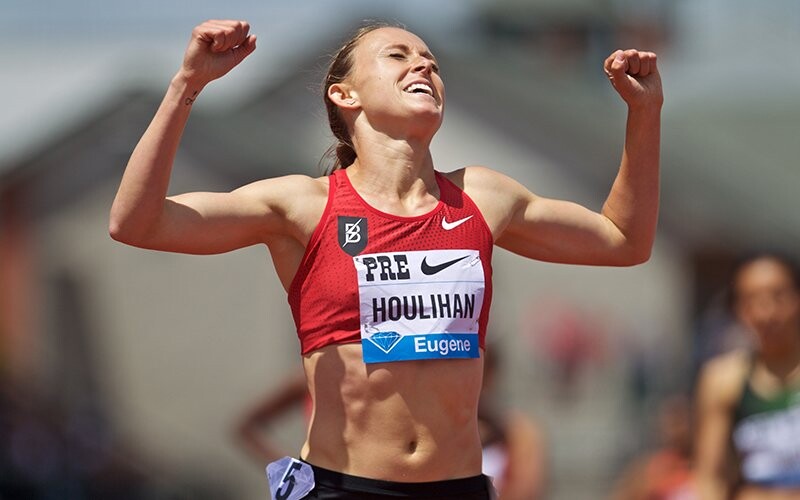
The next morning, on Dec. 15, 2020, the former Arizona State standout was given a random drug test. Weeks later, in mid-January, Houlihan was notified in an email from the Athletics Integrity Unit (AIU) that her urine sample revealed the presence of 19-norandrosterone (19-NA), a metabolite produced by the substance nandrolone – an anabolic steroid prohibited by the World Anti-Doping Agency (WADA).
She was issued a provisional suspension, which set off a cascade of events that led to a four-year ban, knocked her out of the U.S. Olympic Trials leading up to the Tokyo Olympics and will bar her from competing until January 2025 when she will be almost 32.
It is, Houlihan said, “an athlete’s worst nightmare.”
Houlihan, 29, has lost the financial support of Nike. She also saw former teammate Gabriela DeBues-Stafford leave the club rather than risk sanctions because of the Bowerman Track Club continued relationship with Houlihan.
Houlihan said her initial response to the positive test was “shock and disbelief.” She wondered, “How am I going to explain (the presence of a banned substance) when I don’t even know where it came from myself?”
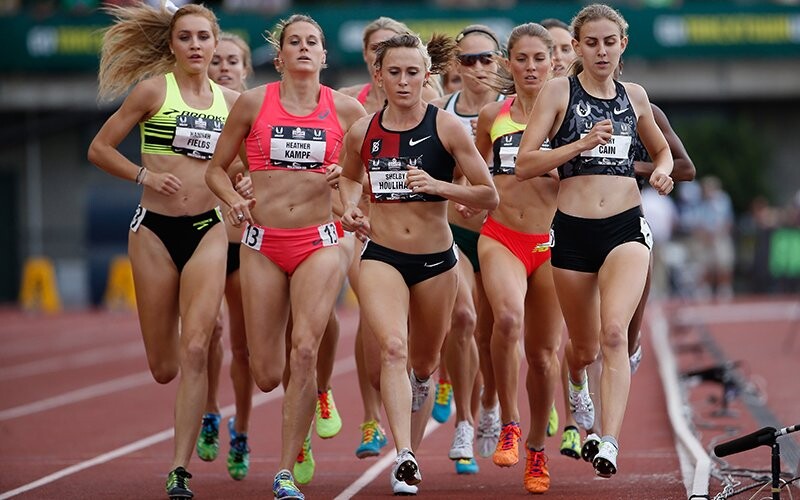
Houlihan was at a high-altitude training camp in Flagstaff when she received the email.
“I opened up my phone to an email that was urgent, confidential and … it was this lab report of scientific words that I could not read,” Houlihan told Cronkite News.
The Sioux City, Iowa, native said she read the email over about 10 times and had to Google which substance triggered the positive test, because she had never heard of nandrolone.
Then she called Jerry Schumacher, her coach at BTC, the professional Nike club that Houlihan had trained with since graduating from ASU in 2015.
“I’m just sobbing and trying to tell him what’s going on, but crying too hard,” Houlihan said.
The long road
Today, Houlihan lives alone in Portland and said she has relied on her former BTC teammates, her boyfriend and her family for support. She does odd jobs, including food delivery, and continues to train with the hope of returning to competition at an elite level.
It is not a situation she envisioned growing up in Sioux City, Iowa, surrounded by runners, including her mother, Connie, and her uncle, Bob Prince, who competed in college.
After winning several state titles at Sioux City East High School, Houlihan continued her success at Arizona State, where she won the NCAA 1,500 meters in 2014 and finished as a 12-time All-American, the second-most in program history.
She holds five school records: the outdoor 800 and 1,500 meters, and the indoor 800, mile and 3,000.
That success set the stage for 2016 Summer Olympics, where she finished 11th in the 5,000 meters and was the highest-placing U.S. runner in the race.
She also finished fourth in the 1,500 meters and set the American record at the 2019 World Outdoor Championships.
More Olympic success felt inevitable.
Shock and disbelief
Elise Cranny, a close friend and former Bowerman teammate of Houlihan’s, remembers that news of the positive test “didn’t really sink in” at first.
“I came back to the house, and I was like, ‘Man, something is very off … something is not right,’” said Cranny, who was living with Houlihan during the camp. “I think the initial reaction from everyone was disbelief, and like, ‘Oh, this is something that’s going to get figured out’ because it’s seriously wrong.”
Schumacher and Houlihan called attorney Paul Greene to “just try to figure out a game plan” and investigate further what could have happened.
The first step was a pregnancy test because nandrolone can be found in pregnant women. After she determined she wasn’t pregnant, Houlihan compiled a log of everything she ate the week before the test. She scoured text messages, bank statements, food receipts and iPhone locations to determine everything she had consumed.
“I was able to piece it together pretty well,” Houlihan said. “And then, ultimately, we just felt like the food truck the night before had to be the most likely source.”
Houlihan wouldn’t name the establishment that served her the burrito because she doesn’t “want to mess with any lawsuit.” However, she isn’t blaming the food truck.
“I don’t think they did anything wrong,” Houlihan said. “I think it just kind of happened.”
While Houlihan and her BTC teammates frequently ate at that food truck, she recalls that she received her order more quickly than usual, and the foil-wrapped burrito was unlabeled.
Houlihan believes she may have been mistakenly given a burrito containing offal (pig organ meat), which can contain nandrolone.
She remembers the meat in the burrito being finely chopped and that grease pooled in the foil. She said it seemed more rich than the burritos she had eaten there before, so much so that she was unable to finish it despite being very hungry after eating little else that day.
“We knew (nandrolone) can be found in pig offal, and we knew that I ate at a food truck that served pig offal 10 hours before (the test),” she said. “And we knew that when you ingest it, it can be at its highest levels 10 hours after ingestion, and that’s the exact kind of time frame that I had eaten that.
“And so as unlikely as all of those things were, it just seemed like the only thing that we could say, ‘All right, this makes some sense,’ and that’s really the only thing that we had to go on.”
Houlihan was the only one among the three who ate at the food truck who was tested.
A search for answers
She provided a hair sample that was examined by a toxicologist and it showed no trace of nandrolone. She also passed a polygraph examination that concluded she was not lying when asked if, at any time, she knowingly or intentionally ingested nandrolone.
Houlihan’s urine tests taken Nov. 22, 2020, Jan. 23, 2021, and Feb. 4, 2021– before and after the positive test – all were negative. She also had her vitamins and supplements analyzed by a lab.
The previous urine tests and the lab report convinced Houlihan that it’s unlikely the positive result was triggered by a supplement or vitamin she was taking. She is still being randomly tested and all of her ensuing tests have come back clean.
She believes that given “the information that we have right now, (the burrito) is the only thing that kind of makes any type of logical sense.”
Houlihan hired a private investigator to trace its sources of meat, but the effort was unsuccessful.
The private investigator found that the food truck owner purchased 30 pounds of pork stomach in a frozen batch from Iowa Beef Processors in September of 2020. However, the owner had no box or label from the meat used in December that could be traced to its processing plant.
And the investigator couldn’t determine whether the owner used pork from a castrated or uncastrated boar. Houlihan’s attorney argued it must have been uncastrated boar meat that triggered her positive test.
When the AIU officially charged Houlihan four months later, the U.S. Olympic Trials, scheduled for June 18-27, were fast approaching. Houlihan decided to go straight to the Swiss-based Court of Arbitration for Sport (CAS) to avoid missing the trials.
The CAS rejected Houlihan’s explanation of what happened and banned her from the sport for four years on June 11, 2021.
Houlihan’s ban lasts until Jan. 13, 2025. She missed last summer’s Tokyo Olympics, the 2022 World Athletics Championships in Oregon, and she’ll miss next year’s World Athletics Championships in Budapest and the 2024 Paris Olympics.
The CAS’s three-member panel found that Houlihan’s “explanation that the 19-NA in her sample resulted from her consumption of the meat of an uncastrated boar simply cannot be accepted. The explanation presupposes a cascade of factual and scientific improbabilities, which means that its composite probability is (very) close to zero.”
Lacking evidence
The panel said that Houlihan failed to prove that the burrito she ate contained boar offal.
“First, the athlete would have had to have been served pork at the food truck despite ordering beef,” the court said. “Second, the pork consumed would not have been ‘normal’ pork product ordered by the food truck, but uncastrated boar. Third, uncastrated boar enters the food chain through completely different channels than pork.”
The panel said that the polygraph result and Houlihan’s hair sample were not “sufficient for the Athlete to rebut the presumption that the ADRV (anti-doping rule violation) was intentional.”
The court also said the concentration of nandrolone in Houlihan’s urine was “2-3 times higher than the highest values reported in the scientific literature after the ingestion of much more significant quantities of meat of mature (uncastrated) boar.”
On June 14, 2021, Houlihan publicly announced she tested positive for nandrolone and would not be competing at the upcoming Olympic Trials. Because Houlihan hadn’t been racing, many thought she was battling injuries instead of serving a provisional suspension.
“And at the end of the day, the panel didn’t think it was probable enough, which is unfortunate,” Houlihan said. “But yeah, I mean, that’s the only thing that we really have as an explanation. I hope at some point, maybe some more information pops up, and maybe it’s something else entirely. I don’t know. But it would be great to have an answer at some point.”
In May, Houlihan appealed the suspension to the Swiss Federal Tribunal.
She lost. It was her last opportunity.
The hardest part to watch, Crany said, “is her getting renewed hope through the appeal process or through different things, and then seeing her kind of have that life back in her eyes again, just for it to come crashing down.”
At one point, Houlihan was offered a reduced sentence – a three-year ban instead of four years – if she admitted guilt.
She refused.
“I never even considered that to be an option, because I knew I didn’t take (nandrolone) intentionally,” Houlihan said. “And I wasn’t going to admit to something that I didn’t do. At least I fought for myself and tried to do the right thing. But taking accountability for something that I didn’t do, it’s definitely not on the table for me.”
Houlihan thinks the system is flawed because the doping agency never had to prove she took a banned substance.
“There was obviously something in my system and I understand that I have a responsibility for what’s in my body,” Houlihan said. “But I think knowing that I never intentionally put it there and (I’m) still having to serve a four-year ban is definitely a flaw in the system. I don’t feel like they did their due diligence in trying to figure out what the truth was. It was just at the end of the day I couldn’t, beyond a reasonable doubt, prove where it came from.”
Houlihan said she believes the burden of proof should be shifted and “split 50-50 between the doping agency and the athlete.” While she believes that she should have to prove what triggered the positive test, she also believes the doping agency should have to prove that she intentionally cheated.
“Just even the playing field a little bit,” Houlihan said. “If you’ve ingested something, it’s almost impossible to try to figure out where that is. Because you’re getting notified a month or two later, I don’t have the source anymore. So it’s just a really impossible task to try to figure out. And I think it’s pretty flawed that if you can’t figure it out, it’s just an automatic four-year ban, and you’re treated like a doper.”
A new normal
Houlihan’s life today includes strong family and friend support.
Cranny said she had a lot of conversations with BTC teammates to make sure Houlihan felt supported.
“What you initially think of is her mental health and someone’s life being completely ripped out from under them and not being able to do what you love to do and what she feels like she’s been born and made to do,” Cranny said. “In the beginning, you worry about her being by herself, and making sure that she has people around her and she feels supported.”
Shelby’s mother, Connie Houlihan, who lives in Phoenix, said she is worried about the mental toll on her daughter.
“You’re afraid of suicide,” Connie Houlihan said. “You know, everything’s a possibility … with depression and with something that critical that they took away from her. You don’t know. Of course, you’re scared to death.”
Connie said a couple of Shelby’s sisters went to be with Shelby right away because they didn’t want her alone. Shelby wouldn’t let her parents come visit, however, because, Connie said, “she was so overcome.”
“I think, if we would have flown there right away, she would have … this is the way she explained it to me, ‘That it would have made it all too real.’
“She was really struggling dealing with it,” Connie said. “She was crying all the time. But I think that was the hardest part for us that we couldn’t just jump on a plane and go and be with her because we respected her decision.”
Chloe Houlihan, one of Shelby’s five sisters, said her sister remained “very resilient through everything.” She said she has tried to be someone Shelby “can talk to when she’s kind of struggling.”
Shelby no longer trains with her BTC teammates, something which Chloe said has been difficult and “a little bit isolating” for her sister.
Until May, Houlihan was paying Schumacher to coach her as an independent athlete, but she confirmed she’s now training entirely by herself – using six years of past training logs as a reference.
“We just felt it was best to maybe cut ties for a little bit,” Houlihan said. “I think there was just a lot of publicity going on around me and him still working together. There was just a lot of scrutiny, I think.”
Some of that publicity and scrutiny was fueled by DeBues-Stafford’s decision to leave BTC because of Houlihan.
A two-time Canadian Olympian who placed fifth in the 1,500 at the Tokyo Olympics, DeBues-Stafford announced in April she left BTC due to Houlihan’s continued ban involvement with BTC at the time.
“Fundamentally, I left the Bowerman Track Club because, despite my best efforts, I was unable to verify that the club was not in violation of World Athletics anti-doping regulations,” DeBues-Stafford said in an interview conducted via email.
DeBues-Stafford was concerned that Houlihan was working out “under the guidance of” the three BTC coaches (Schumacher, Shalane Flanagan and Pascal Dobert) at the same location and times that other BTC athletes were working out while under the supervision of the same coaches.
“While we never did a rep together, there was still what felt to me like an unnecessarily risky proximity between both men’s and women’s teams and an athlete serving a ban,” DeBues-Stafford said.
According to DeBues-Stafford, Houlihan would also use the private gym – built at Schumacher’s residence for BTC athletes to use – at the same time BTC athletes were there under staff supervision.
“Shelby would drive to the Nike campus up to four times a week at the team’s regular time and the starting point for our regular daily runs together so she could run with us,” DeBues-Stafford said. “If she arrived before us, she would wait for BTC athletes at the meeting spot to see if any BTC athletes arrived so she could run with us. These sometimes included long runs. She also ran with the team on a regular basis at altitude camp in Flagstaff.”
Houlihan said she and her attorney inquired about the rules of her ban and were told that she couldn’t go to any practices or work out with anyone on the team, but if she happened to bump into them and they were running at the same place, then she could run with them.
“My attempts to discuss my concerns with team staff were rebuffed, as were the earlier and more sustained efforts of other teammates,” DeBues-Stafford said.
BTC did not receive independent legal advice on the issue, DeBues-Stafford said. She also said Houlihan shared accommodations with a full-time member of BTC staff during the Flagstaff camp, and those accommodations were used for organized BTC athlete support activities.
“When I asked if Shelby’s lawyer had explicitly asked the AIU about her using the same gym as BTC and about how to handle the altitude trip, I did not get a clear response,” DeBues-Stafford said.
DeBues-Stafford said she “independently sought answers,” and reached out to an anti-doping organization to verify that BTC’s collective behavior was within the rules and that there was no liability on anyone other than Houlihan.
According to DeBues-Stafford, “the anti-doping organization could not guarantee that the actions of BTC and Shelby did not constitute a violation, and could not guarantee that other athletes and support staff couldn’t face repercussions either.”
She said the anti-doping agency cited two rules in the World Anti-Doping code and advised her to leave BTC and submit an official anonymous tip to the AIU.
A trying time
While Schumacher and some of Houlihan’s other teammates knew about her positive test in January of 2021, DeBues-Stafford did not learn about Houlihan’s positive test until a couple of days before the team publicly announced the ban about six months later.
“Learning this news in mid-June almost derailed my Olympics,” DeBues-Stafford wrote in an Instagram post in April. “It was a small miracle that I showed up in Tokyo in shape to run sub-four (minutes) twice in 48 hours and place fifth.”
Houlihan said she was “surprised” and felt “blindsided and hurt and confused” by DeBues-Stafford’s social media posts because DeBues-Stafford had not told her about her concerns.
“I never knew that that was a problem for her,” Houlihan said. “And I’m not sure why she didn’t reach out to me. I reached out to her after I read her posts.”
Houlihan said she apologized to DeBues-Stafford for being affected by her situation.
“I think she just felt like she didn’t want to add to what I was going through by bringing it to me, which I don’t agree with, personally,” Houlihan said. “I felt like I would have rather had that conversation with her and I would have been more than glad to try to help that situation for her in any way, instead of what ended up happening. I think that was a lot worse – what ended up happening – than her just coming and talking to me about it.”
DeBues-Stafford has since moved to Victoria, B.C. and is now coached by Trent and Hilary Stellingwerff.
“When I told Jerry (Schumacher) I was leaving BTC due to the lack of separation between Shelby and the group, he asked if I really wanted to leave, given he was thinking of possibly no longer coaching Shelby if she lost her appeal at the Swiss Federal Tribunal,” Debues-Stafford said.
Debues-Stafford said Houlihan was still driving to the Nike campus and running with BTC when Debues-Stafford left Portland on March 31.
“Growing fear over the team potentially breaking rules, coupled with frustration at the lack of action by the team left me in an awful and unsustainable headspace,” DeBues-Stafford said. “I left altitude camp early at the end of February to get some breathing space and made my decision to leave the team.”
A powerful influence
Cranny said she misses running with Houlihan and credits her for pushing her to succeed.
“I think of her all the time when I’m racing now,” Cranny said. “She’s a huge reason why I feel like I am where I am right now in my own running. She just really opened my eyes to the importance of not limiting yourself and putting yourself in it.”
Although BTC could look a lot different, Houlihan would still like to eventually come back to the group once her ban is up.
“I definitely would like to rejoin Bowerman,” Houlihan said. “That’s like my family, basically. I’ve been a part of that group since I went pro in 2015 and I know those athletes so well. And I know that that training environment is great for me.”
Cranny also wants Houlihan to rejoin BTC and said she can’t picture her former teammate anywhere else
“It feels like this is her family,” Cranny said. “I feel like everyone here is really supportive of her, really close friends with her. So I hope (she rejoins BTC). That’s something that we’ve definitely talked about as a team is wanting to work out with her again once the ban is up.”
When asked if she thinks she can still compete at the elite level once the ban is up, Houlihan said, “I guess that’s one thing that we’re just gonna have to find out.”
Houlihan is no longer a member of BTC nor being paid by Nike. She spent $250,000 in legal fees fighting her ban without any financial support from the Beaverton-based shoe and apparel giant.
“They said that they support me, and they believe in me, but as far as financially, I haven’t really received any support from them in that way,” Houlihan said.
Houlihan lost her six-figure professional contract with Nike and hasn’t had a paycheck in over a year. Her Nike deal also gave her the opportunity to earn performance-based bonuses on top of her base compensation, income that is also gone.
Houlihan’s mom called the entire process “an injustice” and said it wouldn’t make sense for her daughter to jeopardize her Nike contract by doping.
“Why would somebody with a contract that she had and the money that she was making, why would she cheat?” Connie said. “She had a contract (with Nike) through the (Tokyo and Paris) Olympics like, why would you cheat?”
Houlihan said Nike hasn’t offered her a job, either.
“I’ve been doing some food delivery things like DoorDash and stuff, just to try to make a little money on the side, but yeah, just trying to get by.”
Houlihan continues to train but admits it is difficult.“It’s been really challenging, to be honest,” Houlihan said.
As she trains alone, without her former coaches and teammates for support and motivation, Houlihan said she sometimes stops halfway through a workout or doesn’t always finish it at all. She finds it more difficult to hit her targeted times.
“I think it’s easy to do that when I’m having a great time and I’m having fun, and I’m finding joy in running,” Houlihan said. “But a lot of the things that make it fun aren’t really there for me right now.”
by David Veenstra (Cronkite News)
Login to leave a comment
Shelby Houlihan loses her final appeal
Two-time American record holder Shelby Houlihan, who is serving a four-year ban after failing a drug test in late 2020, has lost her final appeal to the Swiss Federal Tribunal. Houlihan will now have to serve the entirety of her ban and will be eligible to compete again in January 2025.
The news was announced on her Instagram. “I was told from the start it was a long shot,” Houlihan wrote. “The truth hasn’t won here and it’s devastating.” The 11-time U.S. champion on the track continues to maintain that she did not knowingly dope and that the ban is unfair.
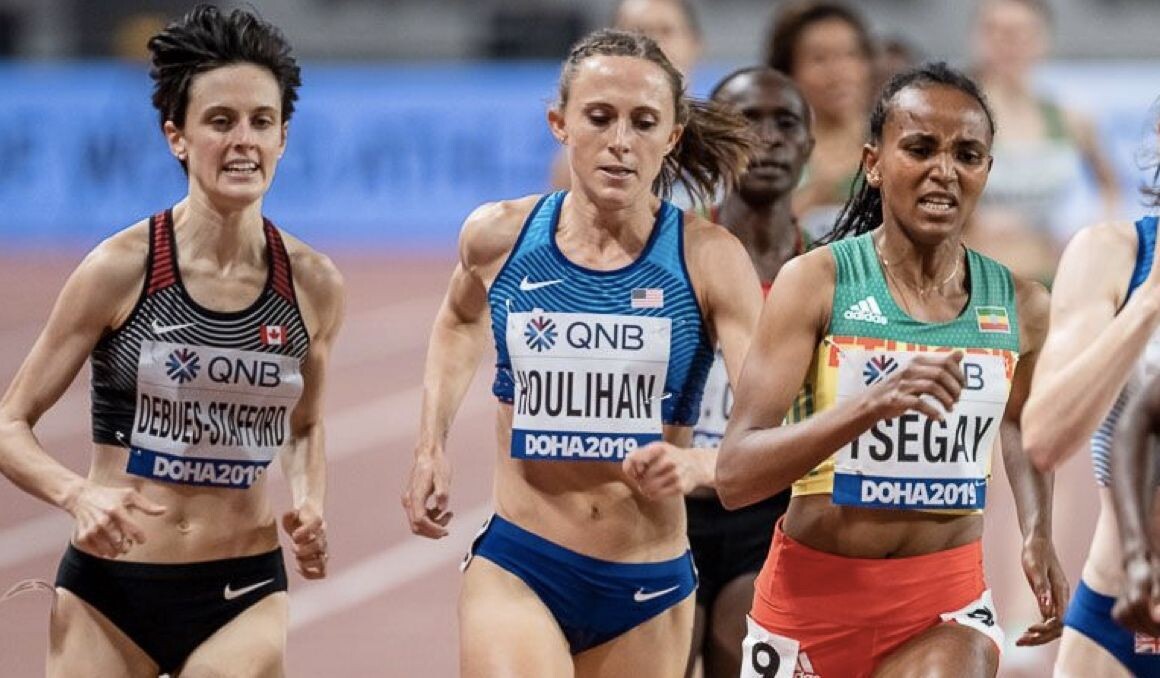
In December 2020 Houlihan tested positive for the steroid nandrolone, and in June 2021, the Athletics Integrity Unit (AIU) handed her a four-year ban from the sport. After the ban was announced, Houlihan claimed the positive result was due to contaminated meat from a burrito food truck consumed the night before she was tested.
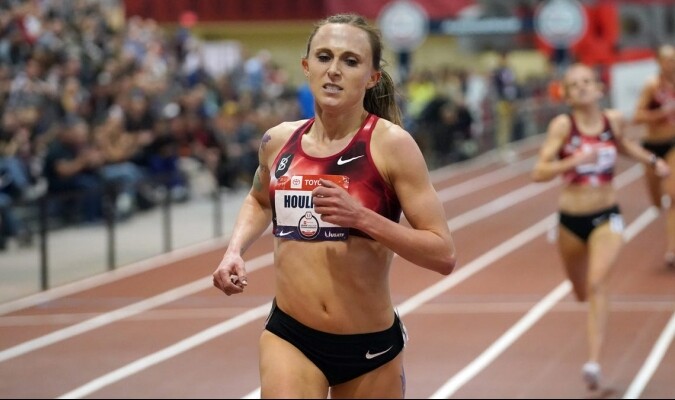
Houlihan appealed the ban and attempted to prove her innocence, but the Court of Arbitration for Sport (CAS) upheld the ruling against her, stating that “The Athlete’s explanation that the 19-NA in her sample resulted from her consumption of the meat of an uncastrated boar simply cannot be accepted. The explanation presupposes a cascade of factual and scientific improbabilities, which means that its composite probability is (very) close to zero.”
Houlihan launched a GoFundMe page to help pay her legal fees. In a final effort to have the ban overturned, she appealed to the high court of the Swiss Federal Tribunal in late 2021. Last week, the Tribunal made the decision to dismiss her appeal due to the lack of evidence.
Houlihan’s name no longer appears on the Bowerman TC website but is still a Nike athlete. Last month, Canada’s Gabriela DeBues-Stafford left Bowerman TC, after spending almost two years with the club, citing confusion around Houlihan’s presence and involvement with the club despite being banned.
by Marley Dickinson
Login to leave a comment
Paris Marathon champion Paul Lonyangata has been banned for 19 months and Edward Kiprop Kibet has received a 3-year suspension
Two prominent Kenyan marathoners have been suspended from competition on doping charges, according to a report by Capital Sports. The Athletics Integrity Unit (AIU) has banned Paul Lonyangata for 19 months for use of the drug Furosemide, and Edward Kiprop Kibet has been banned for three years for nandrolone.
Lonyangata won the Paris Marathon in 2017 and 2018, and was the third-place finisher in 2019. One week after the 2019 race, he admitted to using the banned substance Furosemide, after it was found in an out-of-competition sample in September.
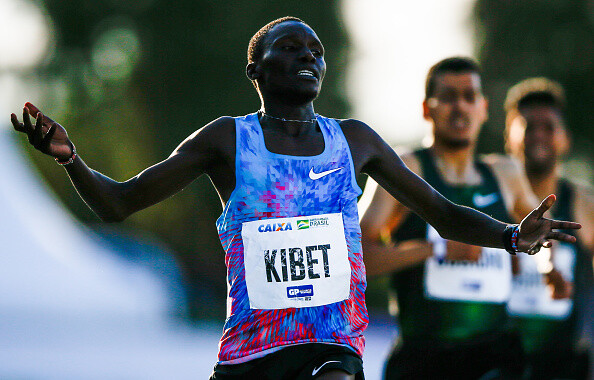
Furosemide is a heart medication, but it is on the World Anti-Doping Agency’s (WADA) list of prohibited substances because it can mask the presence of performance-enhancing drugs.
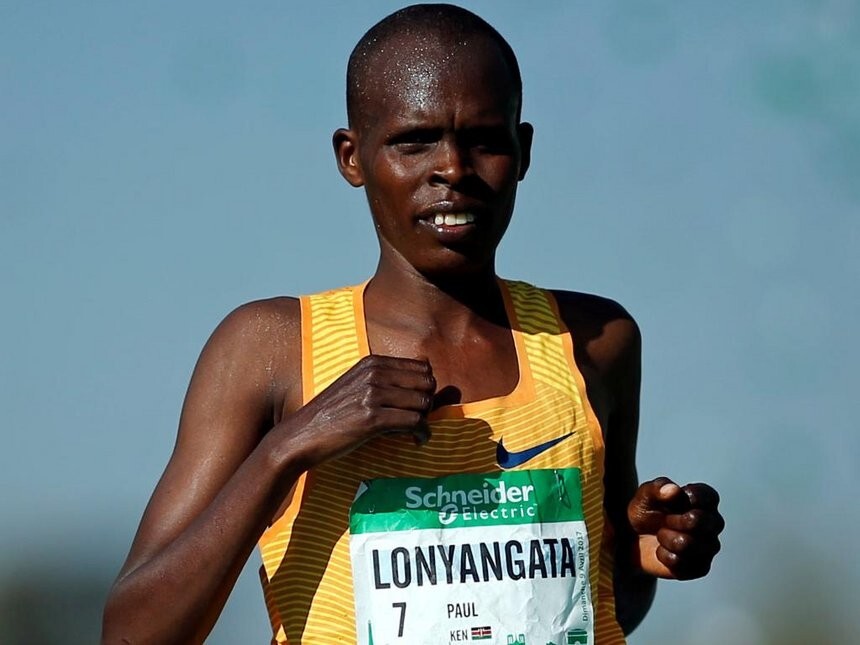
Lonyangata rose to fame in 2017, not only because he won the Paris Marathon, but because his wife, Purity Rionoripo, won the women’s race on the same day.
Lonyangata will be banned from competition until May 25, 2023. His fellow countryman, Kibet, will be banned from all competition until February 2025, after testing positive for nandrolone, the same substance found in Shelby Houlihan’s sample last year, for which she was given a four-year ban.
by Brittany Hambleton
Login to leave a comment
Shelby Houlihan starts GoFundMe page to fund her legal fight
Five months after receiving a four-year ban from competition, American 1,500m and 5,00m record-holder Shelby Houlihan has started a GoFundMe page and website asking for support to help pay for the legal fees she’s incurred while fighting her case. She has set a goal for $300,000, and is asking her supporters to spread the word about what she calls “the injustice of the situation.”
A brief recap
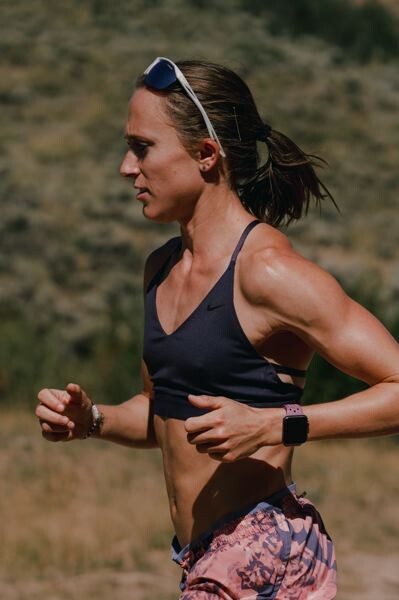
In December 2020 Houlihan tested positive for the steroid nandrolone and in June 2021, the Athletics Integrity Unit (AIU) handed her a four-year ban from the sport. After the ban was announced, she made a public statement on her Instagram page stating her innocence and claimed the positive result was due to contaminated meat she ate in a burrito from a food truck on the day of the test.
Houlihan appealed the ban and attempted to prove her innocence, but the Court of Arbitration for Sport (CAS) upheld the ruling against her. The entire 44-page CAS decision was made was released in early September, which included the following statement:
“The Athlete’s explanation that the 19-NA in her sample resulted from her consumption of the meat of an uncastrated boar simply cannot be accepted. The explanation presupposes a cascade of factual and scientific improbabilities, which means that its composite probability is (very) close to zero.”
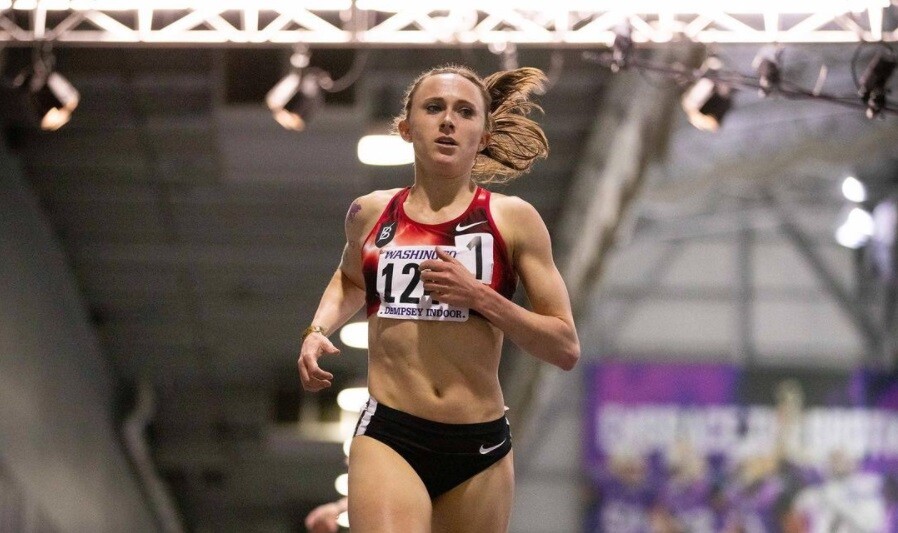
As a final effort to fight her ban, Houlihan has since announced that she plans to appeal her case to the Swiss Federal Tribunal.
Her bid for help has drawn mixed reviews from running fans. Those who believe in her innocence have been eager to support her cause, but detractors are arguing she should accept her ban and move on.
Many more have wondered why someone who is supposedly still backed by Nike requires financial assistance, and have speculated that the brand may be backing away from the situation, but the chatter is largely hearsay, since neither Houlihan nor Nike have made any public statement regarding their relationship. Houlihan’s case will not be brought before the Swiss Tribunal until 2022.
by Brittany Hambleton
Login to leave a comment
Time for Shelby Houlihan to come clean
Two things ought to happen now that the Court of Arbitration for Sport has issued a technically detailed but, in the end, common-sense ruling in the matter of Shelby Houlihan, the American distance runner, banning her for four years for nandrolone — through January 2025 — while thoroughly rejecting the ridiculous burrito defense.
One, Houlihan ought to come clean.

What most likely happened?
We don’t and won’t know until Houlihan admits whatever it was. But, see paragraph 128 of this very thorough 44-page ruling, citing the head of the Montreal anti-doping lab, Christiane Ayotte, who notes that oral precursors of nandrolone can readily be bought on the internet, even on Amazon, and that a chemical signature very much like the one Houlihan tested for was obtained five years ago when that very lab tested a product it had bought called “Nor-Andro Max.â€
Two, all the journalistic sheep who wanted to believe, who maybe still want to believe despite the overwhelming evidence against Houlihan, that there was no way, just no way, a white American distance runner affiliated with the Bowerman Track Club could test positive — all these people, and the readers they misled, ought to take a crash course in Doping 101 and the things people will say and do, meaning anything and everything, to avoid getting busted.
This entire saga, truthfully, has been pathetic.
This burrito defense has, from the get-go, stretched the bounds of credulity, and anyone who bought it — even for a second — needs to undergo a real-world moron test.
Do you also believe pigs can fly? (‘Pigs’ used advisedly here.) Do you think Abraham Lincoln is a vampire slayer? Are you super-confident you can beat up a grizzly bear?
Almost every single facet of Houlihan’s defense was — is — absurd.
To be clear: not blaming Houlihan’s lawyers for aggressively scheming up any and every avenue possible. That’s what they’re there for.
But the three-judge panel went to great length — again, 44 pages — to refute, carefully, virtually everything about it.
For instance:
Houlihan took a lie detector test.
She was asked, did you at any time knowingly ingest nandrolone? And answered no. She was also asked, did you intentionally ingest the drug nandrolone? And said, no.
But as the panel pointed out, here’s what she wasn’t asked: did you take doping substances at the material time?
Houlihan also submitted to hair analysis. All involved agreed that it proved that nandrolone injections could be excluded. But, the panel found, that analysis failed to take into account oral (so we’re all on the same page here, something you eat or drink) precursors of nandrolone, such as “19-nor-DHEA†and “nor-Andro.â€
Which is why it boggles the mind, truly, that an outlet such as Women’s Running would, in the second paragraph of its account of this ruling, prattle on this way:
“CAS decided that although Houlihan was a credible witness and brought ‘compelling character witness evidence in support of her defense,’ she failed to establish the source of the nandrolone that was detected in her urine.â€
This is the second paragraph?!
Who cares if Shelby Houlihan is or is not a nice person and can or cannot get through a lie detector when asked certain questions? That’s all but irrelevant when it comes to the science in this case. As for her “compelling character witness evidence?†Ha! That’s a complete misread of what is what. Offering statements or testifying on her behalf were, among others, her former boyfriend, Matthew Centrowitz, gold medalist in the men’s 1500 at the Rio 2016 Olympics, Courtney Frerichs, the surprise silver medalist in the women’s steeplechase a few weeks ago in Tokyo, and Karissa Schweizer, who competed in Tokyo in both the women’s 5k (11th) and 10k (12th), and if you don’t think the Athletics Integrity Unit took careful observation of who was in Houlihan’s inner circle, maybe you seriously do believe pigs can fly.
The first paragraph of the Women’s Running story, what in journalism circles is called the lede, also noted — accurately — the CAS observation that Houlihan’s explanation was “possible but unlikely.â€
As if that were justification.
Everything in life is possible.
But here’s what CAS also said, and be mindful that the burden of proof in this matter was on Houlihan, and so if this were a math contest, she had to get to 50.1, but instead her defense “presupposes a cascade of factual and scientific improbabilities, which means that its composite probability is (very) close to zero.â€
Herewith the cascade:
— Houlihan ordered a carne asada — that is, a steak — burrito at a food truck in Beaverton, Oregon, near Portland. For her defense to work, she would have had to have been served and eaten pork.
The entire defense rests on this premise. A wrong order. Which she then ate. But that’s not all.
— Because the pork would have not been ‘normal’ pork but, per the Houlihan defense, uncastrated boar.
— Except uncastrated boar gets into the U.S. food chain through completely different channels than pork. So for uncastrated boar to end up in the normal pork food chain, the boar must have been a specimen with undescended testicles. This is called ‘cryptorchid.’
At this point, this is already verging on bizarre if not crazy stupid. Undescended testicled boar. OK.
— Except there’s more. The cryptorchid is (or was) of a “small minority of uncastrated boars that — in addition — must have had elevated androgen levels.†That would be “abnormal†for 6-month-old pigs.
— More still. The pork product Houlihan allegedly ate, despite ordering steak, is pork stomach. Follow along here because this gets into butcher-level stuff. When people eat pork stomach, that stomach is stripped of the inner layer; only the outer muscle remains. Houlihan’s assertion was that uncastrated boars have elevated androgen levels. Except those are not found in the muscle. Those levels are found only in specific parts — the kidneys, testes or liver. Pork stomach, the panel said, has one of the lowest androgen levels.
— More science. The nandrolone metabolite levels in Houlihan’s urine were two to three times higher than the highest values in the literature after eating much more significant quantities of mature (uncastrated) boar — a product different from the alleged cryptorchid in question, which would have been slaughtered at six months.
— Agriculturally speaking, the carbon isotope signature of the metabolite in her urine was “fundamentally inconsistent†with the largely corn-based diet of commercial pigs in the United States.
— Finally, an expert witness said the chance of a cryptorchid ending up in the normal supply chain in the United States is “far less†than one in 10,000.
Beyond which, see paragraph 104 on page 30, and come on now, there’s this:
“The fact that IBP/Tyson (the plant where the food truck in Beaverton bought the pork meat from) does not operate a boar kill plant. Thus, it is ‘near zero chance’ that any boar meat would get mixed with conventional fresh pork products.â€
All this leaves the obvious question, doesn’t it:
if the slaughterhouse doesn’t operate a boar kill plant, and thus there’s essentially no chance of boar meat getting in the food chain with pork other than, hmm, aliens dropping in from Galaxy Starchaser Nebula X9 to surreptitiously teleport it in there and so the food truck had a “near zero†chance of having boar meat on the night in question and, besides, Houlihan ordered a steak burrito, anyway — what really happened here?
Time for Shelby Houlihan to come clean.
She likely will dodge this opportunity until after the Swiss Federal Tribunal issues the final no-go — understand that the SFT takes up procedural matters, not substantive, so her chance of success there is, again, “near zero†— but she would do the right thing, now, by coming clean.
Time, too, for her supporters, defenders and enablers to see the light. It’s tough when your purported heroes get tagged for doping. But before all of you go out and buy Floyd Landis’ book about how he didn’t cheat to win the Tour de France — oops.
Some of us have been down this road before. This burrito defense — this was creative, indeed. But that didn’t make it any smarter, or better.
Pigs don’t fly. That’s the truth.
Login to leave a comment
CAS report on Shelby Houlihan explains reasons for four-year ban
In June, American 1,500m record-holder Shelby Houlihan was given a four-year ban by the Athletics Integrity Unit (AIU) after testing positive for the steroid nandrolone in December 2020. The Bowerman Track Club athlete appealed the ban and attempted to prove her innocence, since the athlete was hoping to race at the U.S. Olympic trials, but the Court of Arbitration for Sport (CAS) upheld her suspension. The AIU has now released the 44-page decision into her case, upholding the ban. Houlihan will not be able to compete until January, 2025.
To recap, the substance found in Houlihan’s sample was nandrolone, specifically 19-norandrosterone (19-NA), a steroid sometimes found in pork offal (pig organ meat). She claimed the positive result was due to having ingested pork offal in burrito from a food truck the night before she was tested, but the CAS did not accept her explanation and upheld the AIU’s charge. Houlihan also submitted a hair test and a lie detector test, both supporting her innocence, but these were found to be inadequate.
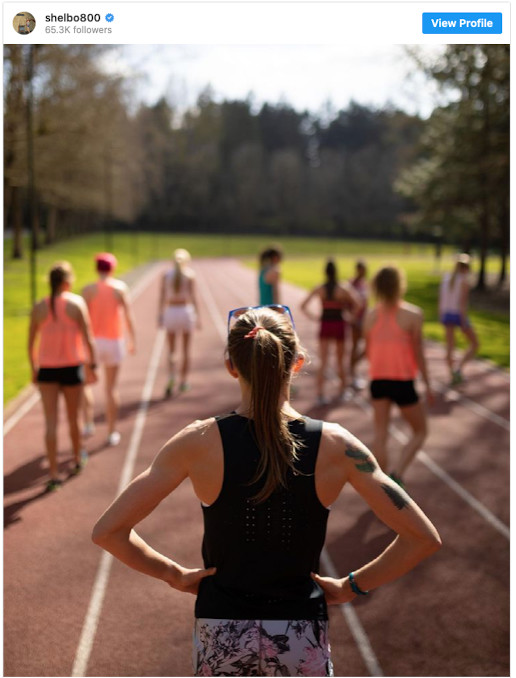
The decision included the following statement regarding the evidence against Houlihan:
“The Athlete’s explanation that the 19-NA in her sample resulted from her consumption of the meat of an uncastrated boar simply cannot be accepted. The explanation presupposes a cascade of factual and scientific improbabilities, which means that its composite probability is (very) close to zero.”
Specifically, the CAS panel found that though it was possible that Houlihan unwittingly ingested the meat of an uncastrated boar, for various reasons it was highly unlikely, and moreover, that even if she had, it would not account for the relatively high levels of nandrolone found in her samples. It found that the nandrolone found in her samples was consistent with that found in products commonly sold on the Internet for the purpose of enhancing athletic performance.
Several of Houlihan’s teammates defended her as a clean athlete, including Courtney Frerichs, who was with her when she ate the burrito (and who ate from the same food truck). Frerich’s sister, Lindsey Frerichs, who also ate with them that night, provided a witness statement, as did Bowerman coach Shalane Flanagan and athletes Matt Centrowitz (whom Houlihan was dating at the time) and Karissa Schweizer.
Despite their testimonies, the court found Houlihan to be guilty, saying she failed to provide a plausible explanation for the presence of nandrolone in her urine sample, and concluded that the anti-doping rule violation she was charged with must have been intentional.
The ban forced Houlihan to miss the U.S. Olympic trials and the Tokyo Olympics, where she was assumed to be a medal favourite, and it will prevent her from competing at the upcoming World Championships and the Paris 2024 Summer Games.
Editor’s update Sept. 3, 2021: According to a story on LetsRun.com, Houlihan plans to appeal her case to the Swiss Federal Tribunal.
Login to leave a comment
CAS report on Shelby Houlihan, close to zero probability burrito led her failed drugs test
The probability that a contaminated pork burrito led to the US Olympic 1500m medal prospect Shelby Houlihan’s failed drugs test is “very close to zero”, the court of arbitration for sport has ruled.
In a 44-page verdict, which outlined the reasons why Houlihan was banned for four years in June, Cas said her claim she had unwittingly ingested the banned substance nandrolone by eating the meat of an uncastrated boar from a Mexican food truck “simply cannot be accepted”.
Houlihan told the court that she had only eaten three quarters of her beef burrito, having found it “uncharacteristically greasy”, and said she may have been given a pork one by accident.

Cas dismissed Houlihan’s claims, saying: “The explanation presupposes a cascade of factual and scientific improbabilities, which means that its composite probability is (very) close to zero.
“First, the athlete would have had to have been served pork at the food truck despite ordering beef. Second, the pork consumed would not have been ‘normal’ pork product ordered by the food truck, but uncastrated boar. Third, uncastrated boar enters the food chain through completely different channels than pork.
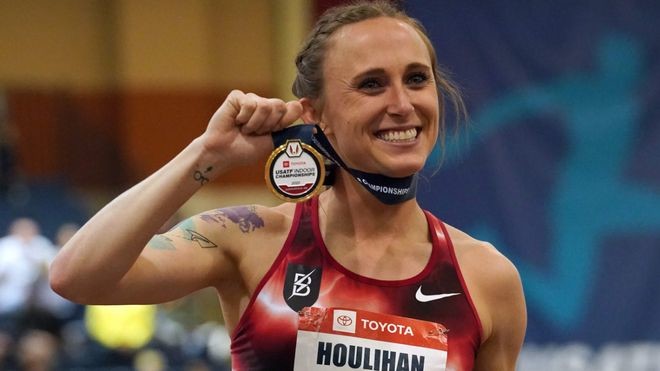
“It is rather difficult for an uncastrated pig to ‘slip through’ the multiple checkpoints. In principle, boars can be easily detected because of their big testicles.”
Cas quoted experts who said that for an uncastrated boar to end up in the normal pork supply chain, it not only had to be cryptorchid – a specimen with undescended testicles – but have had elevated androgen levels, “which would be abnormal for 6-month-old pigs”.
The court said: “The concentration of nandrolone in the athlete’s urine was 2-3 times higher than the highest values reported in the scientific literature after the ingestion of much more significant quantities of meat of mature (uncastrated) boar.
“Finally, in his expert witness report, Prof McGlone states that the chance of a cryptorchid ending up in the normal supply chain in the United States is far less than 1 in 10,000. As a result of her failure to establish the origin of the nandrolone in her system, the athlete cannot benefit from a plea of no significant fault or negligence.”
Houlihan, who finished fourth in the 1500m at the world championships in Doha in 2019, had a lengthy array of witnesses who pointed to her good character. She also told Cas she had refused to wear carbon-plated “super spikes” in Doha as she thought they would give her an unfair advantage – a decision that may have cost her a medal.
Speaking in June, Houlihan said: “I did everything I could to prove my innocence. I passed a polygraph test. I had my hair sampled by one of the world’s foremost toxicologists.”
However, Cas said that “neither the hair analysis nor the polygraph results are sufficient for the athlete to rebut the presumption that the anti-doping rule violation was intentional”.
by Sean Ingle
Login to leave a comment
Sha'Carri Richardson tests positive for marijuana and will miss the Olympics 100m
American champion Sha'Carri Richardson cannot run in the Olympic 100-meter race after testing positive for a chemical found in marijuana.
Richardson, who won the 100 at Olympic trials in 10.86 seconds on June 19, told of her ban Friday on the "Today Show." She tested positive at the Olympic trials and so her result is erased. Fourth-place finisher Jenna Prandini is expected to get Richardson's spot in the 100.
Richardson accepted a 30-day suspension that ends July 27, which would be in time to run in the women's relays. USA Track and Field has not disclosed plans for the relay.

The 21-year-old sprinter was expected to face Jamaica's Shelly-Ann Fraser-Pryce in one of the most highly anticipated races of the Olympic track meet.
On Thursday, as reports swirled about her possible marijuana use, Richardson put out a tweet that said, simply: "I am human." On Friday, she went on TV and said she smoked marijuana as a way of coping with her mother's recent death.
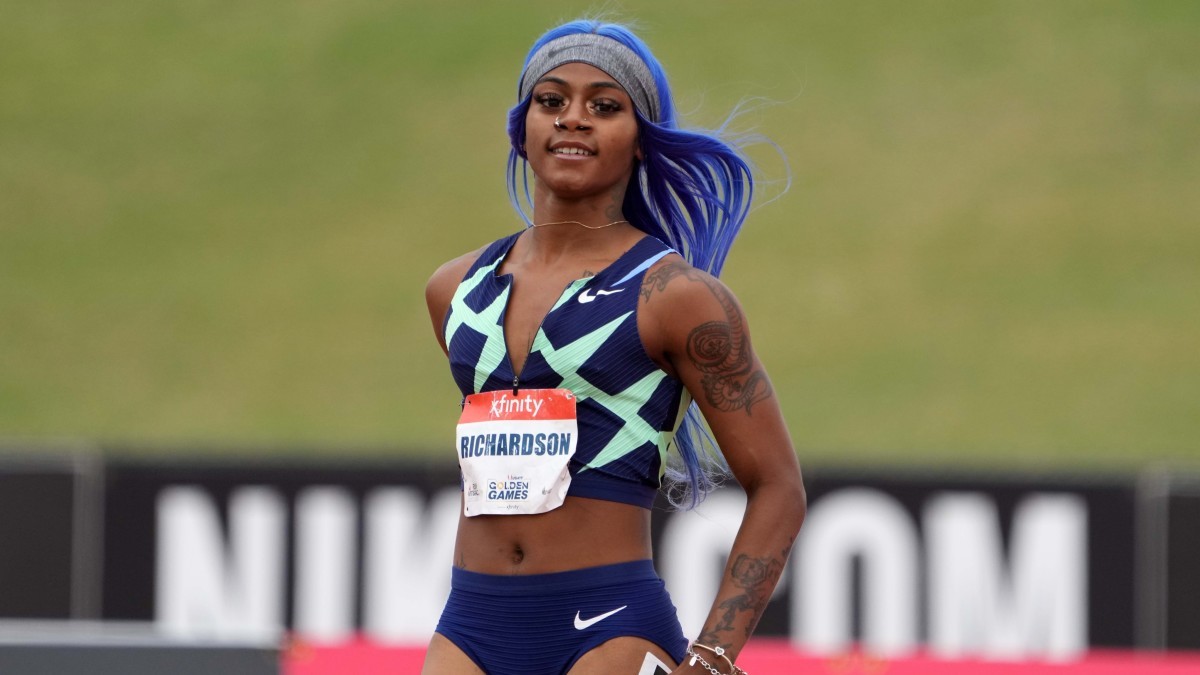
"I was definitely triggered and blinded by emotions, blinded by badness, and hurting, and hiding hurt," she said on "Today." "I know I can't hide myself, so in some type of way, I was trying to hide my pain."
Richardson had what could have been a three-month sanction reduced to one month because she participated in a counseling program.
After the London Olympics, international regulators relaxed the threshold for what constitutes a positive test for marijuana from 15 nanograms per milliliter to 150 ng/m. They explained the new threshold was an attempt to ensure that in-competition use is detected and not use during the days and weeks before competition.
'Devastating for everyone involved'
Though there have been wide-ranging debates about whether marijuana should be considered a performance-enhancing drug, the U.S. Anti-Doping Agency makes clear on its website that "all synthetic and naturally occurring cannabinoids are prohibited in-competition, except for cannabidiol (CBD)," a byproduct that is being explored for possible medical benefits.
While not weighing in on her prospects for the relays, USATF put out a statement that said her "situation is incredibly unfortunate and devastating for everyone involved."
Richardson said if she's allowed to run in the relay "I'm grateful, but if not, I'm just going to focus on myself."
Her case is the latest in a number of doping-related embarrassments for U.S. track team. Among those banned for the Olympics are the reigning world champion at 100 meters, Christian Coleman, who is serving a suspension for missing tests, and the American record holder at 1,500 and 5,000 meters, Shelby Houlihan, who tested positive for a performance enhancer she blamed on tainted meat in a burrito.
Now, Richardson is out, as well, denying the Olympics of a much-hyped race and an electric personality. Richardson raced with flowing orange hair at the trials and long fingernails.
"To put on a face and go out in front of the world and hide my pain, who am I to tell you how to cope when you're dealing with pain and struggles you've never had to experience before?" Richardson said.
by Eddie Pells, Pat Graham
Login to leave a comment
Tokyo 2020 Olympic Games
Fifty-six years after having organized the Olympic Games, the Japanese capital will be hosting a Summer edition for the second time, originally scheduled from July 24 to August 9, 2020, the games were postponed due to coronavirus outbreak, the postponed Tokyo Olympics will be held from July 23 to August 8 in 2021, according to the International Olympic Committee decision. ...
more...Elise Cranny Makes Her First Olympic Team, Wins 5,000 Meters
With a blistering last lap in 63.73 seconds, Elise Cranny of the Bowerman Track Club outkicked her teammate Karissa Schweizer and won the 5,000 meters in 15:27.81.
Schweizer was second in 15:28.11. Rachel Schneider, who trains in Flagstaff, Arizona, was third in 15:29.56. All three are making an Olympic team for the first time.
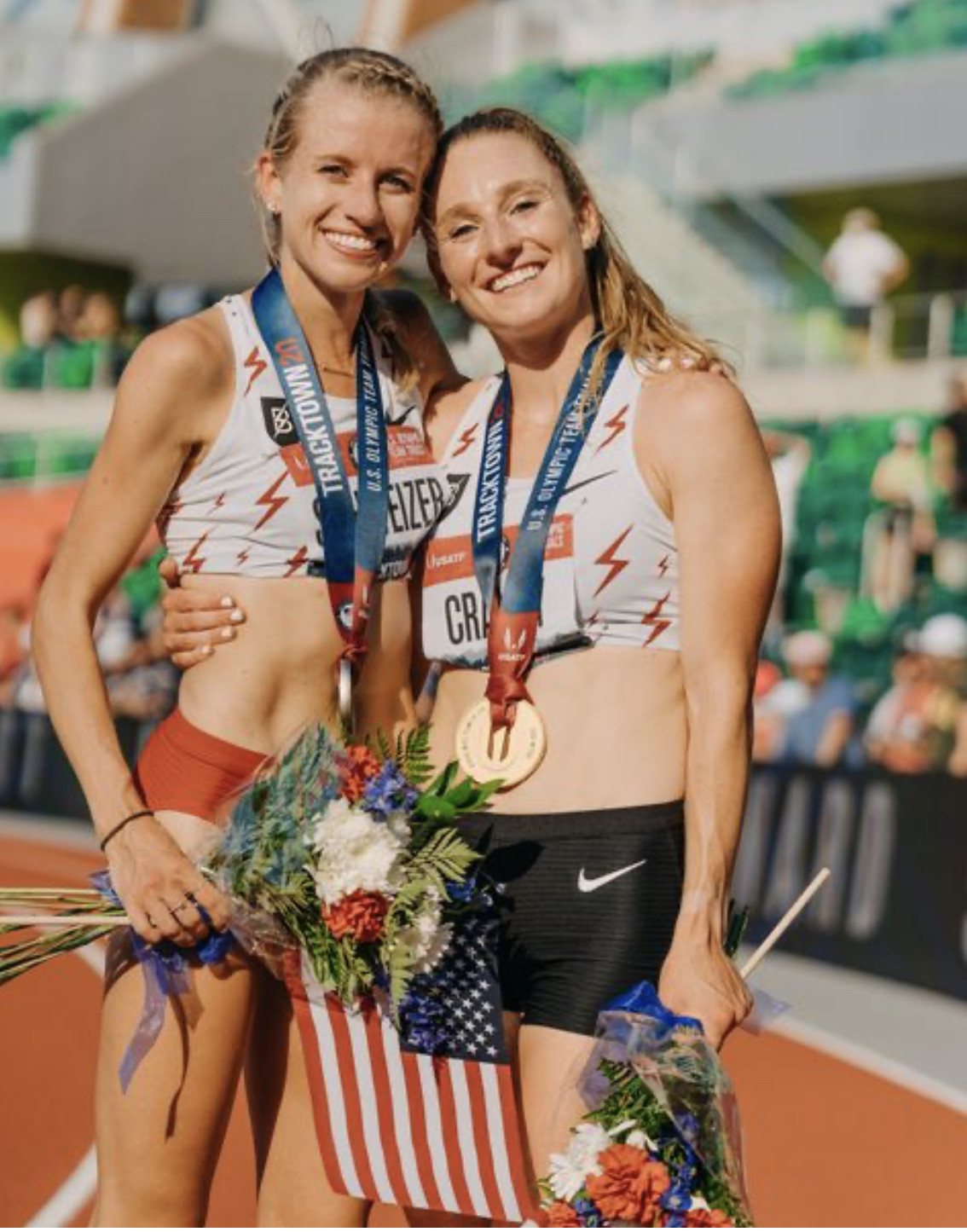
Abbey Cooper, who ran 15:07 in her preliminary heat on Friday, faster than the Olympic standard and her fastest time since 2015, finished fourth. She’ll be the Olympic alternate.
Given the warm weather in Eugene, Oregon—the temperature was 94 degrees—the race got off to a slow start. With a mile to go, the pace quickened considerably, shaking up the pack. With three laps remaining, the first four had separated themselves from the rest and there was no doubt the Olympic team would come from that group.
“It was pretty hot out there,” Cranny said. “It was a bit tactical and slow in the beginning.” The plan, she said, was to stay out of trouble and then “slowly squeeze it down.”
Schweizer’s take on the race plan: “With a mile to go, we were going to make it hurt,” she said.
Rachel Schneider looked around and realized four people were remaining and she had to beat only one of them. “We visualized this race quite a bit in a whole bunch of different scenarios,” she said. “I felt super confident I could go with whatever move, whenever it was made in the race.”
She downplayed the role of the weather: “It didn’t play a part at all,” she said. “Everyone is racing in the same conditions. During the warmup, I wore an ice vest. Outside of it, don’t worry about it.”
Cranny and Schweizer, who holds the American record in the 3,000 meters, are regular training partners of Shelby Houlihan. During 2020, Houlihan and Schweizer ran the two fastest American times ever for the 5,000 meters at an intrasquad race in Portland: Houlihan ran 14:23.92, the American record, and Schweizer ran 14:26.34.
On June 14, days before the start of the Trials, Houlihan announced she had tested positive for nandrolone, a banned substance, back in December. She subsequently appealed to the Court of Arbitration for Sport, which ruled against her. The ruling kept her out of the Olympic Trials.
Despite the distraction of the Houlihan test, the Bowerman Track Club has had a good meet so far. On the first night of competition, Woody Kincaid and Grant Fisher made the team in the men’s 10,000 meters.
Earlier in the day today, Sean McGorty, Cranny’s boyfriend, raced the preliminary heats of the men’s steeplechase. He had to stop midway through to adjust his shoes and fell into last place. But he made his way back up through the pack and was able to advance to the final on time.
Cranny, doing her warmup for the 5,000 meters, was too nervous to watch him race. At one point she looked out and saw him in last. Other teammates in the 5,000 meters, Gwen Jorgensen and Vanessa Fraser, came to tell her the good news when he had advanced to the final. Bowerman teammate Karissa Schweizer finished second, and Rachel Schneider was third.
by Runner’s World (Sarah Lorge Butler)
Login to leave a comment
Shelby Houlihan will not compete at Trials after all
The U.S. Olympic track and field trials are set to start today, and American 1,500m and 5,000m record holder Shelby Houlihan will not be on the start line, after all. Mere hours after the USATF announced she would be permitted to compete, the U.S. Olympic and Paralympic Committee reversed the decision in an effort to remain in line with the Court of Arbitration for Sport’s (CAS) ruling to uphold her four-year ban.
Earlier this week, the track and field world learned that Houlihan had received a four-year ban after she tested positive for the steroid nandrolone. She protested vehemently that she had ever taken performance-enhancing drugs, blaming the positive test on contaminated meat in a burrito she had eaten 10 hours before being tested.
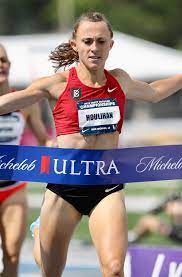
The reversal came after pushback from the international anti-doping community as well as several prominent elite runners, who believed a banned runner should not be permitted to compete at trials. The Athletics Integrity Unit (AIU), which runs the anti-doping program for World Athletics, released a statement Thursday saying that the USATF must respect and implement the decisions of the CAS. The Clean Sport Collective also published a petition against letting her compete, signed by a number of athletes, including Des Linden, Steph Bruce, Mary Cain, Emma Coburn, Mason Ferlic, Molly Seidel, Emily Sisson and retired Canadian pro runner Nicole Sifuentes.
Under normal circumstances, athletes who test positive for a banned substance first have a hearing before the AIU, but with the Olympic trials so close, Houlihan took her appeal straight to the CAS in Switzerland. The CAS upheld her ban, which leaves her with only one option: to appeal the CAS decision before a Swiss Federal tribunal. According to sources, however, this avenue is only for matters of procedure, while the decision itself is binding. Not only will Houlihan miss this year’s Olympics, but she will miss the 2024 Games also.
by Running Magazine
Login to leave a comment
What to Watch For in the U.S.A. Track & Field Olympic Trials
For months, they have trained in relative isolation. They have triple jumped in empty stadiums and chased qualifying standards on high school tracks. You may have heard this before, but the pandemic created challenges for American track and field athletes.
For those who managed to push through the long delay, a meet five years in the making has finally arrived: The U.S. Olympic track and field trials are set to start on Friday afternoon at the University of Oregon’s Hayward Field, a freshly renovated stadium that — barring something else unforeseen — will also host the world championships next year.
But first come the trials. As athletes from across the country bid to compete at the Tokyo Games this summer, here is a look at what to watch over the coming days:
What’s the schedule?
Glad you asked. It is a long meet — 10 days, with two rest days built in the middle — running from Friday through June 27. There are 40 events in all (20 for the women, 20 for the men), with preliminary rounds for most of them. On Friday, for example, there are preliminary rounds in events ranging from the women’s discus to the men’s 800 meters. There are also two finals scheduled for the first day, in the men’s shot put and the men’s 10,000. On Sunday, eight more champions will be crowned, including in the men’s 100. (More on that later.)
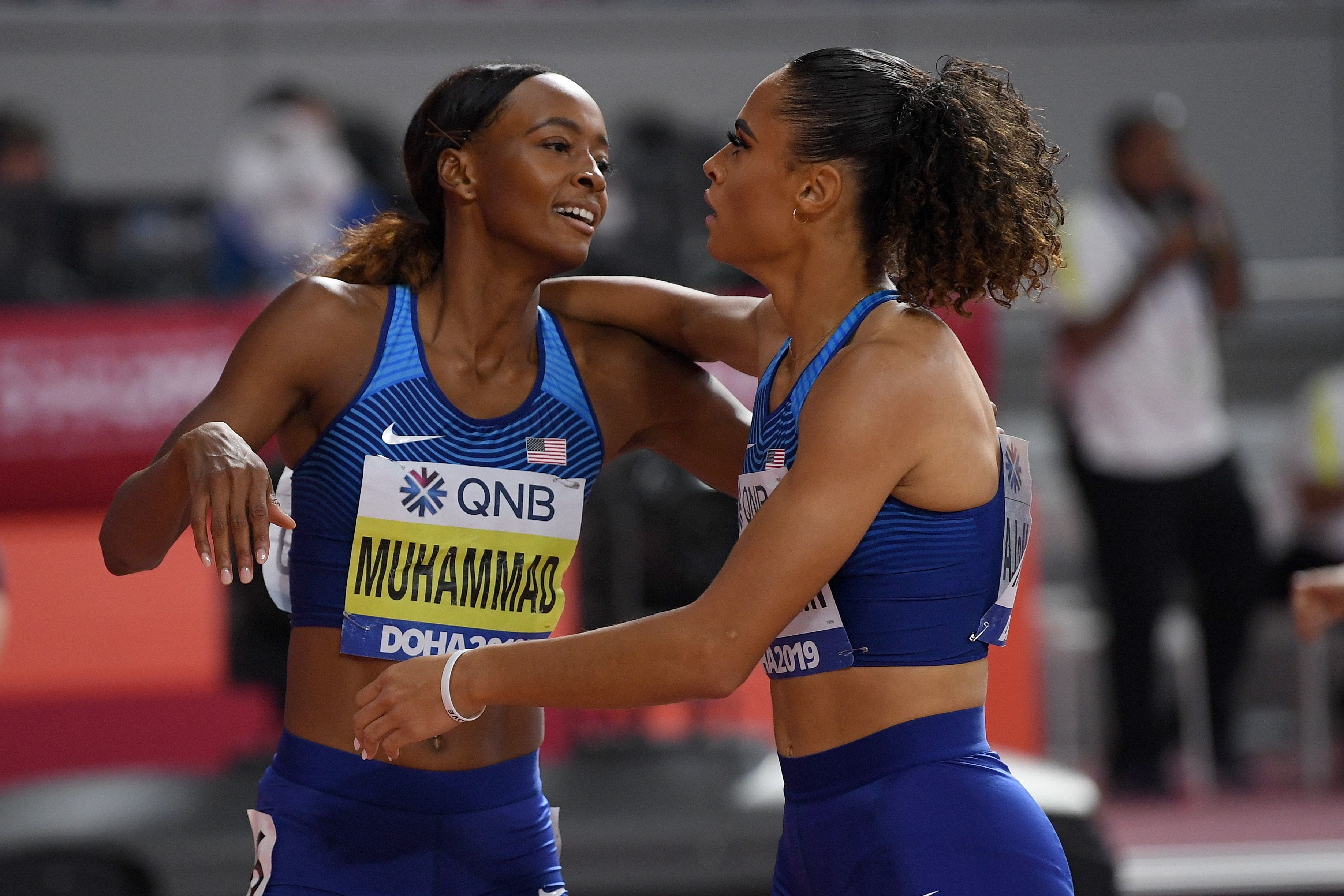
So who gets to go to the Olympics?
The top three finishers in each event qualify, provided they have reached the Olympic standard. If not, they have until July 1 to attain it.
Who are some of the most compelling athletes to watch?
Any list like this has to start with Allyson Felix, the nine-time Olympic medalist who is aiming to compete in her fifth and final Olympic Games. A onetime prodigy who is entered in the 200 and 400 meters, Felix, 35, long ago secured her place as one of the sport’s most revered and respected figures. She has advocated for gender equality since giving birth to her first child in 2018.

Felix’s retirement will leave a void among the American women, and Sha’Carri Richardsonseems prepared to help fill it. In April, she ran the sixth-fastest 100 in history. Richardson, just 21, is unapologetically brash while consistently coming through with fast times and big performances. She is easy to spot, too: Just look for her colorful hair.
In the women’s 1,500 meters, Elle Purrier St. Pierre is the favorite after a string of convincing victories this season. She grew up on a dairy farm in Vermont, where she would train by running to the Quebec border and back. Her sponsors include Cabot Cheese.
Donavan Brazier is the American record-holder and reigning world champion in the men’s 800. He seems determined after failing to qualify for the Olympics in 2016.
And Sam Kendricks, who has won back-to-back world men’s pole vault championships, is the heavy favorite in Oregon. His toughest competition figures to be in Tokyo, where Mondo Duplantis, who grew up in Louisianabut competes for Sweden, will be waiting. Duplantis, 21, already owns the world record but is seeking his first Olympic gold.
How about a few must-see events?
No, we didn’t forget about Noah Lyles, the world champion in the men’s 200 meters. Lyles wants to double in the 100 and 200 meters in Tokyo, and his 100-meter form has been coming along slowly. He will face a loaded 100-meter field in Eugene, Ore., headlined by the likes of Trayvon Bromell, who has run the fastest time in the world this year, and Justin Gatlin, the five-time Olympic medalist who has twice been suspended for doping. Americans have the six fastest 100-meter times in the world this year — and Lyles is not among them.
The field in the men’s 1,500 is also competitive. Matthew Centrowitz, the 2016 Olympic champion, was injured last year and benefited from the postponement. Craig Engels is the 2019 national champion, but he is equally renowned for his mullet. There is also a group of up-and-comers headlined by Cole Hocker, fresh off an N.C.A.A. title at Oregon, and Hobbs Kessler, the fastest high school miler ever.
The most anticipated showdown, though, could materialize in the women’s 400-meter hurdles. At the 2019 world championships, Dalilah Muhammad, 31, had to break her own world record to outrun Sydney McLaughlin, one of the sport’s rising stars. Muhammad, the Olympic champion in Rio, has been working in recent weeks to return to form after injuring her hamstring. McLaughlin, 21, spent much of the spring fine-tuning her speed and technique while competing in the 100-meter hurdles. If both athletes are healthy, their final — held on the final day of the meet — should be a highlight.
Who’s missing?
The trials got a harsh dose of reality this week when Shelby Houlihan, the American record-holder in the women’s 1,500 meters, was suspended from competing for four years after she had tested positive for an anabolic steroid. Houlihan has maintained her innocence, claiming she ate tainted pork from a food truck. For about eight hours Thursday, it seemed that Houlihan might still be able to run while she appealed the ban, but ultimately the U.S. Olympic & Paralympic Committee stepped in and said that she could not participate in the trials.
Speaking of suspensions, that deep field in the men’s 100 meters is missing an important name: Christian Coleman, who won the 2019 world championship under a cloud of suspicion, and was subsequently suspended for missing a series of drug tests.
Also absent will be Christian Taylor, the two-time Olympic champion in the men’s triple jump. Taylor ruptured his Achilles’ tendon at a meet last month and underwent surgery. He has vowed to make a comeback in time for next year’s world championships.
On the bright side, several American runners will not be at the trials — but only because they have already punched their tickets for Tokyo. We are referring, of course, to the marathoners, whose trials were staged all the way back in the prepandemic era, in February 2020. Galen Rupp, Jacob Riley and the seemingly ageless Abdi Abdirahman, 44,qualified for the men, while Aliphine Tuliamuk, Molly Seidel and Sally Kipyegomade the women’s team. (Rupp, a two-time Olympic medalist, is expected to compete in the 10,000 on Friday, though he told OregonLive.com last month that he would treat the race as a rigorous training run and appears to have no intention of running the track event in Tokyo.)
Is it on television?
NBC and NBCSN will provide live daily coverage of the meet.
by Scott Cacciola (NY Times)
Login to leave a comment
The study confirmed that eating pork might induce some false accusations of the abuse of nandrolone in anti-doping.
What is nandrolone? As defined by the National Library of Medicine, nandrolone is a synthetic, anabolic steroid analog of testosterone.
The NIH states nandrolone can be used for testosterone replacement therapy to increase nitrogen retention and fat-free muscle mass.
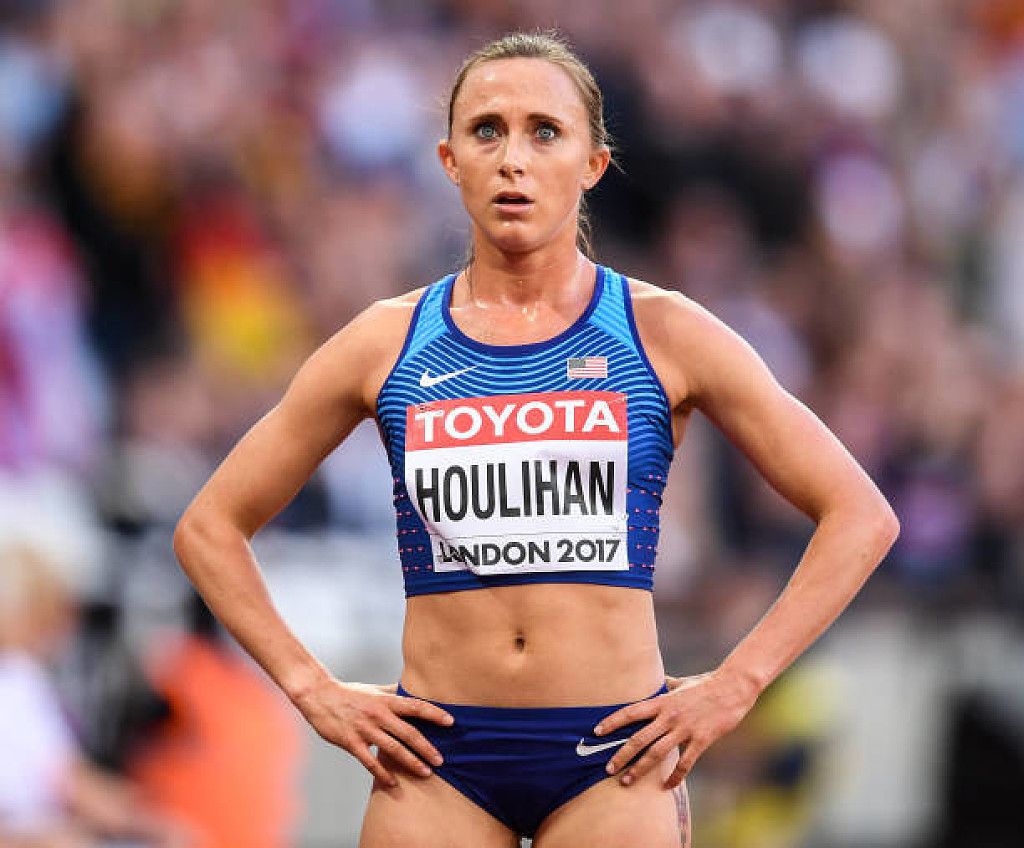
In bodybuilders, the use of androgenic-anabolic steroids to increase muscle mass is common.
Nandrolone decanoate is one of the most popular misused androgenic-anabolic steroids, although the effects on body composition are equivocal.
The use of androgenic-anabolic steroids, such as nandrolone, is common in bodybuildersCredit: Getty
Is it found in pork?
A study by the National Library of Medicine revealed that the consumption of pork can cause irregularly high levels of nandrolone.
Then NLM conducted a study using the urine of three male volunteers who consumed 310 grams of pork, which could be the meat, liver, heart and kidney.
According to the study, the three individuals delivered urine samples before and during 24 hours after meal intake.
Nearly 10 hours after the participants ate pork, the report showed high levels of nandrolone.
The consumption of pork can cause a high level of nandrolone within a 24-hour period of consumptionCredit: Getty
"19-NA and 19-NE concentrations in urine reached 3.1 to 7.5 microg/L nearby 10 hours after boar tissue consumption," the NLM reported in their study.
The study confirmed that eating pork might induce some false accusations of the abuse of nandrolone in anti-doping.
What did Shelby Houlihan say caused the high level of nandrolone?
In an Instagram post announcing her suspension, Houlihan claimed she had “never even heard of nandrolone” and blamed a contaminated pork burrito she ate 10 hours before the positive test in January.
Houlihan insisted that ingesting the anabolic steroid must have inadvertently come from eating a burrito “from an authentic Mexican food truck that serves pig offal near my house in Beaverton, Oregon” 10 hours before a 6am drugs test last December.
Login to leave a comment
Shelby Houlihan says she ate a pork burrito before her drug test and this is why she tested positive.
Olympic runner Shelby Houlihan said she has been banned from the sport for four years following a positive test for anabolic steroids that she attributes to eating a pork burrito.
Houlihan said she was devastated to learn of the suspension from the Athletics Integrity Unit (AIU), an independent body that combats doping, after she tested positive for nandrolone.
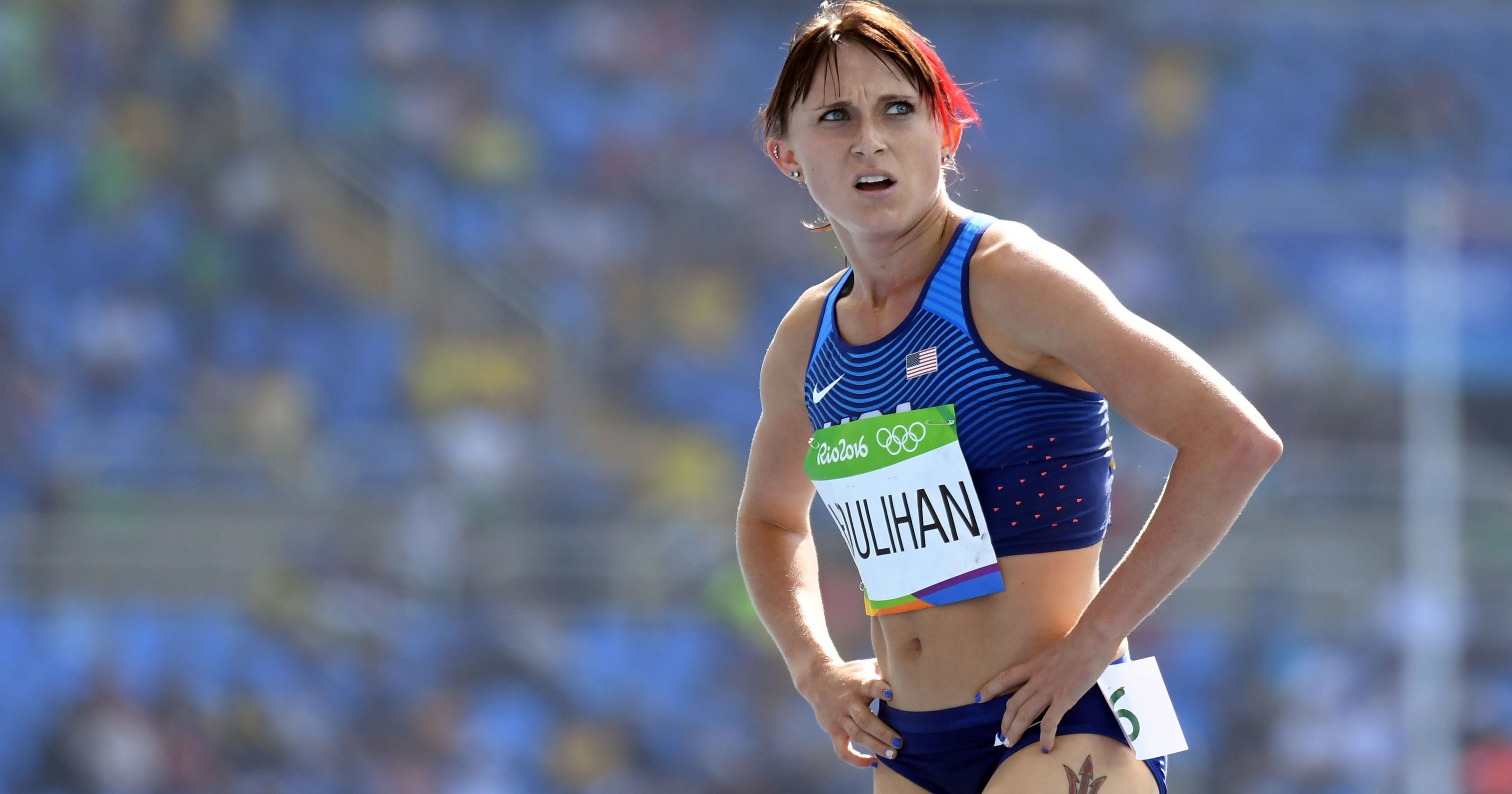
Houlihan said in a post on Instagram Monday that a burrito she ate before the test contained pig organ meat, or offal, which she said can lead to a positive test for nandrolone. A study funded by the World Anti-Doping Agency (WADA) found trace amounts of nandrolone can be found in that kind of meat and warned about the possibility of a false positive.
The ban will prevent the 28-year-old from competing in upcoming US Olympic Trials and the Tokyo Olympic Games. Doping accusations and investigations have led to multiple bans of athletes and even entire countries from competing, including a two-year ban on Russia from the Court of Arbitration for Sport (CAS).
The runner said she received an email from AIU on January 14, 2021, informing her that a drug test she took December 15, 2020, returned positive for nandrolone.
"When I got that email, I had to read it over about ten times and google what it was that I had just tested positive for," she said in the post. "I had never even heard of nandrolone."
Login to leave a comment
American record holder Shelby Houlihan receives four-year ban week before Olympic track trials
Accomplished distance runner Shelby Houlihan was handed a four-year ban exactly one week before the start of U.S. Olympic Track and Field Trials.
Houlihan was considered an Olympic medal contender entering this year. The 2016 Olympian holds American records in both the 1500m and 5000m. In 2018, she became the second woman ever to win both distances at the U.S. outdoor championships.
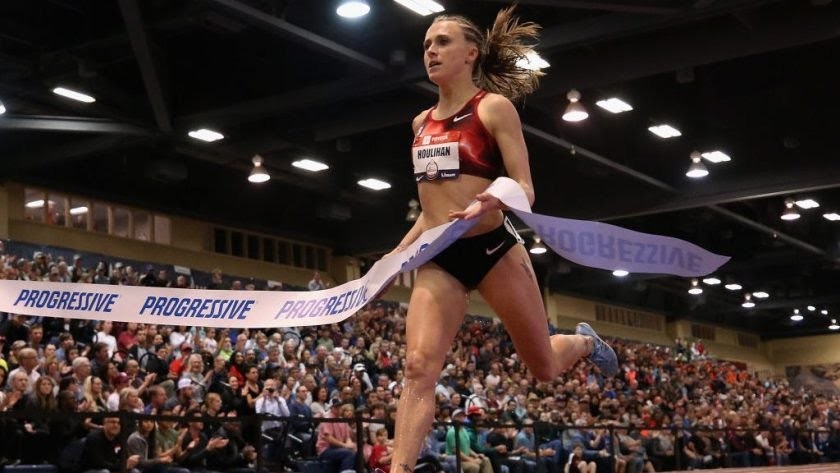
Houlihan placed fourth in the 1500m at the 2019 World Championships.
The 28-year-old had not competed yet this year, which was explained on Monday evening.
Houlihan tested positive for nandrolone in an out-of-competition urine test administered by the World Anti-Doping Agency on Dec. 15, 2020.
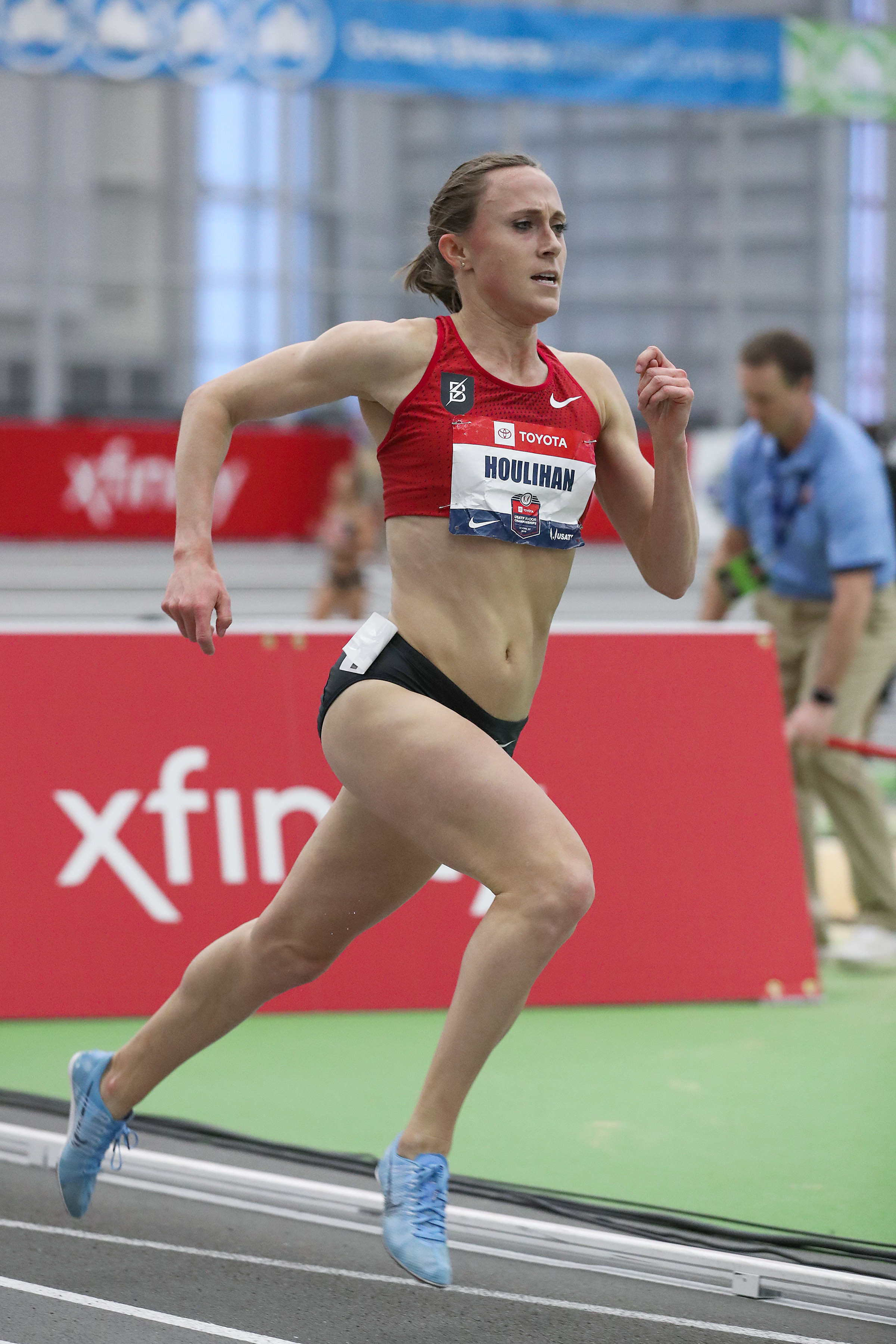
Nandrogen is an androgen and anabolic steroid known to increase muscle mass.
In a virtual press conference, well-known sports attorney and founder of Global Sports Advocates Paul Greene walked reporters through Houlihan’s case, alongside Houlihan and Bowerman Track Club coaches Jerry Schumacher and Shalane Flanagan, an Olympic silver medalist in the 10,000m.
“Shelby is an innocent athlete,” Greene declared. “What happened to her is entirely unjust.”
“I don’t have the words to articulate the depth of sadness I feel for you,” head coach Schumacher said in his statement.
After being notified of the positive test in January, Houlihan created a food log of everything she had consumed the week prior to the test.
Her team believes the result came from a pork burrito Houlihan purchased at a food truck near her home in Beaverton, Oregon, and ate the night before the 6 a.m. test.
It has been noted in WADA documents that consumption of meat, specifically pig offal, can lead to the presence of nandrolone.
Greene explained that Houlihan initially received a provisional suspension of more than three months, which caused them to opt for a single hearing before the Court of Arbitration for Sport.
In the interim, Houlihan had a hair sample tested and passed a polygraph test in an effort to prove her innocence. Greene hired a private investigator and former WADA scientist to help prove their case as well. He pushed for the sample to be tested at a second lab to no avail.
According to Greene, Houlihan has been tested approximately 100 times since 2016 and has never tested positive or missed a test in that time.
The CAS hearing was held the first week of June, with the final ruling of a four-year ban delivered on Friday, June 11. That would take Houlihan out of the running of the Paris 2024 Olympics as well; she said she is currently unsure of what her future holds.
“I feel completely devastated, lost, broken, angry, confused and betrayed by the very sport that I loved and poured myself into just to see how good I was,” Houlihan said as she fought back tears. “I want to be very clear: I’ve never taken any performance-enhancing substances and that includes the one of which I have been accused. … I do this sport because I love it, I have so much fun doing it and it’s always the best part of my day.
“This sport means everything to me. I believe doping and cheating is weak. … I would never disrespect the sport, my competitors, my teammates, my coaches, my family and my fans this way. I love the sport too much. …
“I’ve always wanted to stand at the top of an Olympic podium with a gold medal around my neck, knowing I did that, and now I am not sure that will ever happen.”
Greene is considering an appeal to the Swiss federal tribunal.
Login to leave a comment
This new spike technology has a place in sport, provided everyone has reasonable access
In the past 12 months, despite minimal conventional competition opportunities, seven track world records have fallen. Beyond those, track has also seen countless area, national and age-group records fall – in seemingly more frequent succession than recent years.
For some of these records, the runners wore what are being referred to as super spikes – spikes with added foam, and in some cases, an embedded carbon-fibre plate, similar to the plates now found in many marathon shoes. Nike has a sprint (Air Zoom Viperfly), mid (Air Zoom Victory) and long-distance (Dragonfly) version of these spikes, and runners sponsored by several other companies, like New Balance, are wearing prototypes.
With similar technology, these spikes are doing for track what the Nike Vaporfly 4% did for road running – they’re leading fans, pundits, and professional athletes to question whether the shoes are hindering or helping the sport, and whether this emerging technology should be better regulated.
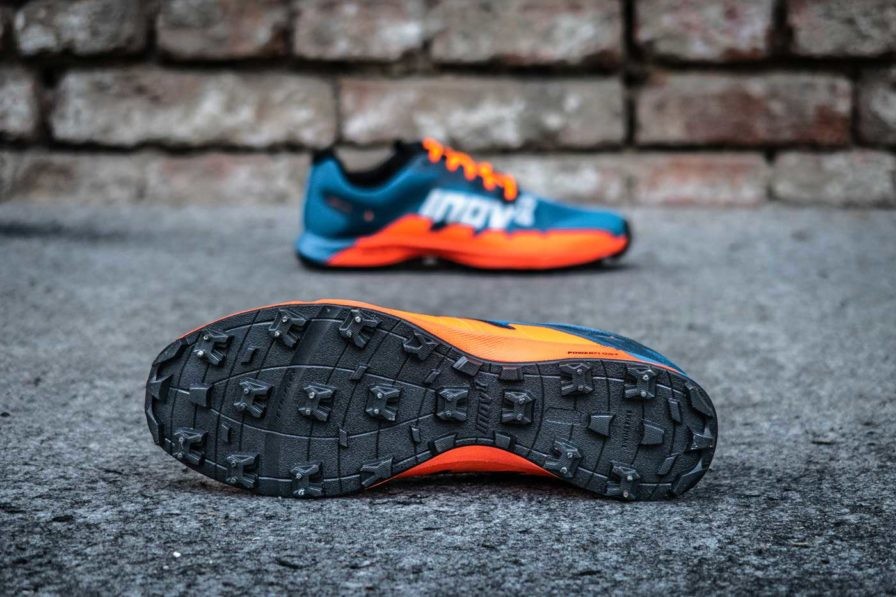
The new rules
In recent years, the thinking around shoe technology has shifted, and brands are now creating ‘super shoes’ that include more foam and a stronger plate. (Spikes always had plastic plates, and now some have carbon plates.) This changed was first seen on the road, and resulted in new regulations when it comes to in-competition footwear. In the fall of 2020, World Athletics announced new rules that declared a limit of 25 mm in stack height on the track. While that remains a far cry from the 40 mm limit on the roads, 25 mm is much higher than track runners were accustomed to. The average spike at the time had a stack height of about 5 mm and was developed based on the principle that lighter is faster and less is more.
Lack of access
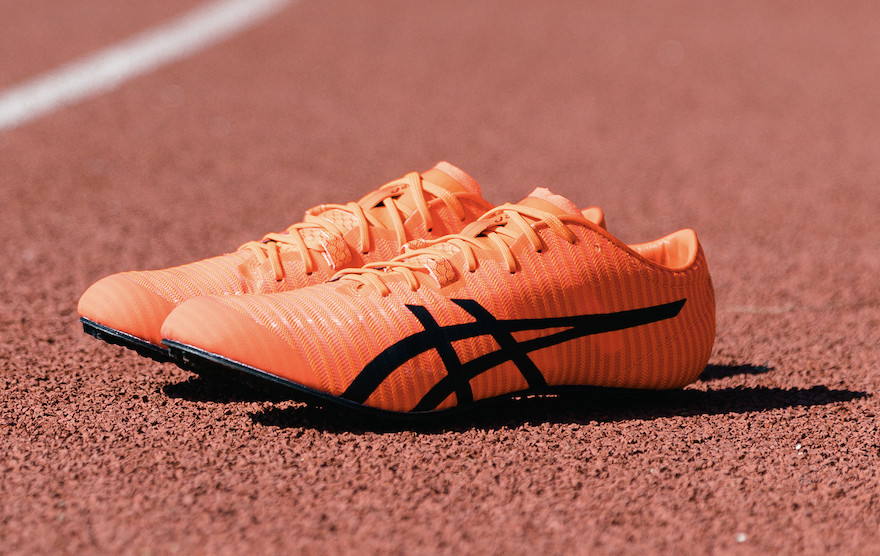
Beyond limiting stack heights, the new WA rules also mandated that shoes had to be widely available to all runners in order to be used in Olympic competition. However, for a lot of Olympic hopefuls, they need every little advantage possible to find themselves on a start line at the Games, and WA rules aren’t making these shoes any easier to access for early-season competition. Many companies have made versions of the new spikes ‘available’ online – in a size 15 men’s. This technically complies with the ‘widely available’ rule but is obviously severely limiting.
solid training block
Fans are quick to point a finger at the new shoes for the many records that have fallen in the last 12 months, but as some have pointed out, it may also be due to training schedules that are not constantly being interrupted by meets. During the pandemic, runners have competed much less than usual, swapping weekly racing for intense training camps. These changes in training schedules may have allowed people to simply run more and become stronger, as they’re no longer dropping mileage to taper for competition.
Some top athletes are opting out of using the super spikes for their track events. For example, to set the 5,000m American record over the summer, Shelby Houlihan wore a pair of spikes released back in 2008. While Houlihan was kicking it old-school, several of her teammates, including Canadian Mohammed Ahmed, were wearing the then-unreleased Nike Dragonfly spikes. In a low-key meet, with some technically out-of-date spikes, Houlihan ran a 14:23.92 – faster than any American woman ever has over the distance.
What about doping?
Some have raised the issue of doping as a possible factor. When the pandemic first hit, athlete drug testing was temporarily suspended. As a result, there was a weeks-long period where runners everywhere could, in theory, have cheated without getting caught. A few months later, though testing has resumed, we’re seeing out-of-this-world results. This is obviously a bigger conversation for another day, but I personally don’t believe that all of these athletes took advantage of that brief testing gap in order to break records.
As spike technology is improving, so are pacing technologies and track surfaces – the world keeps on turning, and running must turn with it. While these new spikes are certainly among the many changes that are bringing about faster times, they’re not the sole reason, and in my opinion, it’s reductionist to say they are. We’re living in a completely different world than we were a year ago, and maybe some of the changes the pandemic brought have positively impacted training. It’s entirely possible that forcing life to slow down helped some athletes speed up.
While I believe these ‘super shoes’ should be truly accessible in order to be used in competition, I also believe that innovation is inevitable. The super spike will one day be replaced by a new technology that will ‘ruin’ the sport all over again, and we’ll be missing the days when carbon and extra foam were the biggest deal on the block.
by Madeleine Kelly
Login to leave a comment
American Record Alert: Emily Sisson Targeting Molly Huddle’s 67:25 AR at Sunday’s Valencia Half Marathon
At times, the 2020 track & field season has felt like one giant record chase. With the vast majority of major championships cancelled, athletes have shifted their targets from medals to times. And with the ability to focus on one race with the sole goal of running as fast as possible, records have tumbled around the globe. Uganda’s Joshua Cheptegei took down Kenenisa Bekele‘s 16-year-old 5,000-meter world record in August. In the span of one hour in October, Letesenbet Gidey broke Tirunesh Dibaba‘s 5,000-meter world record and Cheptegei fully erased Bekele from the outdoor record books by breaking his 10,000m mark. Domestically, Shelby Houlihan chopped over 10 seconds off her American 5,000-meter record back in July, taking it down to 14:23.92.
The latest installment of the Great Record Chase of 2020 comes on Sunday in Valencia, where distance studs Rhonex Kipruto, Jacob Kiplimo, and Gidey will have the half marathon world records in their sights. Just a few minutes back, Emily Sisson — one of the few Americans making the trip to Spain (Jordan Hasay is also entered in the marathon) — will be shooting for a mark of her own: the 67:25 American half marathon record, currently held by her friend and occasional training partner Molly Huddle.
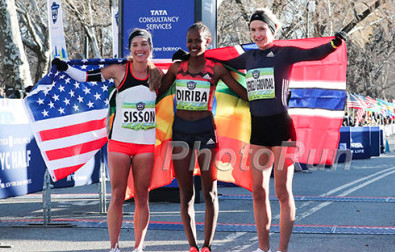
says Ray Treacy, who coaches both Sisson and Huddle. “That’s the goal and see how she feels the last 5k…We’re just hoping for the best and she gets her reward for all the hard work she’s done over the last four or five months, because this is her only race.”
Sisson hasn’t raced since dropping out of the US Olympic Marathon Trials in February, though she did run the virtual New York City Marathon in 2:38:00 in October (Treacy says the aim was merely to get in a good long run effort, adding that it felt “easy” for Sisson and that she recovered “immediately”). Considering her goal is to make the Olympic team at 10,000 meters next year, Treacy did not want Sisson to run another marathon this fall, making the half marathon a natural distance for a target race. And with USATF opting not to send a team to the World Half Marathon Championships, Valencia was the best option.
Treacy says Sisson’s fitness is “really, really good” at the moment, with the 29-year-old clocking 24:37 recently for a five-mile time trial and averaging 5:05 pace for a 4 x 2-mile workout — well under American record pace (AR paceis 5:09). Currently, Sisson sits #2 on the all-time US list thanks to her 67:30 in Houston last year.
There are a couple of potential stumbling blocks, however. First, Sisson may not have any company during the race. The top women will be aiming to run the world record (64:31) or close to it, which is beyond Sisson’s abilities. Though there are two other women — Kenyans Brenda Jepleting (67:07) and Sheila Chepkirui (67:37) — with personal bests close to Sisson, it’s unclear whether they’ll try to run with her or opt for the more aggressive pace up front.
Treacy believes Sisson should be able to handle that situation just fine, though. She was alone for most of the second half of her marathon debut in London in 2019 and came out with a stellar 2:23:08 personal best.
“She’s pretty good at doing that anyway, so I’m not worried about it,” Treacy says.
The larger concern is the weather. The high of 58 degrees in Valencia on Sunday is fine, but the projected winds of 15 to 25 miles per hour could prove problematic.
While Sisson still has several years of her prime remaining, record opportunities like this are precious. Under Treacy, Huddle only raced one half marathon per year from 2015 to 2020, and three of those came on a relatively tough course in New York. Even when Huddle did finally set the record in Houston in 2018, she wasn’t 100% as she had gotten sick a few days earlier.
“[Huddle] never had the opportunity to run really, really fast,” Treacy says. “Certainly when Molly was in the shape she was in Rio, (where she ran an American 10,000m record of 30:13 at the 2016 Olympics), I think she could have run 66:30, 66:40.”
Sisson will get her shot on Sunday. Can she give the Great Record Chase of 2020 a fitting send-off?
by Let’s Run
Login to leave a comment
Emily Sisson will be targeting Molly Huddle’s 67:25 AR at Sunday’s Valencia Half Marathon
At times, the 2020 track & field season has felt like one giant record chase. With the vast majority of major championships cancelled, athletes have shifted their targets from medals to times. And with the ability to focus on one race with the sole goal of running as fast as possible, records have tumbled around the globe. Uganda’s Joshua Cheptegei took down Kenenisa Bekele‘s 16-year-old 5,000-meter world record in August. In the span of one hour in October, Letesenbet Gidey broke Tirunesh Dibaba‘s 5,000-meter world record and Cheptegei fully erased Bekele from the outdoor record books by breaking his 10,000m mark. Domestically, Shelby Houlihan chopped over 10 seconds off her American 5,000-meter record back in July, taking it down to 14:23.92.
The latest installment of the Great Record Chase of 2020 comes on Sunday in Valencia, where distance studs Rhonex Kipruto, Jacob Kiplimo, and Gidey will have the half marathon world records in their sights. Just a few minutes back, Emily Sisson — one of the few Americans making the trip to Spain (Jordan Hasay is also entered in the marathon) — will be shooting for a mark of her own: the 67:25 American half marathon record, currently held by her friend and occasional training partner Molly Huddle.
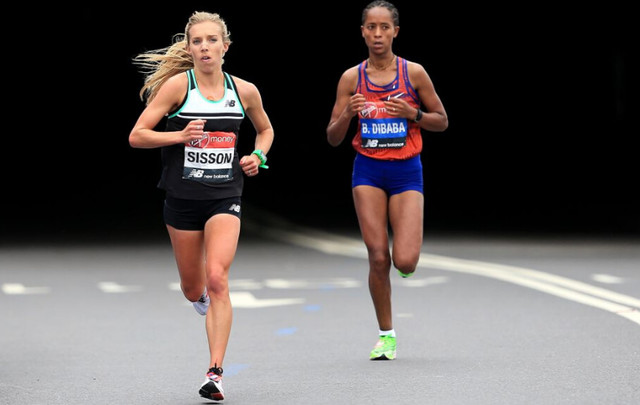
says Ray Treacy, who coaches both Sisson and Huddle. “That’s the goal and see how she feels the last 5k…We’re just hoping for the best and she gets her reward for all the hard work she’s done over the last four or five months, because this is her only race.”
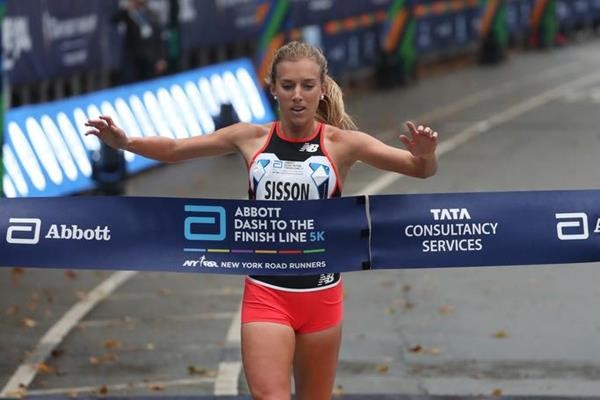
Sisson hasn’t raced since dropping out of the US Olympic Marathon Trials in February, though she did run the virtual New York City Marathon in 2:38:00 in October (Treacy says the aim was merely to get in a good long run effort, adding that it felt “easy” for Sisson and that she recovered “immediately”). Considering her goal is to make the Olympic team at 10,000 meters next year, Treacy did not want Sisson to run another marathon this fall, making the half marathon a natural distance for a target race. And with USATF opting not to send a team to the World Half Marathon Championships, Valencia was the best option.
Treacy says Sisson’s fitness is “really, really good” at the moment, with the 29-year-old clocking 24:37 recently for a five-mile time trial and averaging 5:05 pace for a 4 x 2-mile workout — well under American record pace (AR paceis 5:09). Currently, Sisson sits #2 on the all-time US list thanks to her 67:30 in Houston last year.
There are a couple of potential stumbling blocks, however. First, Sisson may not have any company during the race. The top women will be aiming to run the world record (64:31) or close to it, which is beyond Sisson’s abilities. Though there are two other women — Kenyans Brenda Jepleting (67:07) and Sheila Chepkirui (67:37) — with personal bests close to Sisson, it’s unclear whether they’ll try to run with her or opt for the more aggressive pace up front.
Treacy believes Sisson should be able to handle that situation just fine, though. She was alone for most of the second half of her marathon debut in London in 2019 and came out with a stellar 2:23:08 personal best.
“She’s pretty good at doing that anyway, so I’m not worried about it,” Treacy says.
The larger concern is the weather. The high of 58 degrees in Valencia on Sunday is fine, but the projected winds of 15 to 25 miles per hour could prove problematic.
While Sisson still has several years of her prime remaining, record opportunities like this are precious. Under Treacy, Huddle only raced one half marathon per year from 2015 to 2020, and three of those came on a relatively tough course in New York. Even when Huddle did finally set the record in Houston in 2018, she wasn’t 100% as she had gotten sick a few days earlier.
“[Huddle] never had the opportunity to run really, really fast,” Treacy says. “Certainly when Molly was in the shape she was in Rio, (where she ran an American 10,000m record of 30:13 at the 2016 Olympics), I think she could have run 66:30, 66:40.”
by Jonathan Gault
Login to leave a comment
Valencia Half Marathon
The Trinidad Alfonso Valencia Half Marathon has become one of the top running events in the world. Valencia is one of the fastest half marathon in the world. The race, organized by SD Correcaminos Athletics Club, celebrated its silver anniversary in style with record participation, record crowd numbers, Silver label IAAF accreditation and an atmosphere that you will not find...
more...Runners sponsored by smaller companies might be in a better position than those who are signed by major brands
Earlier this week, the Swiss running shoe company On announced that it was starting an elite training group in Boulder, Colorado, called the On Athletics Club. It’s safe to say that this doesn’t seem like the most auspicious time to invest in professional running. Even though the Diamond League—the world’s premier track and field competition circuit—is scheduled to begin an abridged summer season on Friday, this year has seen an unprecedented number of race cancellations and it’s difficult to predict when the bleeding will stop.
International Olympic Committee President Thomas Bach has already gone on record saying that the Tokyo Games, which have been postponed to summer 2021, will not be delayed a second time. If they can’t be staged next August, the Olympics will be canceled outright, thus depriving track athletes of their quadrennial moment in the sun.

According to Steve DeKoker, On’s Global Sports Marketing Manager, the company has long been looking to develop an elite running team and the Boulder-based group represents the most significant move in that direction to date. For now, the On Athletics Club consists of eight runners, all of whom are in their 20s and were standout NCAA athletes (the University of Colorado’s Joe Klecker and the University of Wisconsin’s Alicia Monson are the headliners).
Recently retired Olympian Dathan Ritzenhein will act as coach. It has been disclosed that these athletes will be signing multi-year deals with no reduction clauses (i.e. performance quotas)—a risky move, perhaps, but one that On might currently be well-positioned to make thanks to a potential pandemic-inspired uptick in recreational running.
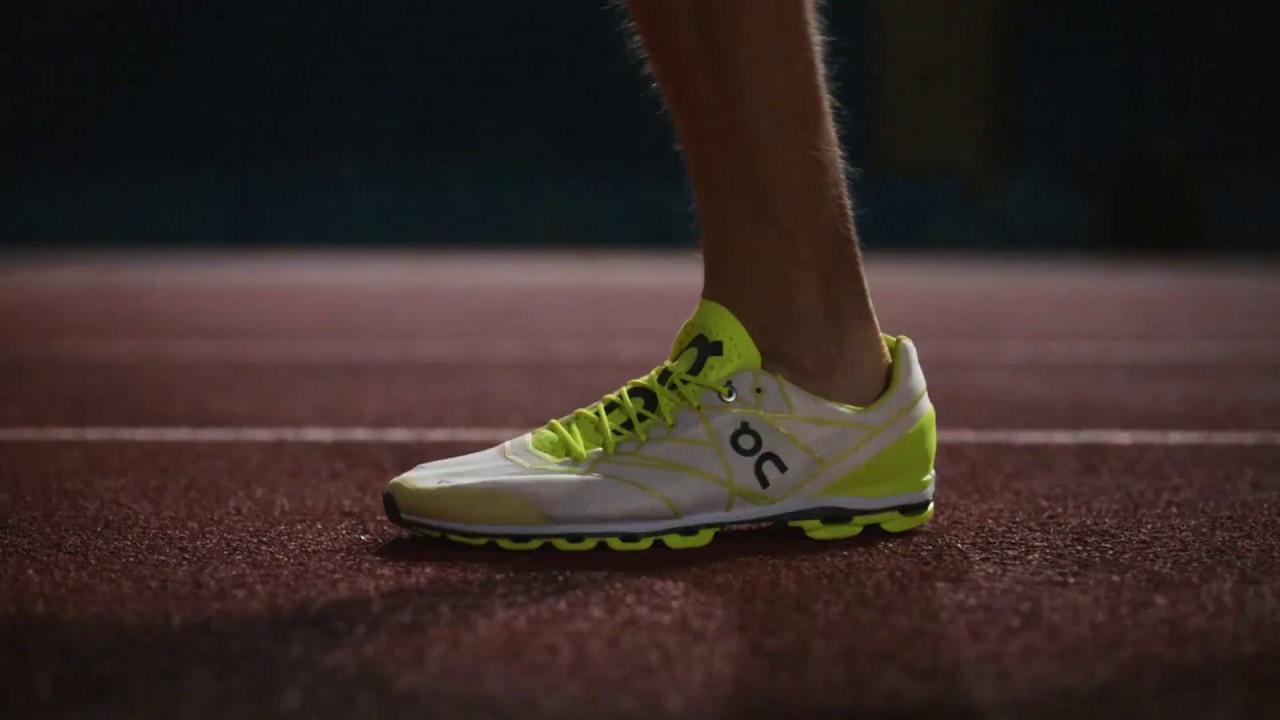
“Running is kind of experiencing this second boom,” DeKoker told Letsrun.com. “We’ve got all these folks at home who are struggling with different issues, but running is a viable activity for them. Whereas if you’re Nike, and you’re in 50 different verticals, running might be a positive one, but you’ve got a bunch of other sports that are hemorrhaging right now.”
There has been some evidence to bear this out. Nike has reported a 38 percent decline in total revenue through May 31. More specifically, last week, the market research company NPD published an article noting that prominent brands (Nike, Adidas, Under Armour) had an overall sales decline in athletic footwear in the first half of 2020, while several running-focused shoe companies had fared conspicuously well.
Hoka One One and On, in particular, saw year-over-year sales increases of 75 and over 50 percent, respectively. (An On representative has confirmed this, and added that the brand had recorded its highest ever sales month in June 2020.) Matt Taylor, the co-founder and CEO of the independent running apparel brand Tracksmith, told me that “there’s been a noticeable uptick in people running over the last few months,” and that Tracksmith was “seeing this trend reflected” in its business.
While the running industry will never be entirely insulated from the state of the overall economy, there is some logic to the notion that the sport is well-suited to weather a financial downturn. To use DeKoker’s term, running is a “viable activity” for many people because it is relatively cheap, accessible, and offers both physical and mental health benefits during times of uncertainty.
The most recent running boom occurred during the years immediately following the Great Recession; starting around 2008, there was a continual increase in running event participation, culminating in 2013, when a record 19 million runners took part in U.S. road races.
Of course, from a running perspective, one of the uniquely cruel aspects of the COVID-19 recession is that the pandemic has precluded the staging of most mass participation events. The New York Road Runners, the largest non-profit running events company in the United States, laid off eleven percent of its employees and furloughed an additional 28 percent in July. Hence, any discussion about how the pandemic might end up “benefiting” the running industry in shoe or apparel sales must be weighed against this freeze of running events.
For professional runners, meanwhile, the cancellation of big-ticket races signifies a loss in prospective appearance fees and prize money. Some athletes might also be contractually obligated to run a pre-set number of races, which, needless to say, has not been so easy in 2020. That’s why this has been the summer of intrasquad competitions, in which training partners take part in de facto time trials that have been spruced up just enough to qualify as official meets. While some of these events have yielded impressive performances—most notably Shelby Houlihan, of the Bowerman Track Club, breaking her own American record in the 5,000-meters—there have also been farcical scenarios where world-class athletes phoned it in, presumably so that they can reach their race quotas. (Last week, reigning Olympic 1,500-meter champion Matthew Centrowitz “raced” an 800... and ran 3:08. His personal best in the event is 1:44.)
It’s not a coincidence that the most prominent examples of these sham races have involved Nike athletes. After all, the Oregon-based company sponsors far more runners than any other brand. They have the funds to do it, but casting a wide net might also make it more difficult for Nike to offer elite runners the contractual perks of smaller, running-focused companies like Oiselle, On, and, recently, Tracksmith. For now, reduction clauses still seem to be the norm for the typical Nike track athlete. (A Nike spokesperson told me that the company does not comment on athlete contracts.)
Hawi Keflezighi, an agent whose clients include his brother Meb Keflezighi and recent U.S. Olympic Trials Marathon champion Aliphine Tuliamuk, agreed that this was likely to be the case. “I think Nike deserves credit for all the athletes and events that they sponsor, but at the same time, within that business model, if you have a lot of athletes, you can’t be as flexible as when you only have five or ten athletes on your roster,” Keflezighi, whose brother was a Nike athlete for years before signing with Skechers in 2011, told me. He added that, while it’s typical for companies to reassess which athletes they want to sponsor at the end of an Olympic cycle, the current uncertainty surrounding the fate of the Games, and looming recession, mean that conditions for athletes are even more cutthroat than usual.
“I think the bigger brands definitely have tougher decisions to make, just because they have a bigger investment overall,” Keflezighi says. “The athletes with those brands, especially if they are not medal contenders or in a great position to make the US Olympic team—under this environment, those athletes’ contracts are a little bit more vulnerable. If you have a smaller roster of athletes, you might be able to say, ‘Hey, you know what? Let me give that athlete an extra year or two.”
DeKoker echoed this sentiment. “Obviously, performance is going to be a key element, but it’s not the only element with On,” he says. “I do think that, at some of these other companies, it’s much more of a numbers game and unfortunately some athletes are going to be on the losing end of that.”
What will the “numbers game” look like in a worst case scenario where next year’s Olympics ultimately do get canceled? With any luck, we won’t get to find out.
by Outside Online
Login to leave a comment
Shannon Rowbury just might make her fourth US Olympic Team post-pregnancy
Shannon Rowbury proved she can run elite times post-pregnancy. Next year, she hopes to be the latest example that an Olympic career doesn’t end with motherhood.
“Having a child isn’t a death sentence,” she told fellow Olympic runner and mom Alysia Montaño in a recent On Her Turf interview. “You can come back even better.”
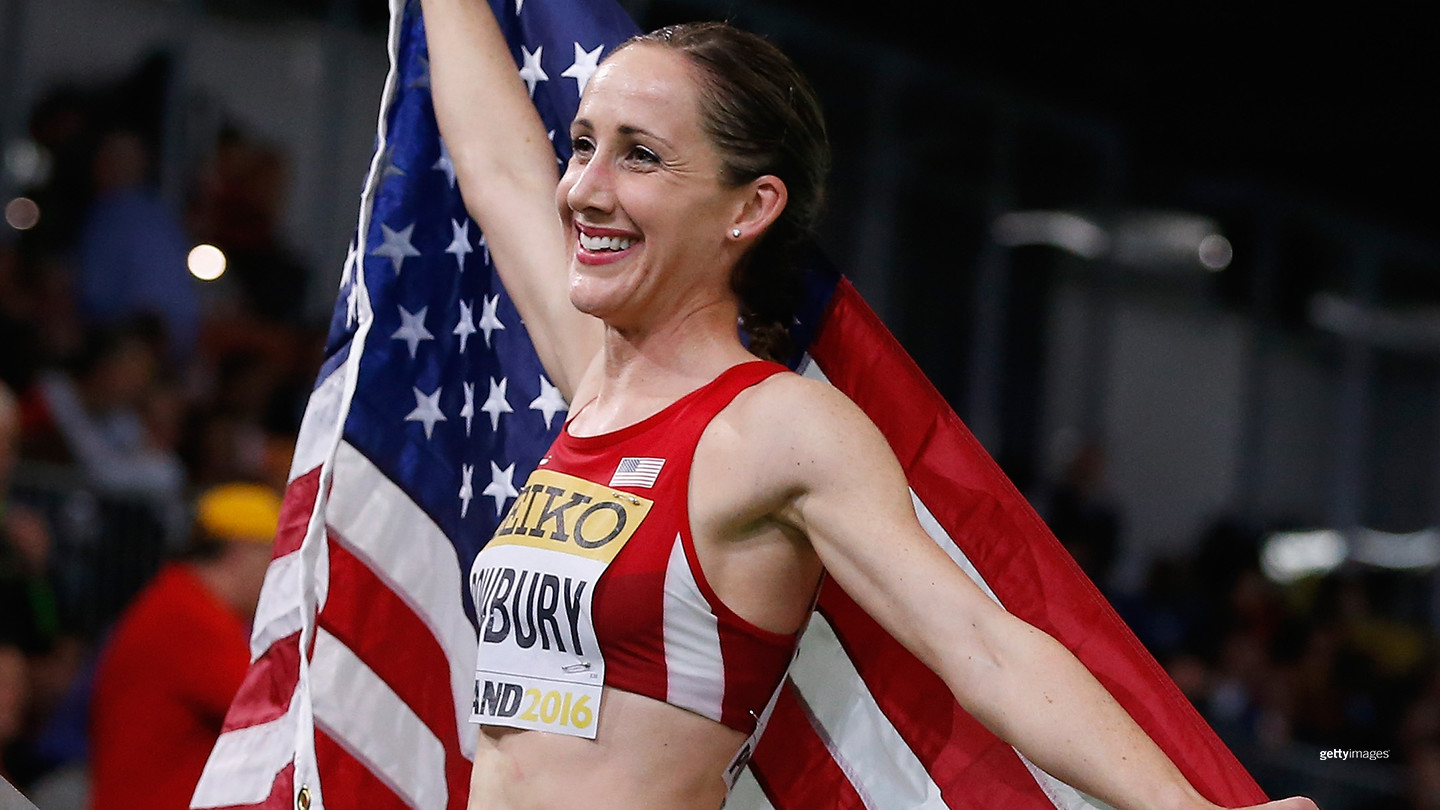
Rowbury, a 35-year-old, three-time Olympian, raced this month on the Diamond League circuit for the first time in three years and since having daughter Sienna in June 2018.
It went pretty well. She clocked her second-fastest 5000m ever, a 14:45.11 to place fifth in Monaco.
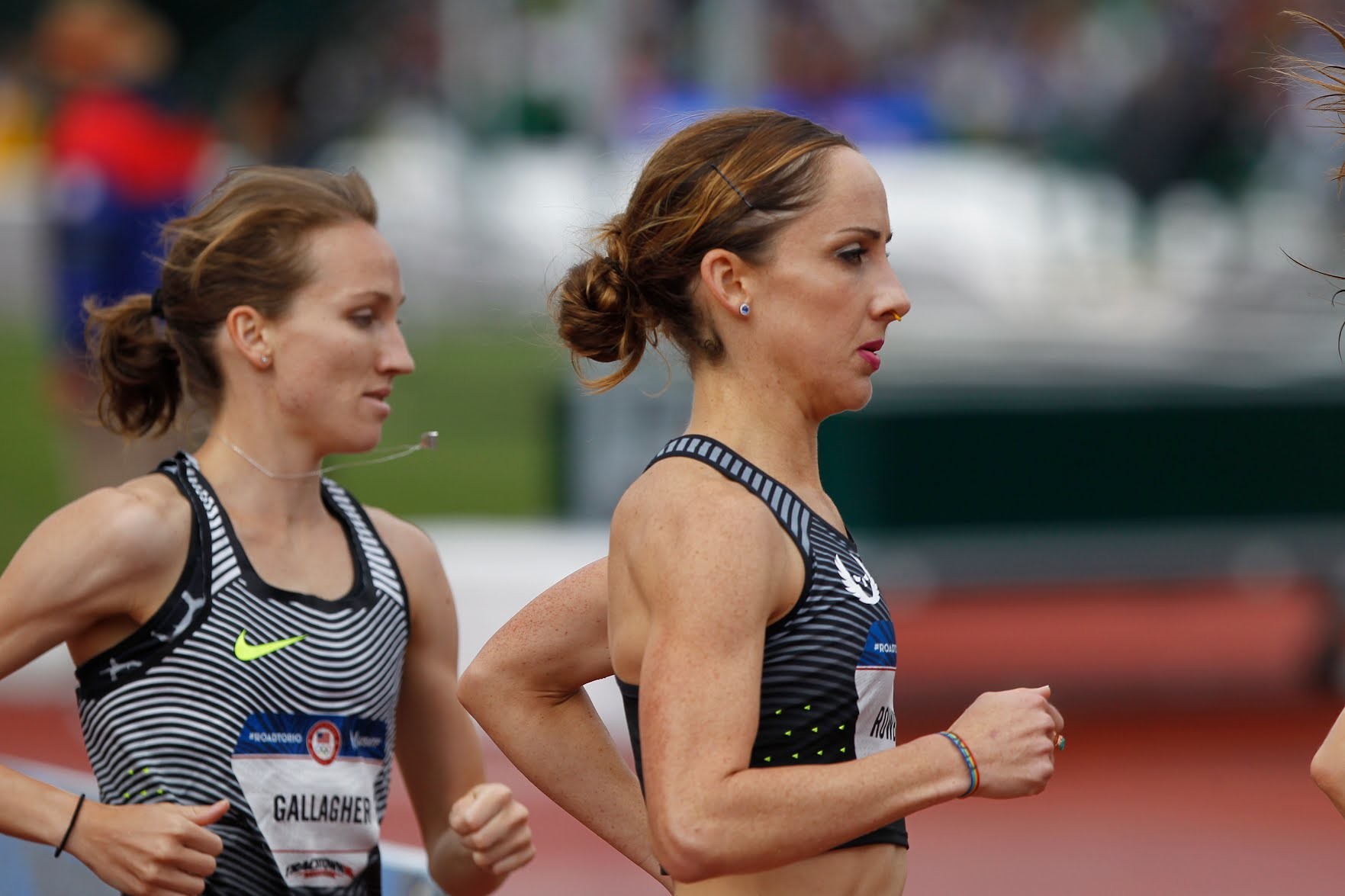
Only four other Americans have ever gone faster. One is retired (Shalane Flanagan). It’s very possible that two of the others could focus on other distances next summer (Shelby Houlihan and Molly Huddle).
Rowbury is right in the mix to make a fourth straight Olympics, given three U.S. women qualify per event. She can become the oldest U.S. woman to race on an Olympic track since Gail Devers in 2004, and one of the few moms to do so.
Rowbury is the former American record holder at 1500m and 5000m with a pair of fourth-place finishes from racing the former at the last three Olympics.
In 2018, she returned to training eight weeks after having Sienna. Ramping up too quickly led to a stress fracture in early 2019. She felt fatigued from sleep deprivation and breastfeeding and struggled with her identity.
Will I ever be the same? How much do I have left? Who am I without sport?
“I love my daughter,” she said last year, “but I loved my life before as well.”
She kept running. Rowbury placed sixth in the 5000m at the 2019 USATF Outdoor Championships, racing on a lack of training due to the injury. She missed an Olympic or world championships team for the first time since 2007, when she graduated from Duke.
Then in November, she won the U.S. 5km title on the roads in New York City. Rowbury raced for the first time this year in July and is still in Europe, torn while spending three weeks away from Sienna and husband Pablo Solares, a former middle-distance runner from Mexico.
“I felt very strongly that I would never prioritize my career over my family and over my daughter,” she said. “My performance right now is testament to the fact that you can have a healthy, natural weaning process, and you can still compete at a very high level.”
Rowbury partly dismissed motherhood earlier in her career because she was afraid of potential consequences. In more recent years, runners including Rowbury, Montaño and Allyson Felix fought for maternity protection in the sport, such as with health insurance through USA Track and Field and in sponsor contracts.
“I don’t think that any woman should be told she needs to do something in order to compete as an athlete or to pursue her dreams,” Rowbury said.
by Yahoo Sports OlympicTalk
Login to leave a comment
Tokyo 2020 Olympic Games
Fifty-six years after having organized the Olympic Games, the Japanese capital will be hosting a Summer edition for the second time, originally scheduled from July 24 to August 9, 2020, the games were postponed due to coronavirus outbreak, the postponed Tokyo Olympics will be held from July 23 to August 8 in 2021, according to the International Olympic Committee decision. ...
more...Moh Ahmed Amazes with 12:47 5K (3:58 Final 1600) as Lopez Lomong Becomes 9th American Under 13:00
2019 World Championship bronze medalist Moh Ahmed is truly among elite company now. Running in the Bowerman Track Club Portland Intrasquad II meet, just minutes after Shelby Houlihan lowered her American record (14:23.92) at 5,000m, Ahmed clocked 12:47.20 to smash his Canadian record (12:58.16) on Friday night. He became the 17th man to run under 12:50 for 5,000 meters and moved to #10 on the world all-time list. As impressive as the time was, it was the way he did it — an incredible 3:58.59 final 1600, with each lap faster than the previous one (61.34-60.31-59.48-57.45) — that truly resonated.
So great was Ahmed’s run that he made Lopez Lomong’s 12:58.78 runner-up effort look downright ordinary by comparison — despite Lomong, the reigning US champion, becoming just the ninth American to join the sub-13:00 club.
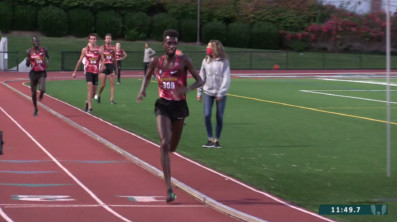
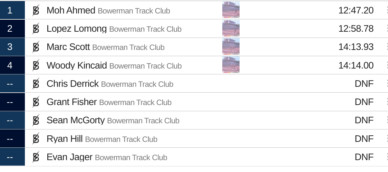
Afterwards, Ahmed said he really wanted to dip into the 12:40s, saying he saw the split with two laps to go (10:50.26) and thought “You can run 2:00.” Ahmed, who broke 13:00 for the first time last year, knew there was a big time gap between him and some of the other top guys in the world. Two years ago in Brussels, Selemon Barega ran 12:43, Hagos Gebrhiwet 12:45, and Yomif Kejelcha 12:46. Ahmed? He ran 13:03, which was then a PR.
“I saw those guys run 12:43 and how easy they made it look,” Ahmed said on the USATF+ broadcast.
Ahmed said he was “super nervous” before the race and despite running so fast said it’s been a “super challenging year.” “Right now I’m speaking to you, but I don’t know where the hell I am,” he told Paul Swangard.
Both Ahmed and Lomong benefited from some world-class pacemakers, with Bowerman Track club teammates Ryan Hill, Grant Fisher, and Evan Jager helping them through 1600 in 4:09 and 3200 in 8:18. Once the final pacer, Jager, stepped off at 3600, however, it was all Ahmed. This wasn’t exactly unfamiliar territory — Ahmed ran almost all of the way in last year’s fast Bowerman 5,000 in Beaverton that saw Woody Kincaid run 12:58. The question on many people’s minds that night was how fast Ahmed could have run had he stayed in the race. Tonight’s effort provided an answer of sorts.
by Let’s Run
Login to leave a comment
World bronze medalist Moh Ahmed and US champion Shelby Houlihan smash North American 5000m records in Portland
World bronze medallist Moh Ahmed and US champion Shelby Houlihan made significant improvements on the North American 5000m records at a low-key competition at Jesuit High School in Portland on Friday night (10).
Ahmed’s 12:47.20 took more than six seconds off Bernard Lagat’s continental record set back in 2011, while Houlihan’s 14:23.92 was a 10.53-second improvement on her own North American record from two years ago. Runner-up Karissa Schweizer also finished inside the previous continental record, clocking 14:26.34.
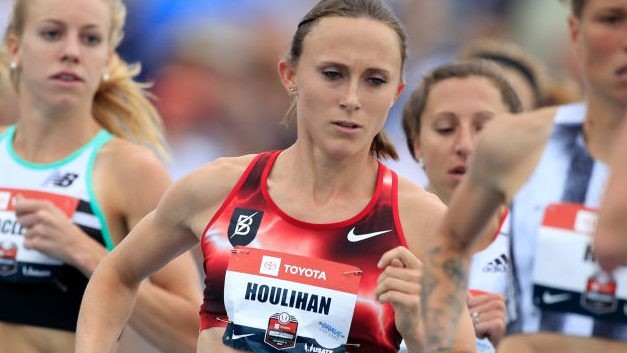
Organised by their training group, the Bowerman Track Club, the meet comprised just two 5000m races and the intention for both events was to provide the opportunity for fast times. Steeplechase specialist Colleen Quigley paced the early stages of the women’s race, taking the field through the first 1000m in 2:55.44.
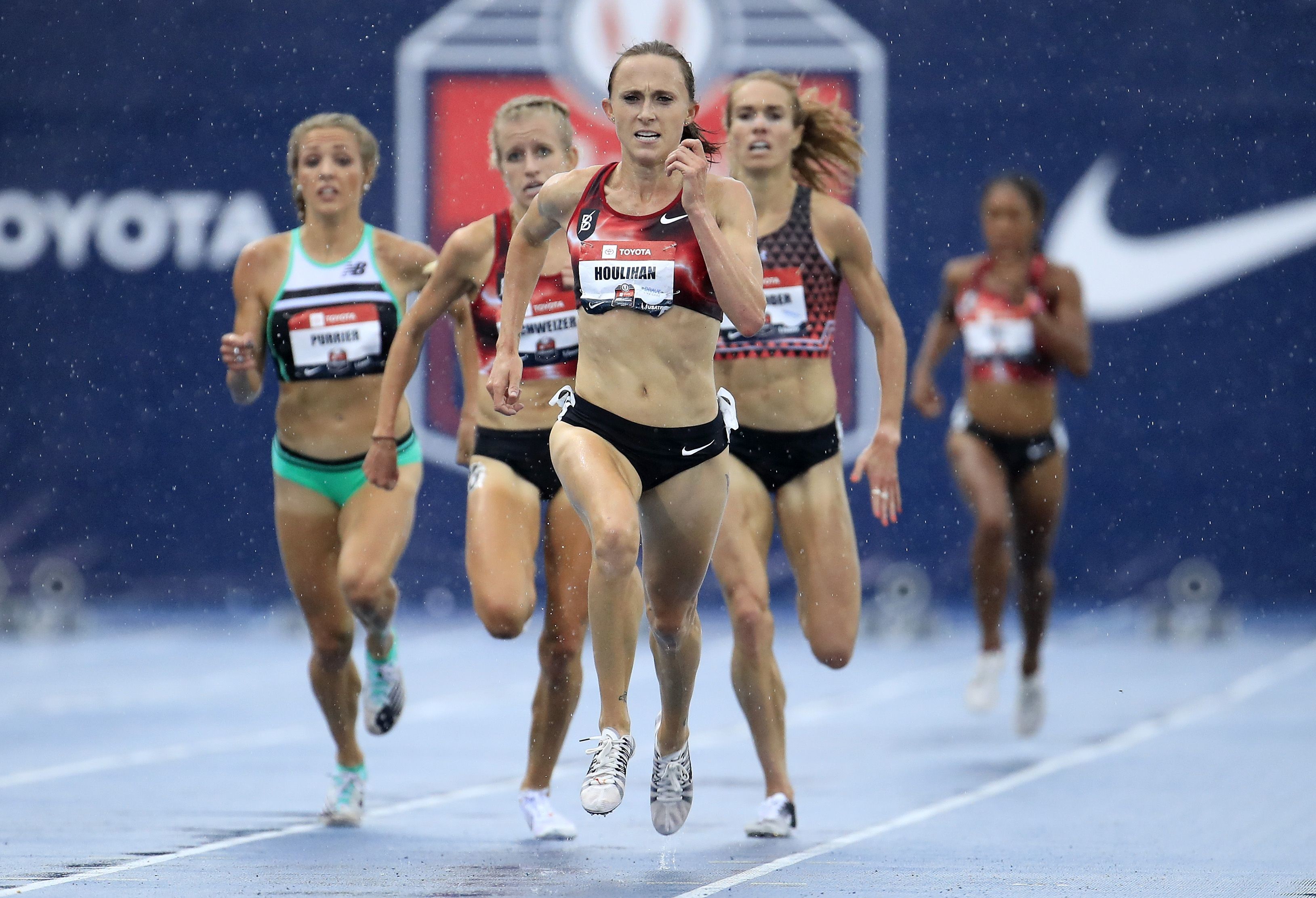
Fellow steeplechaser Courtney Frerichs, the 2017 world silver medallist, took up the running just before 2000m, which was passed in 5:51. Three women – Quigley, Marielle Hall and Gwen Jorgensen – withdrew at the 3000m point. Elise Cranny briefly led at that point, clocking 8:47.88 for her 3000m split, and was just ahead of Houlihan, but Cranny and Frerichs eased off for the final stages of the race, leaving just Houlihan and Schweizer out in front.
Houlihan drifted to the front with three laps to go and gradually started to increase the pace for the final kilometre. Schweizer managed to stick with her training partner until the final lap, which Houlihan covered in 61.4 seconds, giving her a finishing time of 14:23.92. Schweizer was second in 14:26.34.
“I knew Karissa was going to try to come up on me and take the lead, but I decided I was not going to let that happen,” Houlihan told usatf.tv after the race. “I just kept trying to fight her off and tried to have a big kick on the last lap.
“Karissa was in the race in Heusden two years ago where I set the previous record,” added Houlihan. “It’s been really awesome to have her as a training partner and to see how far she has come. She was only three seconds behind me today and I know she’s going to get that 5000m record at some point.”
The men’s race played out in similar fashion, with half the field helping to set the pace for the first 3000m before leaving Ahmed and Lopez Lomong to battle it out for victory.
Ryan Hill (2:36.2) and Grant Fisher (5:12) were the respective leaders for the first and second kilometres as Ahmed and Lomong sat in the middle of the pack. Fisher reached 3000m in 7:46.10, closely followed by Evan Jager and Sean McGorty, but they soon stepped off the track and Ahmed took up the running with three laps to go.
Ahmed then started to wind up the pace and broke away from Lomong on the penultimate lap, which he covered in 59.5. He moved up another gear and ran the final 400m in 57.45 to cross the finish line in 12:47.20, smashing his own Canadian record and moving to 10th on the world all-time list. Lomong, who narrowly missed out on breaking the 13-minute barrier last year with 13:00.13, finished second in a lifetime best of 12:58.78.
“Once I saw the way Shelby and Karissa attacked the last 600m, I told myself that I just had to do the same kind of thing,” said Ahmed, whose previous best was 12:58.16. “With two laps to go, the clock said 10:49 and I just thought, ‘you can run two (minutes) flat (for the final 800m)’. With 200m to go, I just tried to blast it as hard as I could.
“I’m excited, it’s something I’ve been working really, really hard for. It’s been an extremely challenging year, but luckily we have a good group and it was great to deliver this.”
by World Athletics
Login to leave a comment
Ahmed, Quigley and others post PBs at Bowerman Track Club meet
The intra-squad meet saw huge personal bests from a number of athletes
Restrictions regarding social distancing and COVID-19 have been getting more relaxed in the U.S. lately, and that has allowed for clubs to hold in-person track meets and competitions. On Tuesday night, the Bowerman Track Club joined other high-profile and elite training groups which have held competitions in the past month, such as the Oregon and Atlanta track clubs, which held a dual meet a couple of weeks ago, and Team Boss in Colorado, which ran a record-breaking intra-squad mile event on June 27. The Bowerman event featured 1,500m and 5,000m races for both the men and women, and it saw some seriously fast times, with multiple athletes not just beating their PBs, but absolutely smashing them.
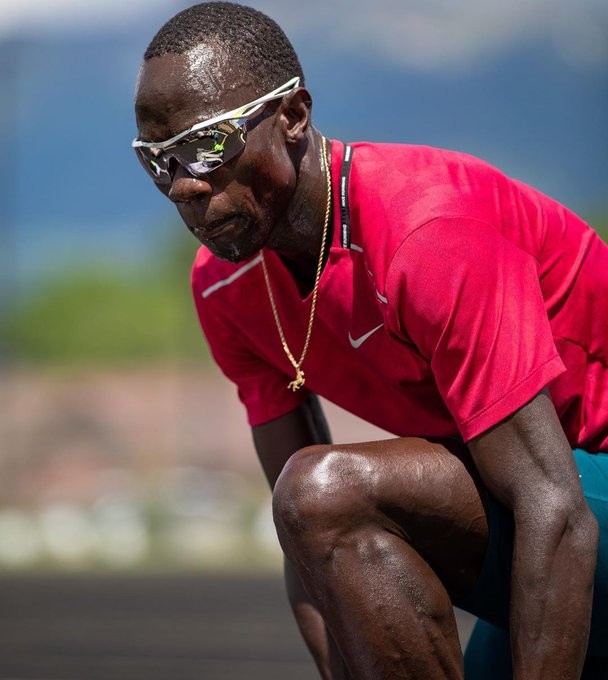
PBs for everyone
The women’s 5,000m saw seven athletes line up to race, and the top four walked away with new PBs. Elise Cranny won the race in 14:48.02, which was a more than 30-second improvement on her PB of 15:25.66. It was also good enough to make her the seventh-fastest American woman ever over 5,000m. Second place was Courtney Frerichs, who entered Tuesday night with an indoor PB of 15:02.91 but an outdoor best of 16:22.98 from 2013. She smashed both of those times, running 14:50.06, which catapults her to eighth on the all-time list of American women.
Colleen Quigley finished in third place, and although the 5,000m isn’t her specialty, she still dropped a blazing fast time of 15:10.42, which was 48 seconds faster than her previous best of 15:58.90. Finally, in fourth place was Gwen Jorgensen, who beat her outdoor PB with a time of 15:18.25 (although she has a faster indoor PB of 15:02.27).
On the men’s side, Sean McGorty won ahead of Grant Fisher, both of whom beat their 5,000m PBs with times of 13:11.22 and 13:11.68, respectively. McGorty’s previous best was 13:21.35 and Fisher’s was 13:29.03.
1,500m runs
The 1,500m events had fewer participants, but both races saw a PB each. The men’s run had a thrilling sprint finish between Josh Thompson, Lopez Lomong and Canadian Mohammed Ahmed. Thompson ran 3:39.652 to edge out Lomong, who ran 3:39.660, and Ahmed, who posted a PB of 3:39.84. The women’s race also saw a tight finish, with Shelby Houlihan eking out a win in 4:02.37 over Karissa Schweizer, who ran a four-second PB with a time of 4:02.81.
Official races may still be on hold, but the Bowerman athletes have sent a message to the rest of the track world, showing everyone that they’ll be fit, fast and ready to race whenever the season resumes.
by Running Magazine
Login to leave a comment
After coronavirus forces postponement of 2020 Tokyo Olympics, elite athletes share their sorrow
Former University of Oregon sprinter English Gardner was looking at the big picture when the news broke Tuesday that the 2020 Tokyo Olympics were being postponed for a year because of the worldwide coronavirus pandemic.
Gardner has a 2016 Olympic gold medal from the Team USA women’s 4x100 relay and big hopes for Tokyo.
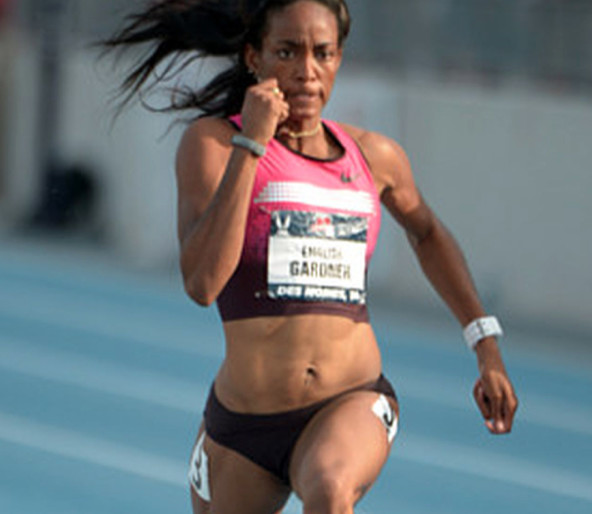
But she fully supports the decision by the International Olympic Committee and Japanese organizers to postpone.
“I’m bigger than track and field,” Gardner said. “I’m part of the community. I’m a human being. I’m a sister. I’m a mother. I’m a girlfriend. I’m a godmother. As a whole world, we’re kind of going through it right now. It’s OK that the Games got postponed because this problem, this illness, this sickness is way bigger than Tokyo.”
Gardner is among the Olympic-level athletes and coaches who spoke to The Oregonian/OregonLive on Tuesday about the postponement. They shared varying mixtures of relief, resignation, disappointment and hope for the future.
Shortly after the decision about the Olympics became public, the TrackTown USA local organizing committee announced the U.S. Olympic trials for track and field scheduled for June at Hayward Field in Eugene also had been postponed.
In most of the country, athletes are living in various degrees of social isolation as state, regional and municipal governments try to slow the spread of the virus. In many cases it has affected their ability to train.
Maybe worse has been the uncertainty of not knowing what the future holds and watching major sporting events be canceled or postponed, one after another. It seemed only a matter of time before the Olympics became the next domino to fall.
“I wasn’t super surprised,” said Shelby Houlihan of the Portland-based Bowerman Track Club and reigning USA Track & Field outdoor women’s champion in the 1,500 and 5,000 meters. “I figured it was probably going to happen. But it still kind of sucks.
“Obviously, it was probably for the best because of the situation we’re in. Safety should definitely be the No. 1 priority. But it does suck because I was ready for this year.”
Pete Julian coaches a Nike-sponsored, Portland-based team of elite distance runners who have been gearing up for the Olympics.
Julian’s group includes, among others, U.S. mid-distance stars Donavan Brazier, the 2019 world outdoor champion in the 800 meters, and Craig Engels, German star Konstanze Klosterhalfen and former University of Oregon runner Jessica Hull of Australia.
“I don’t think any of them are happy about the Olympics getting moved,” Julian said. “I think a lot of them feel they’re ready to go and believe they can win medals. They’re sort of kicking the post. They want to race.”
But Julian agrees with the decision to postpone. His message to his runners is they can be better in 2021 than they are now. He believes the Olympics can be too.
“I think Tokyo is one of the few cities in the world that could pull this off without a hitch,” he said. “I don’t think most of us can even imagine the logistical nightmare that this is going to create, and what the IOC and Tokyo will have to work through. But they will be able to do it, and it will be amazing.”
Evan Jager of the Bowerman Track Club is the 2016 Olympic silver medalist in the men’s steeplechase. He said he had a strong winter of training and liked his positioning heading into the outdoor season. But he believes this step back can turn to be a bigger step forward.
“Postponing it a year and having the Olympics as that light at the end of the tunnel is going to be a very positive thing to look forward to,” Jager said. “We can come out of this crisis a year from now, and hopefully be healthy. The Olympics can be a celebration of getting out of these dark times.”
Marathoner Galen Rupp said he planned to keep training and keep perspective.
The former University of Oregon star won an Olympic silver medal in the men’s 10,000 meters in 2012 and a bronze in the marathon in 2016. He already had made the 2020 U.S. Olympic team by winning the marathon trials on Feb. 29 in Atlanta.
“The health, safety and well-being of the global population are of the utmost importance and beyond any sporting event,” Rupp said. “Already so many people have gotten sick or died and so many more have been greatly impacted by the coronavirus. We need to listen to the advice of health experts.”
Even if that means going dark in 2020 and waiting a year so the coronavirus can be contained.
Gardner, the former UO sprinter who lives in New Jersey, said training has become difficult because of quarantine containment regulations. She joked she has to get creative to do track workouts because of padlocked facilities.
“I’ve been hopping a lot of fences,” she said. “I’ve been working on my long jump and high jump approaches.”
But turning serious, she said she endorsed the quarantines and social-distancing rules as a way to keep vulnerable family members safe. She said the Olympic postponement would protect athletes and fans.
“I was mostly concerned that we would calm the virus down, we all would go to Tokyo and spur it back up again,” Gardner said.
She said it could hit athlete housing in Tokyo the way an outbreak of the norovirus struck at the 2017 World Outdoor Championships in London.
“We share common eating rooms,” she said. “We all share the same tracks, the same weight rooms, the same hotels. It would just be a matter of time before it spurred back up again.“
by Oregon Live
Login to leave a comment
After postponement of 2020 Tokyo Olympics, elite athletes share sorrow, perspective
Former University of Oregon sprinter English Gardner was looking at the big picture when the news broke Tuesday that the 2020 Tokyo Olympics were being postponed for a year because of the worldwide coronavirus pandemic.
Gardner has a 2016 Olympic gold medal from the Team USA women’s 4x100 relay and big hopes for Tokyo.
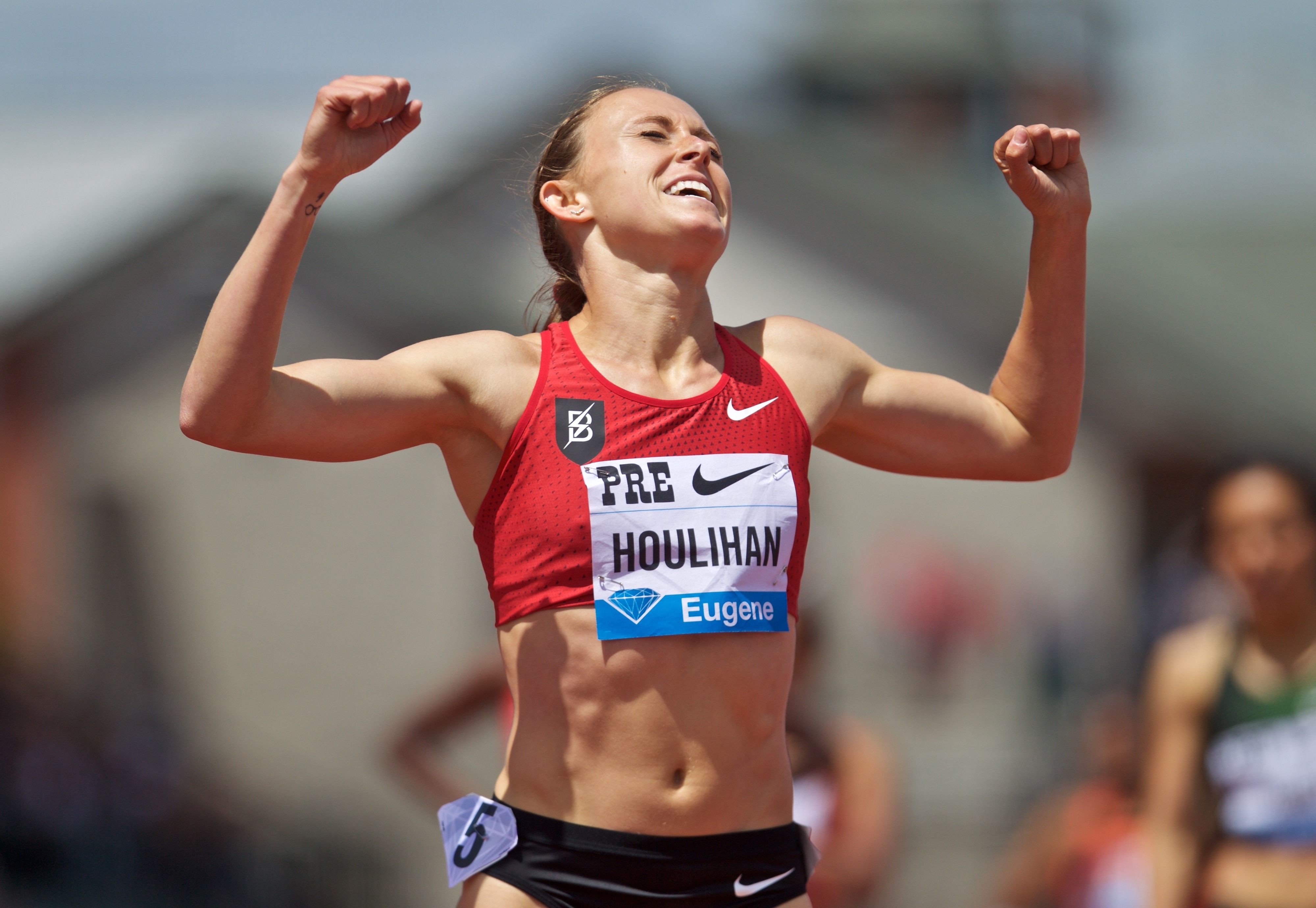
But she fully supports the decision by the International Olympic Committee and Japanese organizers to postpone.
“I’m bigger than track and field,” Gardner said. “I’m part of the community. I’m a human being. I’m a sister. I’m a mother. I’m a girlfriend. I’m a godmother. As a whole world, we’re kind of going through it right now. It’s OK that the Games got postponed because this problem, this illness, this sickness is way bigger than Tokyo.”
Gardner is among the Olympic-level athletes and coaches who spoke to The Oregonian/OregonLive on Tuesday about the postponement. They shared varying mixtures of relief, resignation, disappointment and hope for the future.
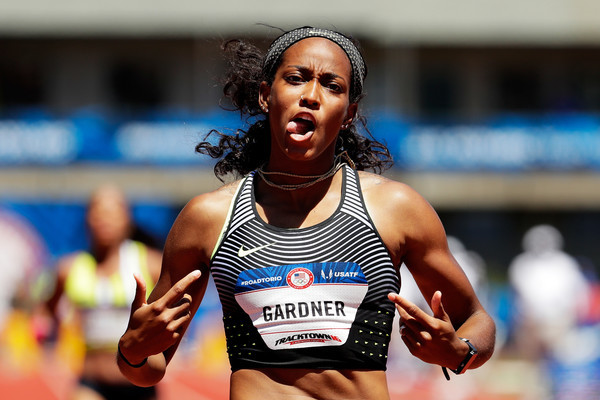
Shortly after the decision about the Olympics became public, the TrackTown USA local organizing committee announced the U.S. Olympic trials for track and field scheduled for June at Hayward Field in Eugene also had been postponed.
In most of the country, athletes are living in various degrees of social isolation as state, regional and municipal governments try to slow the spread of the virus. In many cases it has affected their ability to train.
Maybe worse has been the uncertainty of not knowing what the future holds and watching major sporting events be canceled or postponed, one after another. It seemed only a matter of time before the Olympics became the next domino to fall.
“I wasn’t super surprised,” said Shelby Houlihan of the Portland-based Bowerman Track Club and reigning USA Track & Field outdoor women’s champion in the 1,500 and 5,000 meters. “I figured it was probably going to happen. But it still kind of sucks.
“Obviously, it was probably for the best because of the situation we’re in. Safety should definitely be the No. 1 priority. But it does suck because I was ready for this year.”
Marathoner Galen Rupp said he planned to keep training and keep perspective.
The former University of Oregon star won an Olympic silver medal in the men’s 10,000 meters in 2012 and a bronze in the marathon in 2016. He already had made the 2020 U.S. Olympic team by winning the marathon trials on Feb. 29 in Atlanta.
Evan Jager of the Bowerman Track Club is the 2016 Olympic silver medalist in the men’s steeplechase. He said he had a strong winter of training and liked his positioning heading into the outdoor season. But he believes this step back can turn to be a bigger step forward.
by Ken Goe
Login to leave a comment
Tokyo 2020 Olympic Games
Fifty-six years after having organized the Olympic Games, the Japanese capital will be hosting a Summer edition for the second time, originally scheduled from July 24 to August 9, 2020, the games were postponed due to coronavirus outbreak, the postponed Tokyo Olympics will be held from July 23 to August 8 in 2021, according to the International Olympic Committee decision. ...
more...Shelby Houlihan & Josh Thompson Complete Bowerman TC Sweep of 1500s at 2020 USATF Indoors
The Bowerman Track Club has owned the women’s distance events at USA Indoors in recent years, sweeping the 1500 and 3000 (or the equivalent mile/2-mile) every year since 2017. Well, more accurately, Shelby Houlihan — who earned seven of those eight titles — has owned the distance events.
Today, a Bowerman TC man finally got into the act as Josh Thompson (3:44.07) held off defending champ Craig Engels (3rd, 3:44.62) and the surprising Nick Harris (2nd, 3:44.57) in the 1500 to earn BTC’s first men’s indoor title since 2016. Coupled with another dominant Houlihan victory, it gave BTC a sweep of the metric mile at this year’s USATF Indoor Championships and capped off a successful weekend that saw Jerry Schumacher’s outfit sweep the top three spots in both the women’s 1500 and 3000.
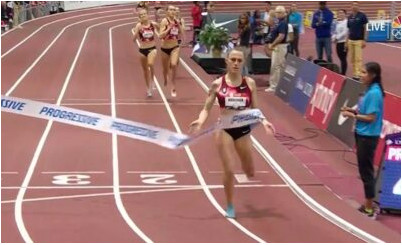
Mens Race
Thompson, who was trying to make it as a steeplechaser this time last year, announced himself as one of the country’s best milers by placing third in the 1500 at USA outdoors last year. Now, after his first national title, there’s no doubt about his best event.
Thompson ran a tactically perfect race, which began by putting himself in ideal position on leader Garrett O’Toole’s shoulder at 400 meters. Once Willy Fink took the lead shortly thereafter, Thompson followed along, content to stay in second as Engels moved behind him into third.
The pack was still tightly bunched when Thompson made his move to the lead at 300 to go, with the Oregon Track Club’s Vincent Ciattei following along into second. But with Olympic bronze medalist Clayton Murphy a scratch, this was always going to come down to Thompson vs. Engels, and that’s what happened once Engels passed Ciattei into second at the bell. Engels made a concerted effort to get around Thompson on the back straight, but Thompson would not yield, fighting him off and forcing Engels to run wide around the final turn. Engels, spent from the effort of trying to pass Thompson, had nothing left in the home straight, and he faded to third, nipped by unsponsored Harris at the line, as Thompson powered away to win in 3:44.07 with a 26.86 final lap.
Womans Race
he women’s race wasn’t quite as dramatic, especially once American mile record holder Elle Purrier was announced as a pre-race scratch following her 4th-place finish in last night’s 3k. The racing began in earnest when Karissa Schweizer took the lead with three laps to go, and it was the BTC show from there as Houlihan and Quigley followed her into second and third. It would remain that way until just over 200 to go, when Houlihan moved to the front, and, as usual, no one could match her top gear as she closed out national title #13 in 4:06.41 with a 29.87 final lap (non one else could even break 31 seconds). Quigley barely held off the impressive Schweizer for second, 4:08.30 to 4:08.32
Login to leave a comment
USATF Championships
For three days, the nation's greatest athletes will be racing, jumping and throwing to see who will be America's national champion! Don't miss your chance to see dozens Olympic and World Championship medalists compete for national titles at this once-a-year event! Based in Indianapolis, USA Track & Field (USATF) is the National Governing Body for track & field, long-distance running...
more...New team in town: Under Armour runs into Flagstaff
Living here, up where the air is rare and trails snake through mountains and traverse verdant valleys, means that you are as liable to see as many elite runners donning corporate-logoed singlets and compression socks around town as you are to spot locals wearing fleece and Birkenstock's.
Yeah, ho-hum, that’s Mo Farah doing squats at your gym. And isn’t that Sara Hall pounding out miles of the FUTS, and Edward Cheserek reeling off sub-50-second 400s at the end of a workout on NAU’s track? Then there’s that thundering herd of Hoka NAZ Elite runners, always striding down Lake Mary Road like so many sleek big cats roaming the savanna.
Flagstaff’s stable of professional runners, some full-time residents but many parachuting in for elevation training, now has grown even more robust — and not just because it soon will be an Olympic year. There’s a new team in town, a corporate-sponsored training group that is fast filling its ranks with numbers challenging NAZ Elite’s civic running hegemony.
The as-yet unnamed group — expect an official "branding" sometime soon — is funded and sponsored by the apparel and shoe company Under Armour. It is headed not by interlopers, but by two track and field veterans who have histories in Flagstaff.
Noted running agent Stephen Haas, who also coaches the likes of 17-time NCAA champ Cheserek, is the driving force behind the team’s formation. He’s been a Flagstaff regular for nearly a decade, first as a distance runner who came here to train, then as a sort of Sherpa for athletes represented by his agency, Total Sports US, and later for several years as executive director of Team Run Flagstaff.
Now Haas has ascended to running his own training group, under Under Armour’s auspices, while still looking after the approximately 45 athletes he represents worldwide, some of whom swoop in here for high-altitude camps and some, like Cheserek, who make Flagstaff home.
Haas is aided in this new venture by former UC Berkeley cross country and track coach Shayla Houlihan, who left Cal after seven seasons last spring. Houlihan, too, has a Flagstaff connection, having trained here earlier in the decade as a pro steeplechaser and then working for two years as a Team Run Flagstaff coach.
So, it’s something of a homecoming for the pair, though you will see a few new faces on the roads, trails and track no doubt wearing the UA logo. They include 2018 NCAA 10,000-meter champion Sharon Lokedi, 5,000-meter elite Rachael Schneider, miler Patrick Casey, 800-meter runner Baylee Mires, Irish marathoner Stephen Scullion and two promising middle-distance recruits fresh out of college, Blake Haney (Oregon) and Taryn Rawlings (Portland).
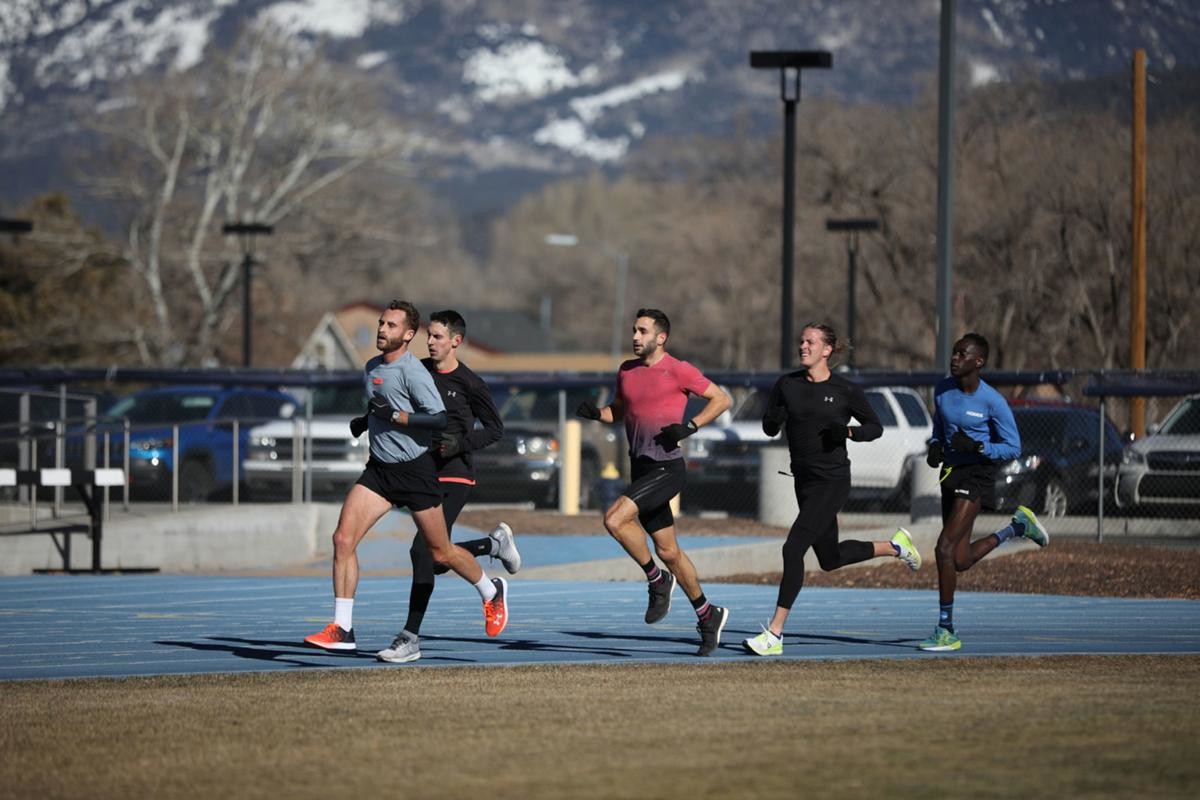
This new team, perhaps not yet boasting the championship pedigree of NAZ Elite, raises two questions: Is this town big enough for two year-round sponsored training groups, and, is Flagstaff reaching a saturation point when it comes to infrastructure for so many elite runners hitting town to train?
Haas doesn’t hesitate in answering.
“No,” he said. “The five minutes that we cross over in the gym with NAZ Elite is the only time we see NAZ Elite. We’re more track-based, so we’re on the track more than them. They’re on the road more than us. For whatever reason, we have different schedules.
“People ask me this all the time. Yes, there’s a lot of athletes who come to Flag, but if you’re not making the effort to connect with people, well, this is a place where you can be lost in the woods every day. You need to make connections.”
As a former elite runner and now agent, Haas is all about networking and building relationships. His career as an agent soared after being named Total Sports US’s client services coordinator. His stable of athletes include notable pros such as Cheserek, Olympians Shelby Houlihan (Shayla’s younger sister) and Hassan Mead, Olympic silver medalist Sally Kipyego and Rachel Cliff, Canada’s marathon and half-marathon record holder. Just recently, he has signed four-time NCAA champ Morgan McDonald and three-time NCAA titlist Jessica Hull, both Aussies, in addition to two-time NCAA 1,500-meter runner-up Justine Kiprotich, who runs for Hoka (though not NAZ Elite) and trains in Flagstaff.
Perhaps more important, at least to the success of the new team sponsored by Under Armour, is Haas’ connections in Flagstaff.
In his days as a distance runner, Haas shared a house with NAU cross country and track coach Michael Smith and the two remain friends. His tenure as executive director of Team Run Flagstaff, in Haas’ words, “gave me a community of people, friends, right away, a social circle.” His duties with TRF dealt with a lot of financial issues, such as gaining sponsorship, but he left the organization because his career as an agent and burgeoning coach was ascending.
“Team Run Flagstaff was great, but it wasn’t a great fit for me,” he said. “I liked more of the elite side of the running world.”
Even before heading TRF, Haas was spending enough time in Flagstaff to be considered a regular in the running community. Total Sports US eventually tasked him to make Flagstaff his home base, because “it seemed a lot of the work we were doing was helping athletes get settled in Flagstaff, get housing, get track access and physio (therapy).
Now that his role has widened, Haas finds himself in a potentially conflicting position. Unlike other top agents in the U.S. — say, Ray Flynn, Hawi Keflezighi or Josh Cox — who solely represent athletes, Haas is negotiating deals for clients with companies sponsoring teams that are direct competitors to the newly-formed Under Armour group.
“Now I’m dual recruiting for the agency, obviously, but also for the group, too,” he said. “It’s a unique situation. We could be interested in a (graduating college) kid who signs with another agency and that’s OK, too. It’s nice to have Shayla here because we can kind of separate a little bit. She can focus on recruiting for the group, and I can focus on recruiting for the agency. That gives the athlete a little more clarity as well. But I’m not closed off …I can work alongside as a coach (with) another agent that represents a kid that I want to recruit. I guess it could be counter-intuitive for the group, but my first and foremost job for any athlete we sign to Total Sports is to try to get them the best contract as possible. Justine is a perfect example.”
Kiprotich, who lost the NCAA 1,500-meter title last year by one one-thousands of a second, is a Haas client. Haas was negotiating an endorsement deal with Under Armour, the sponsor of the new Flagstaff team, for Kiprotich. But Hoka came in with a better offer and he signed with that brand. But instead of joining NAZ Elite or other Hoka teams, Kiprotich was allowed to move to Flagstaff and train under Haas.
“We’re lucky enough that Under Armour still allowed him to come here and train with us,” Haas said.
There’s a similar situation concerning Cheserek, who signed with Skechers. He trains in Flagstaff and jumps in occasionally to work out with the Under Armour athletes as well as other elites who hit town.
Houlihan’s role with the new training group is essential, Haas said, especially since he travels more than 200 days a year. Though a veteran Division 1 coach of both men and women, Houlihan is trying something new coaching pros. Then again, many of the athletes signed by Under Armour are in the early stages of their professional careers.
Login to leave a comment
Shalane Flanagan Was Not Surprised by Alberto Salazar’s Ban
One of America’s greatest marathoners has retired to become a coach and a television commentator, and she is speaking her mind about her sport and her top sponsor.
Shalane Flanagan, the four-time Olympian and winner of the New York City Marathon in 2017, called it quits on her running career in October — sort of.
Flanagan, who is 38 and has long trained with Nike’s Bowerman Track Club, is moving into coaching and television work. She will serve as the color analyst for ABC’s telecast of the New York City Marathon on Sunday, and once that is done she will return to Oregon to help coach the elite women who call themselves the “Bowerman Babes.”
There are few women coaching at the highest levels of running, even for female runners, and fewer who can still keep up with the athletes they train. That’s the kind of coach Flanagan plans to be as she moves into the next phase of her career.
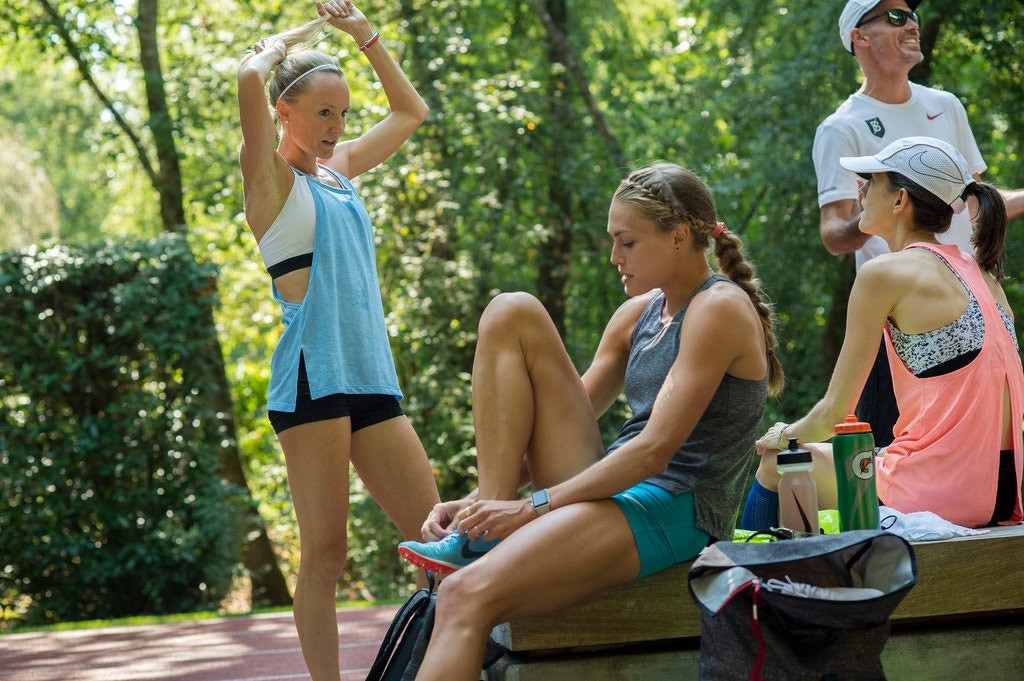
“My dream is to become a personal pacer,” she said in a phone interview last week, during which she discussed her decision to hang up her racing shoes, Nike’s connection to the latest performance-enhancing drug scandal and whether, as an analyst, she will criticize runners she is coaching.
So now you are becoming a coach officially. Is that a role you have been playing unofficially for a while?
"Prior to the last year I had always looked at myself as the elder on the team. A little motherly, maybe a bit bossy and mentoring to younger athletes. But ever since I finished my last race in New York a year ago I have known I wanted to coach, and I’ve been observing and watching more with a coaching eye than as a teammate. The last year has been a kind of informal internship," she said.
Why aren’t there more female coaches at the highest levels in track and field?
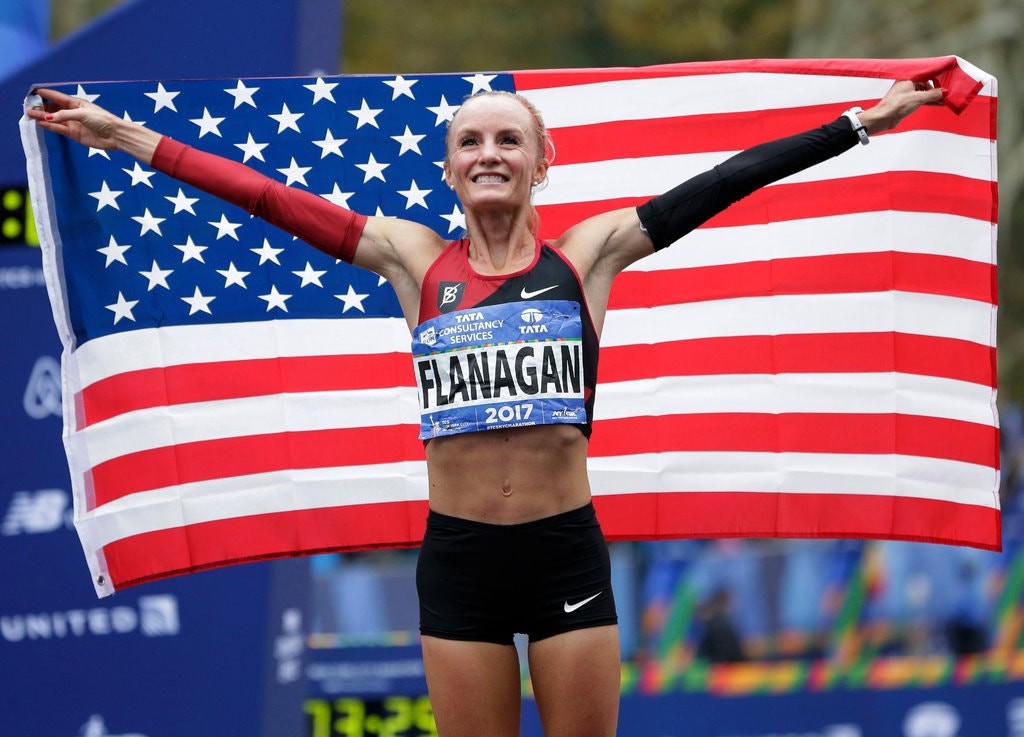
"I never thought of it as a gender position or role, but having in the last year been in an environment and the arena of the coaching world, it has opened my eyes. At the U.S. championships, there are very few women coaches in the warm-up area, or even agents. It definitely feels strange."
Your sponsor, Nike, which funds your training group, worked closely with Alberto Salazar, who has been suspended from the sport for actions he took as coach of the Nike Oregon Project. Has the company done enough to make you feel that other Nike athletes will not be tainted by all of this?
"They are currently looking at the situation. I am guessing that they are a bit shocked to some degree and they are going to evaluate how they format these teams in the future. It’s a big liability for them. It’s very complicated. I’m proud of the U.S. Anti-Doping Agency and the efforts they put forth and their commitment to clean sport."
Were you surprised by what you read in the reports about the Oregon Project, that Nike’s chief executive, Mark Parker (who has since left that post), was kept in the loop through emails about experiments with performance-enhancing drugs?
"We train on the Nike campus, but we very much stick to our neck of the woods. We kind of quarantine ourselves. Once Jerry Schumacher broke off with Alberto in 2009, we’ve been very separated. That said, I’m surprised but not surprised by the situation that unfolded. I trained with Kara Goucher sometimes and I was privy to what she was going through, so I am not completely ignorant on the subject. As for Mark Parker’s interactions, I was unaware of those. (Goucher was one of the main whistle-blowers in the USADA investigation.)"
Will you run with the women you are coaching?
"I would love to pace someone like Shelby Houlihan to a 5K record attempt, or really any of our athletes. Being able to do that for them, that’s my motivation."
Did you ever have a coach like that?
"Jerry used to be able to hop in during some sessions. It made it so much more fun. When I was preparing for Boston I would make multiple trips and train on the course for multiple days. Jerry would get on and do workouts with me. I loved so much to have my coach give his body to help me attain my goals.
So what does Jerry say about you commenting on television about runners in your training group?
"Jerry would prefer I not commentate when I have athletes in races. I’m not sure I will change his mind on that aspect."
by Matthew Futterman
Login to leave a comment
Shalane Flanagan has announced her retiring from professional running
With happy tears I announce today that I am retiring from professional running. From 2004 to 2019 I’ve given everything that’s within me to this sport and wow it’s been an incredible ride! I’ve broken bones, torn tendons, and lost too many toenails to count. I've experienced otherworldly highs and abysmal lows. I've loved (and learned from) it all.
Over the last 15 years I found out what I was capable of, and it was more than I ever dreamed possible. Now that all is said and done, I am most proud of the consistently high level of running I produced year after year. No matter what I accomplished the year before, it never got any easier. Each season, each race was hard, so hard. But this I know to be true: hard things are wonderful, beautiful, and give meaning to life. I’ve loved having an intense sense of purpose. For 15 years I've woken up every day knowing I was exactly where I needed to be.
The feeling of pressing the threshold of my mental and physical limits has been bliss. I've gone to bed with a giant tired smile on my face and woken up with the same smile. My obsession to put one foot in front of the other, as quickly as I can, has given me so much joy.

However, I have felt my North Star shifting, my passion and purpose is no longer about MY running; it's more and more about those around me. All I’ve ever known, in my approach to anything, is going ALL IN.
So I’m carrying this to coaching. I want to be consumed with serving others the way I have been consumed with being the best athlete I can be.
I am privileged to announce I am now a professional coach of the Nike Bowerman Track Club. This amazing opportunity in front of me, to give back to the sport, that gave me so much, is not lost on me. I’ve pinched myself numerous times to make sure this is real. I am well aware that retirement for professional athletes can be an extremely hard transition. I am lucky, as I know already, that coaching will bring me as much joy and heartache that my own running career gave me.
I believe we are meant to inspire one another, we are meant to learn from one another. Sharing everything I’ve learned about and from running is what I’m meant to do now.I would like to thank: The 5 coaches who guided me throughout my career, Michael Whittlesey and Dennis Craddock (2004-2005), John Cook (2006-2008), Jerry Schumacher (2009-2019), and Pascal Dobert (2009-2019). Each man was instrumental in developing me into the best version of myself.
Jerry, Pascal and I will continue to work together in this next chapter and I couldn’t be more grateful.
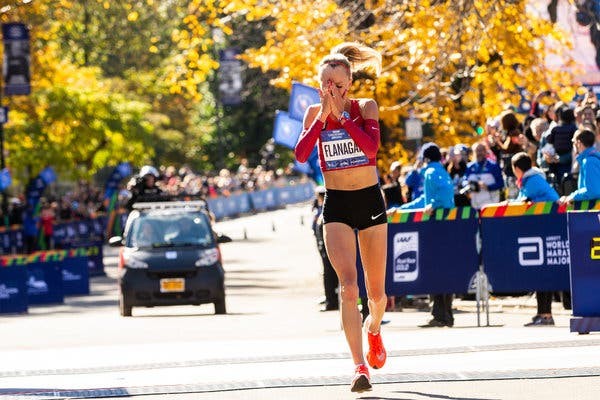
Jerry has been my life coach, running coach and now will mentor me towards my next goal of becoming a world-class coach myself. I’m thankful for his unending belief in me.
My family and husband who have traveled the world supporting my running and understanding the sacrifices I needed to make. Their unconditional love is what fueled my training.My longtime friend, Elyse Kopecky who taught me to love cooking and indulge in nourishing food. Run Fast. Eat Slow. has been a gift to my running and to the thousands of athletes.
My teammates, and all the women I've trained with, for pushing me daily, and the endless smiles and miles. They include: Erin Donahue, Shannon Rowbury, Kara Goucher, Lisa Uhl, Emily Infeld, Amy Cragg, Colleen Quigley, Courtney Frerichs, Shelby Houlihan, Betsy Saina, Marielle Hall, Gwen Jorgensen, Kate Grace.
My sponsor Nike for believing in me since 2004 and for continuing to support my new dream as a professional coach. I hope I made myself a better person by running. I hope I made those around me better. I hope I made my competition better. I hope I left the sport better because I was a part of it.
My personal motto through out my career has been to make decisions that leave me with “no regrets”.....but to be honest, I have one. I regret I can’t do it all over again.
by Shalane Flanagan
Login to leave a comment
TCS New York City Marathon
The first New York City Marathon, organized in 1970 by Fred Lebow and Vince Chiappetta, was held entirely in Central Park. Of 127 entrants, only 55 men finished; the sole female entrant dropped out due to illness. Winners were given inexpensive wristwatches and recycled baseball and bowling trophies. The entry fee was $1 and the total event budget...
more...Nikki Hiltz plans to race for the podium at Fifth Avenue Mile
Nikki Hiltz will compete against a stacked field that includes Olympic medalist Jenny Simpson at the New Balance 5th Avenue Mile on Sept. 8.
Simpson will race for her record-extending eighth title in the event, which stretches 20 blocks down Manhattan’s most famous thoroughfare and is expected to draw nearly 8,000 runners across 24 heats. NBC will broadcast the professional races live at 9 a.m. PDT.
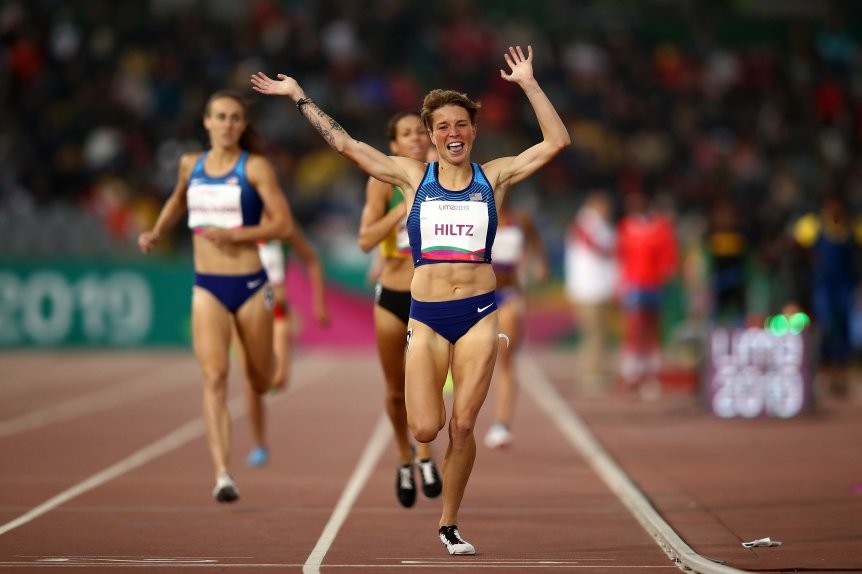
Hiltz, who recently won gold in the 1,500-meter race at the Pan American Games, has been America’s best road miler in 2019 with wins at the BAA Mile, adidas Boost Games Mile, and the USATF Road Mile Championships.
The race is expected to be her final tune-up before she competes in the 1,500 at the IAAF World Championships in Doha, Qatar, alongside Simpson and Shelby Houlihan.
Allie Ostrander, a three-time NCAA champion in the steeplechase who also qualified for her first World Championships this fall, will line up for her first road race as a pro athlete. Elinor Purrier, who also qualified for her first World Championships this year, in the 5 kilometers, will look to contend as well. Canadian Olympian Jessica O’Connell and 2019 10k national champion, Genevieve Lalonde, as well as Great Britain’s Jessica Judd, will lead the international contingent.
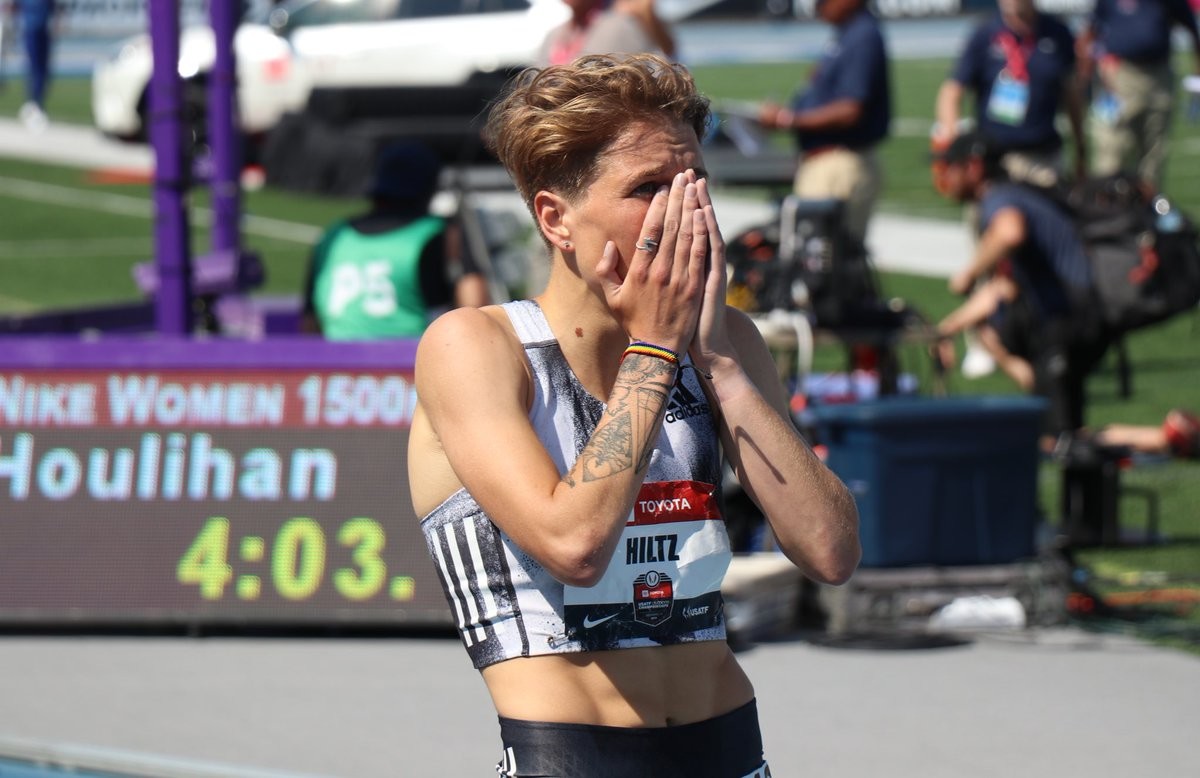
“Fast times don’t really give me confidence, but performances do,” she said. “I just want to race people. The Fifth Avenue Mile is an awesome race—I’m going to really go for it and it’ll be a really good springboard. It’s really what I need to be confident going into worlds.”
Login to leave a comment
New Balance 5th Avenue Mile
The New Balance 5th Avenue Mile opens a beautiful 20-block stretch of 5th Avenue to runners of all ages and abilities who want to run their best mile in New York City. Special races include a youth mile, the George Sheehan Memorial Mile for runners age 60 and over, the NYRR Road Mile Championships, and Olympic-caliber professional men's and women's...
more...Amy Cragg Puts Trust in Her Team, and now she’s back training for the 2019 Chicago Marathon after 18 months away from racing 26.2-miles
Cragg, 35, is a member of the Bowerman Track Club, based in Portland, Oregon, under the direction of coach Jerry Schumacher. And now she’s back training for the 2019 Chicago Marathon on October 13, after 18 months away from racing 26.2-miles. The last time was the 2018 Tokyo Marathon, where she placed third in 2:21:41, a personal best by more than five minutes, making her the fifth-fastest U.S. woman at the distance.
In the past year, the overriding goal, Cragg said, was doing whatever was best to ultimately make the 2020 Olympic team. The Olympic Trials are set for February 29 in Atlanta, where the top three finishers who have the Olympic qualifying standard will be named to the team. Cragg still needs to achieve the Olympic standard within the specified window—either by time (2:29:30) or by placing in the top 10 in Chicago. Those are her primary goals for the October race, but as her training tells her more about her fitness in the months ahead, she’ll likely target a few more ambitious secondary goals.
“In training and everything we’re going to protect that goal of the qualifying standard for the Olympics—that’s what we’re going there to do,” she said. “But at the same time if things go well, we’ll narrow the focus of what I want to achieve on race day.”
The Chicago Marathon may serve as a good preview for the February Trials, too. Jordan Hasay, the second-fastest U.S. woman in the marathon, is also planning to compete—her personal best of 2:20:57 was set at the 2017 Chicago Marathon, when she placed third. Hasay has indicated she’d like to set the American record in October, currently held by Deena Kastor in 2:19:36.
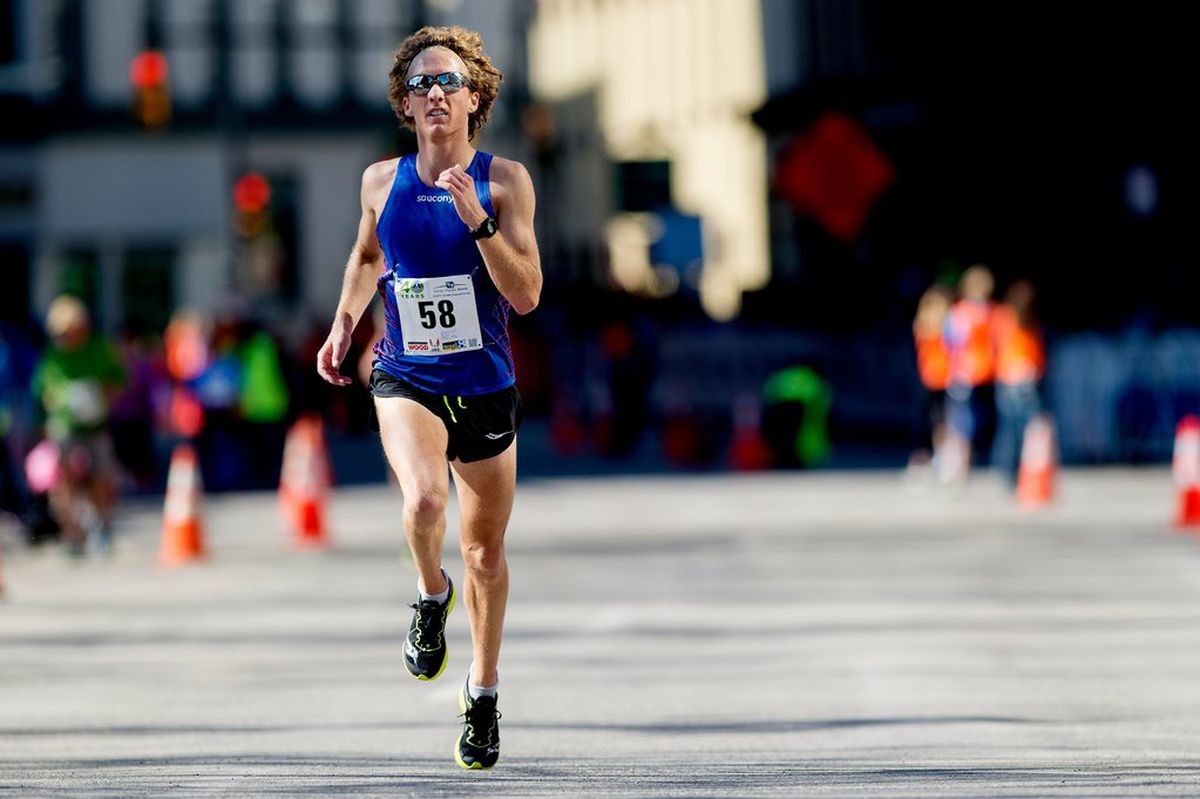
Although she was upset to not compete last year, not all was lost for Cragg after she withdrew from the marathon. She started focusing on shorter distances and was thrown into workouts with her teammates, all of whom are Olympians specializing in middle-distance events—and are rather good at them, too. Like Shelby Houlihan, American record holder in the 5,000 meters (14:34.45) and Colleen Quigley, national indoor mile champion.
“It was really hard. It’s a different stimulus than I’m used to,” Cragg said. “They’re the best in the world at what they do. There were a lot of tough moments, putting my head down and hanging on in practice.”
As a result, though, Cragg took third in the national road 5K championships in November and fifth at the U.S. cross-country championships in January. And she believes the focus on quicker cadence will help her in the marathon, too.
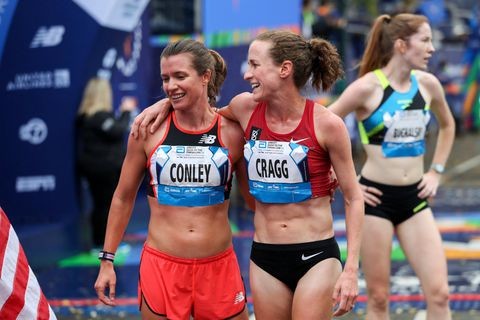
“It’s so important to go back to that faster stuff because your legs can almost go kind of dead after all that marathon training—if you’re just running 130 or 140 miles a week, day-in and day-out, all of a sudden those regular runs just naturally start slowing down,” she said. “You need to throw in that extra speed to keep the quality high. There will be five-minute miles thrown into a marathon—it’s not the speed that kills you, it’s the faster turnover.”
The Bowerman women’s group has plenty of members to keep things moving. In the past year, the group has added to its roster, including Karissa Schweizer, a six-time NCAA champion from the University of Missouri; Vanessa Fraser, a nine-time All American at Stanford University; and Elise Cranny, an 12-time All American at Stanford.
by Erin Strout
Login to leave a comment
Bank of America Chicago
Running the Bank of America Chicago Marathon is the pinnacle of achievement for elite athletes and everyday runners alike. On race day, runners from all 50 states and more than 100 countries will set out to accomplish a personal dream by reaching the finish line in Grant Park. The Bank of America Chicago Marathon is known for its flat and...
more...America’s Amy Cragg is set to race the Prague Half on Saturday
Success for reigning USA Olympic Trials Marathon champion Amy Cragg did not come easily or quickly. Indeed, the 35 year-old Nike Bowerman Track Club athlete nearly quit the sport before her true talent really showed through, eventually carrying her to Olympic Trials wins in both 2012 (at 10,000m) and 2016 (marathon), four USA titles, and a 2:21:42 marathon personal best. It’s been a long, and sometimes bumpy, road.
“Definitely, I’ve made some mistakes along the way,” Cragg told Race Results Weekly in a telephone interview from Prague where she’ll be running the Sportisimo Prague International Half-Marathon on Saturday. “I’ve learned from them and that’s kind of led me to here. So, every once in a while I’ve looked back and I’m, like, I should have done this differently or this differently. But, the reality is that I might not have ended up here. I think I’m in a really good place.”
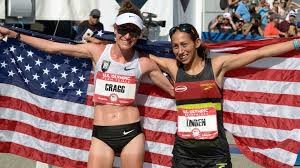
Working with coaches Jerry Schumacher and Pascal Dobert and Bowerman teammate Shalane Flanagan since the end of 2015, Cragg has blossomed into one of America’s best at 26.2 miles. After winning the February, 2016, Marathon Trials on a brutally hot day in Los Angeles, she went on to finish ninth in the Olympic Games Marathon in Rio.
She backed up that performance a year later with a thrilling, late-race charge at the 2017 IAAF World Championships marathon in London, taking the bronze medal (the first medal for a USA woman at those championships in the marathon since 1983), and only missing the silver by a fraction of a second.
She recovered from her London race well, then ran the Tokyo Marathon in February, 2018, finishing third in an excellent 2:21:42. That performance made her the fifth-fastest American of all time behind only Deena Kastor, Jordan Hasay, Flanagan and Joan Samuelson.
"I love where I’m at,” Cragg continued. “I love my team and my coach. Just living in Oregon, that’s been incredible. I think overall, those rough moments, those times when I considered stopping have made me a stronger athlete. I’m glad I went through that. It’s hard to say that. Those times, I think I really learned a lot from them.”
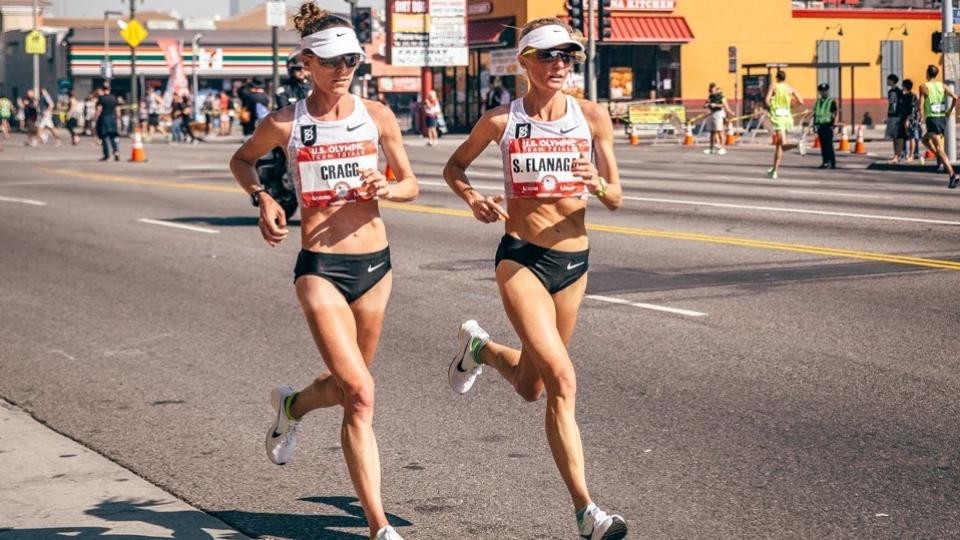
Cragg is at an unusual juncture in her career. She hasn’t run a marathon in over a year. She built-up for Chicago last October, but ended up withdrawing from the race after she and her coaches felt that her training hadn’t brought her to the fitness she would need to run her best. They had intense discussions, she said, about what to do next.
“When I pulled out of Chicago last year the big talk was, OK, what do we really want to get out of the next two years?” Cragg said. “I’ll probably be in the sport two years and reassess. The big thing is making another Olympic team and trying to perform well in Tokyo. Everything we do from here on out, that’s the goal to make that team and we’ve been working back from there.”
Cragg decided not to do a spring marathon this year. Instead, she worked with her Bowerman teammates Shelby Houlihan, Marielle Hall, Courtney Frerichs, and Karissa Schweizer to get ready for the USATF Cross Country Championships last February where she finished fifth in her first national cross country championships in nine years.
A month later she ran the special Road to Gold test event in Atlanta where she was able to run on the 2020 Olympic Trials course. Uncontested, she covered the 8-mile route in 43:23 and won by a minute. She told Race Results Weekly that the Atlanta race was essentially the kick-off of her Trials training.
“I felt pretty good,” Cragg said. “I think I’m in a good position and I’m pretty excited to get into the bigger miles. For me, that makes a huge difference. I feel ready to start that, which is exciting for me.”
Saturday’s race in Prague is the next logical step on Cragg’s long journey to Atlanta next February for the marathon trials and Tokyo for the Olympics next August. On Prague’s flat, record-eligible course Cragg wants to race hard with the goal of improving herself as a marathoner.
by David Monti
Login to leave a comment
Prague Half Marathon
Start the RunCzech season with one of the biggest running events in the Central Europe! Every year the Sportisimo Prague Half Marathon excites spectators with performances of elite athletes breaking records. Enjoy a course with incomparable scenery in the heart of historic Prague that follows along the Vltava river and crisscrosses five beautiful bridges. Take in majestic views of the...
more...Colleen Quigley scores her first USATF track title, beating teammate Shelby Houlihan in the indoor mile
Colleen Quigley scored her first US track title in the mile final at the USATF Indoor Championships in Staten Island, N.Y. yesterday, beating her teammate, the seemingly unstoppable Shelby Houlihan, in 4:29.27, pumping her fist as she crossed the finish line.
With 500m to go, Quigley passed Houlihan and held on the for win, running the final lap in 29s. Houlihan ran 4:29.92 for second place, with Cory McGee finishing third in 4:30.14.
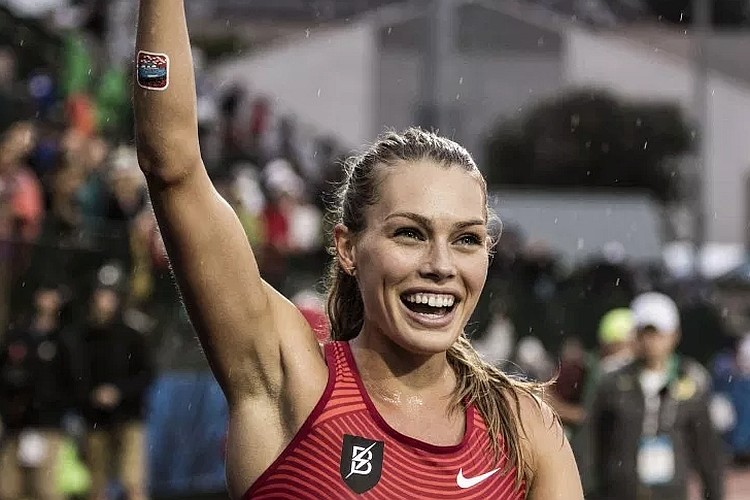
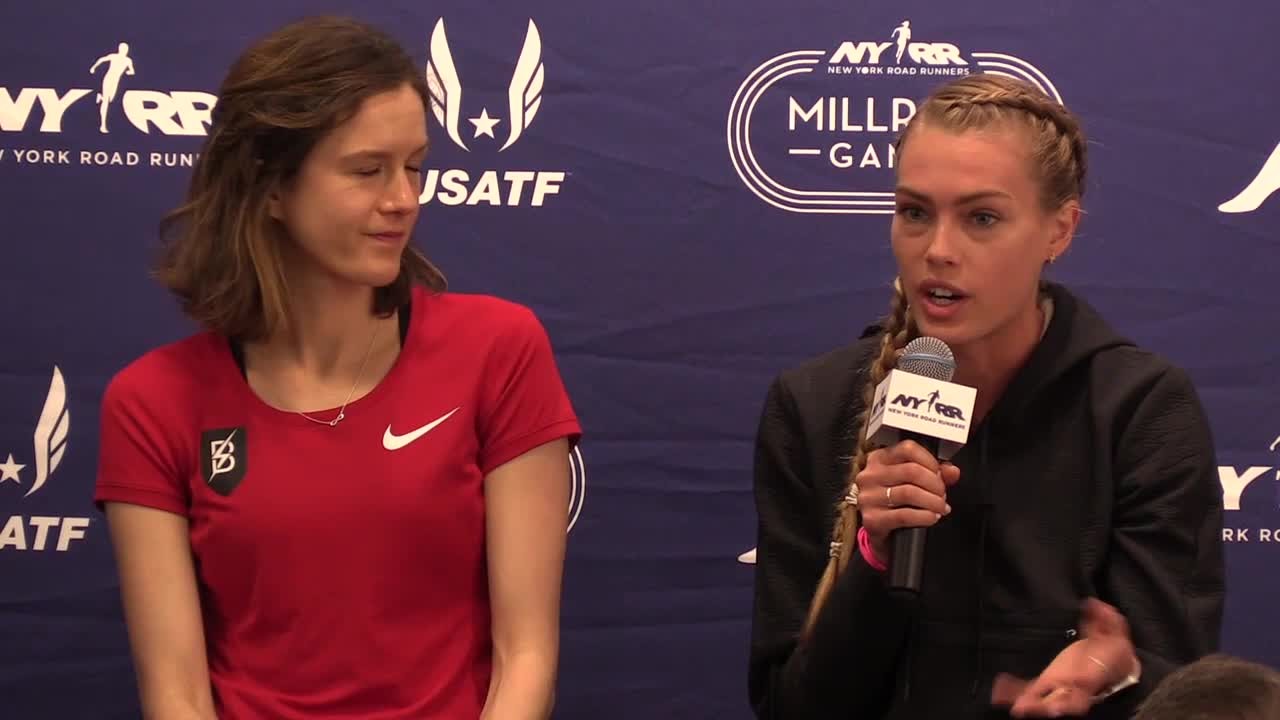
Making her move early was key, as Quigley told LetsRun post-race. “My tactic was basically, don’t leave it til the last 100, because you don’t stand a chance. You’ve got to get her before that… I was hoping to put distance on her before she got to start kicking.”
Quigley finished second to Houlihan at this meet in both 2018 and 2017, so it was a sweet victory for the St. Louis, Missouri middle-distance runner (who is particularly adept at the steeplechase) on Saturday. Quigley ran a new personal best in 4:22.86 at the Millrose Games on February 9, and was obviously determined to beat Houlihan, who has won eight straight national titles from 1,500m up to 10K cross-country, and who holds the American record in the 5,000m.
Login to leave a comment
USATF Championships
For three days, the nation's greatest athletes will be racing, jumping and throwing to see who will be America's national champion! Don't miss your chance to see dozens Olympic and World Championship medalists compete for national titles at this once-a-year event! Based in Indianapolis, USA Track & Field (USATF) is the National Governing Body for track & field, long-distance running...
more...Shelby Houlihan won the USATF Cross-Country Championships and is becoming one of the most dominant American runners
Shelby Houlihan won the USATF Cross-Country Championships on Saturday, beating one of the deepest fields in recent history. Houlihan bested American half-marathon record-holder Molly Huddle, American steeplechase record-holder Courtney Frerichs and 2016 NCAA XC champion Karissa Schweizer. Saturday was the longest race of the 5,000m record-holder’s life so far, and her first cross-country race since 2014. Even more impressive, Houlihan closed in a 3:02 kilometer.
The Bowerman Track Club runner or Shelbo800 as she’s known on Instagram, is a name you should remember. This 800m runner turned distance phenom has won the USATF 1,500m, 5,000m and 10K cross-country races–and done that in the space of less than one year. She also set a new American 5,000m record this past summer at Heusden.
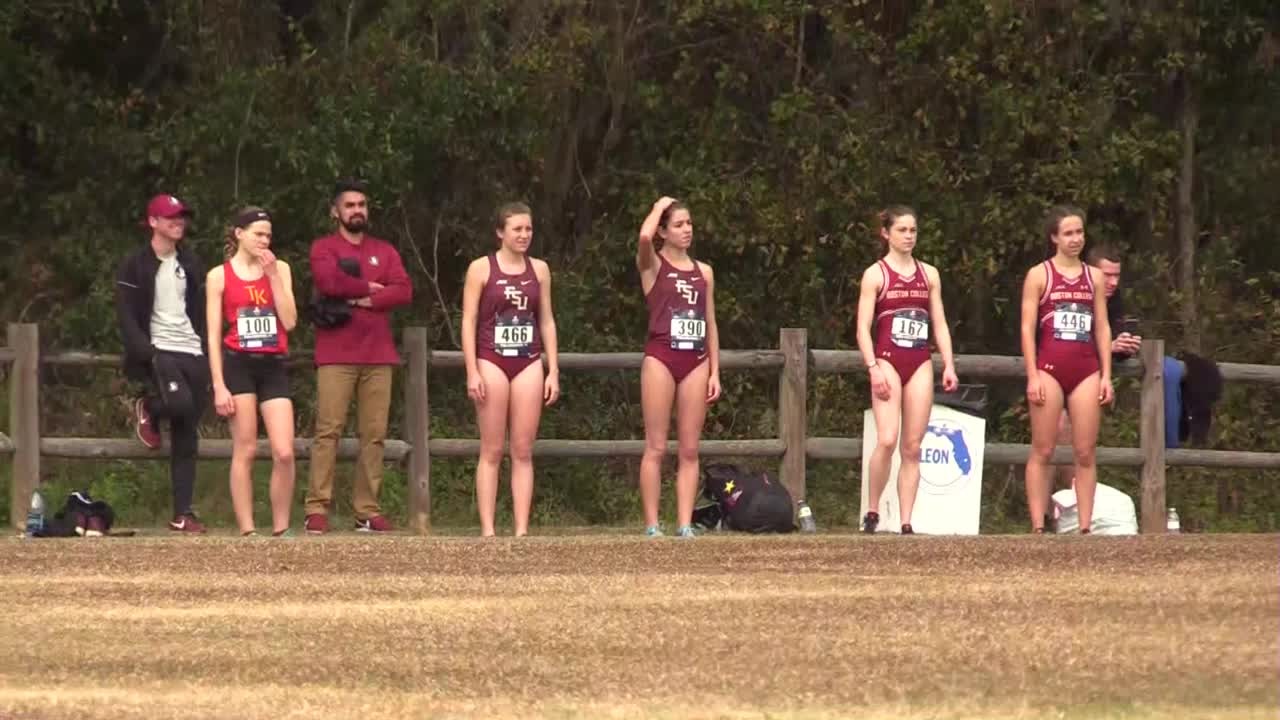
The runner’s Instagram handle has also become a bit of a joke in the running community. Houlihan was an 800m runner in college at Arizona State University, with a personal best of 2:01.12 from 2014. What was once a time she was very proud of has now become one of her weaker personal bests. She’s now run a shocking 3:57.34 for the 1,500m and 14:34.45 in the 5,000m.
Second place on Saturday went to Huddle, who’s preparing for the London marathon this April and third place went to Marielle Hall.
Login to leave a comment
Shelby Houlihan runs a big PR to break the American 5000m record, clocking 13:34
Login to leave a comment
Shelby Houlihan surges past three contenders to win the 1500m while Semenya placed sixth
Login to leave a comment


